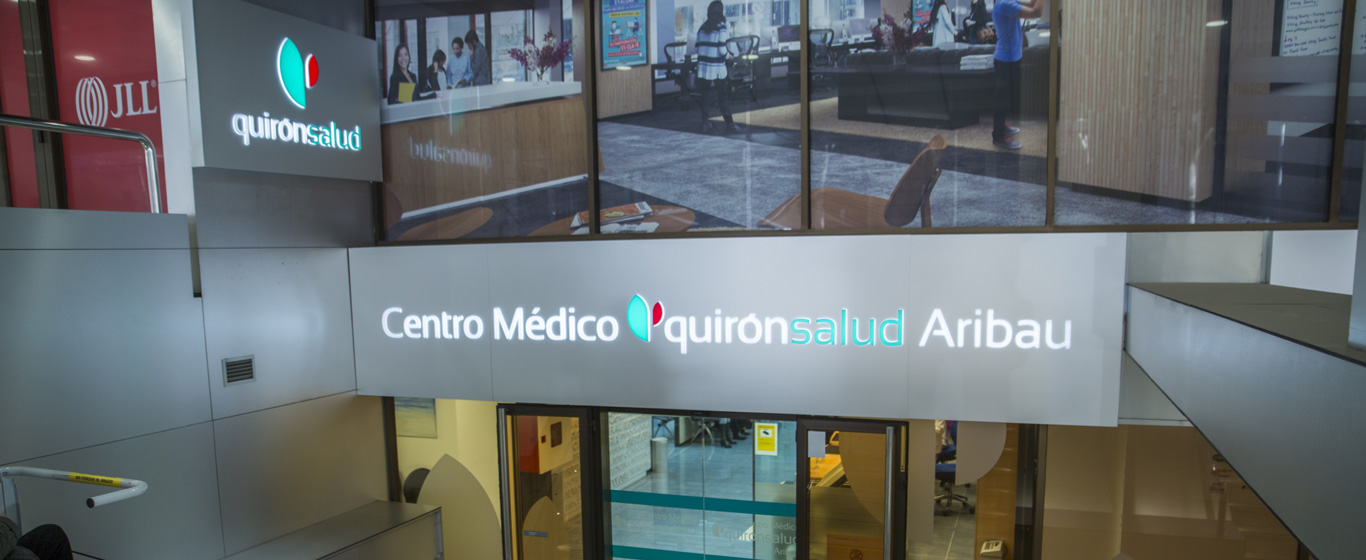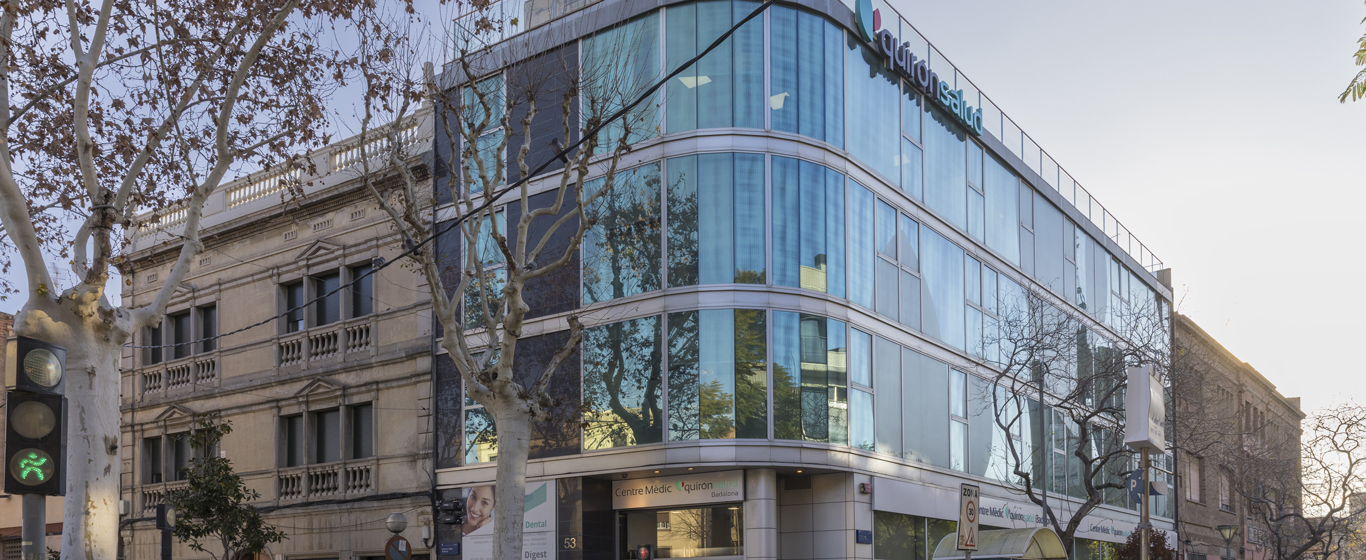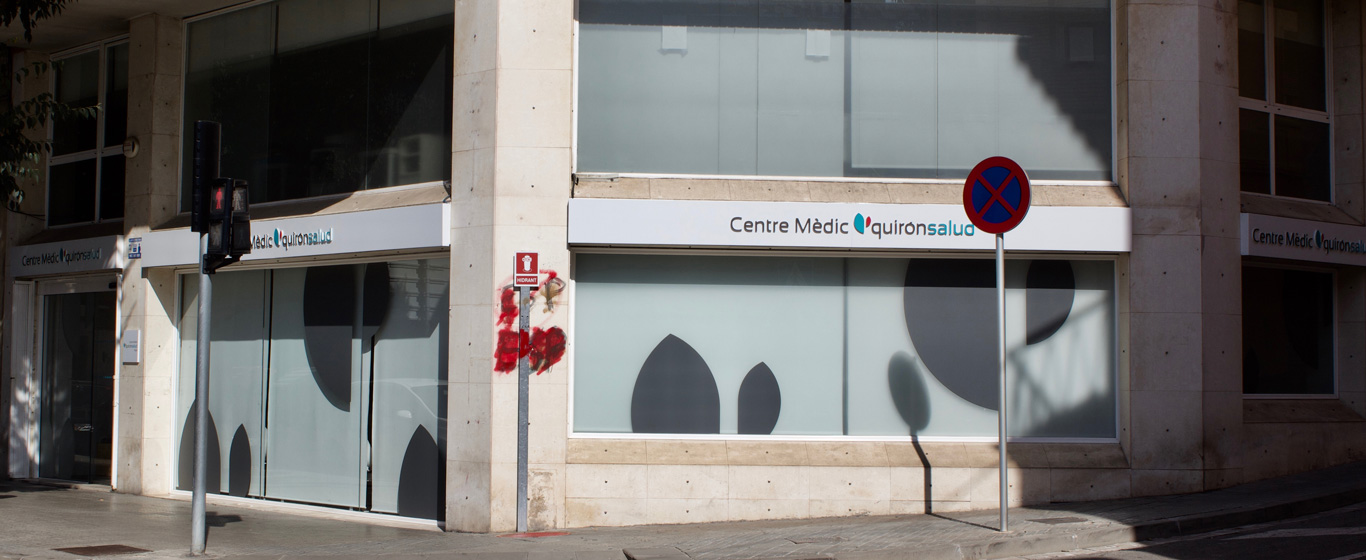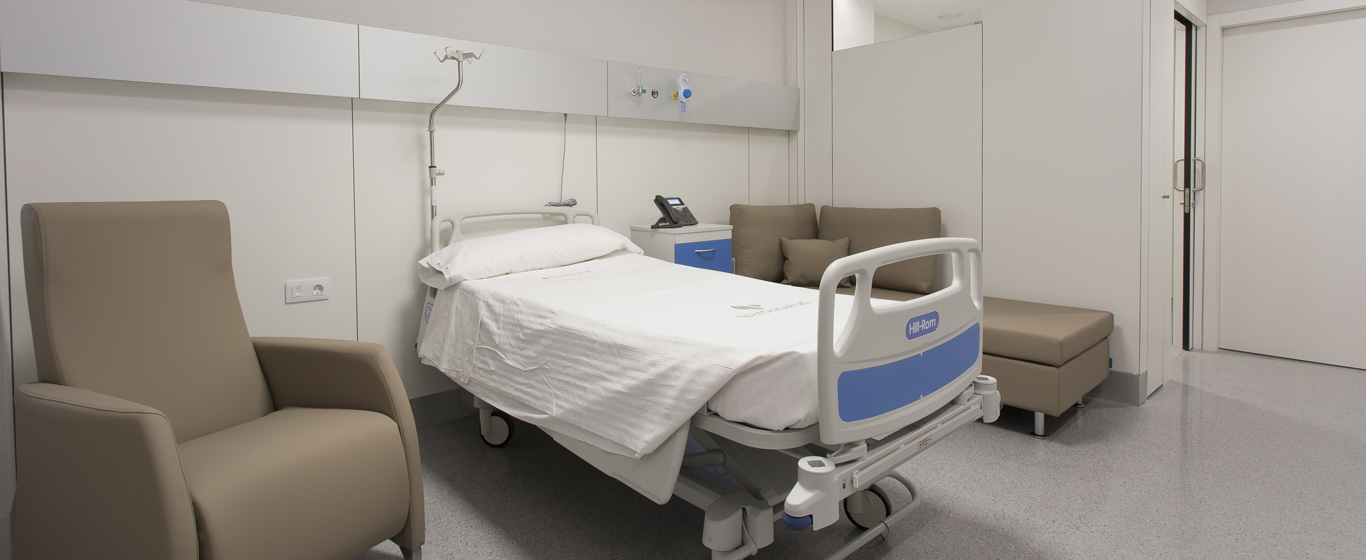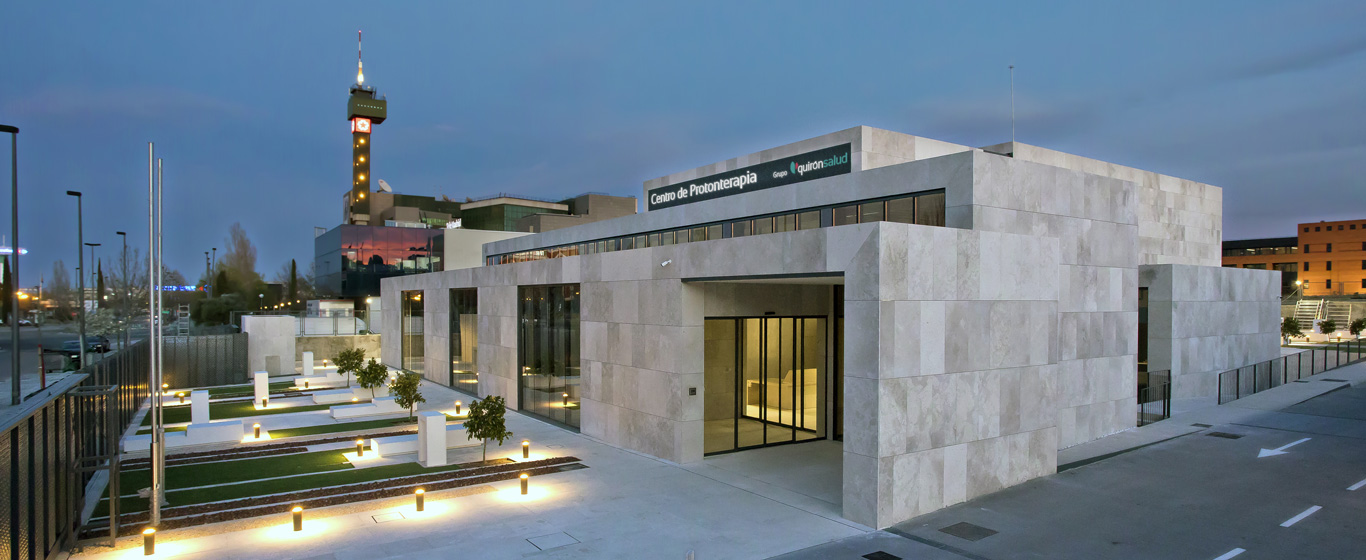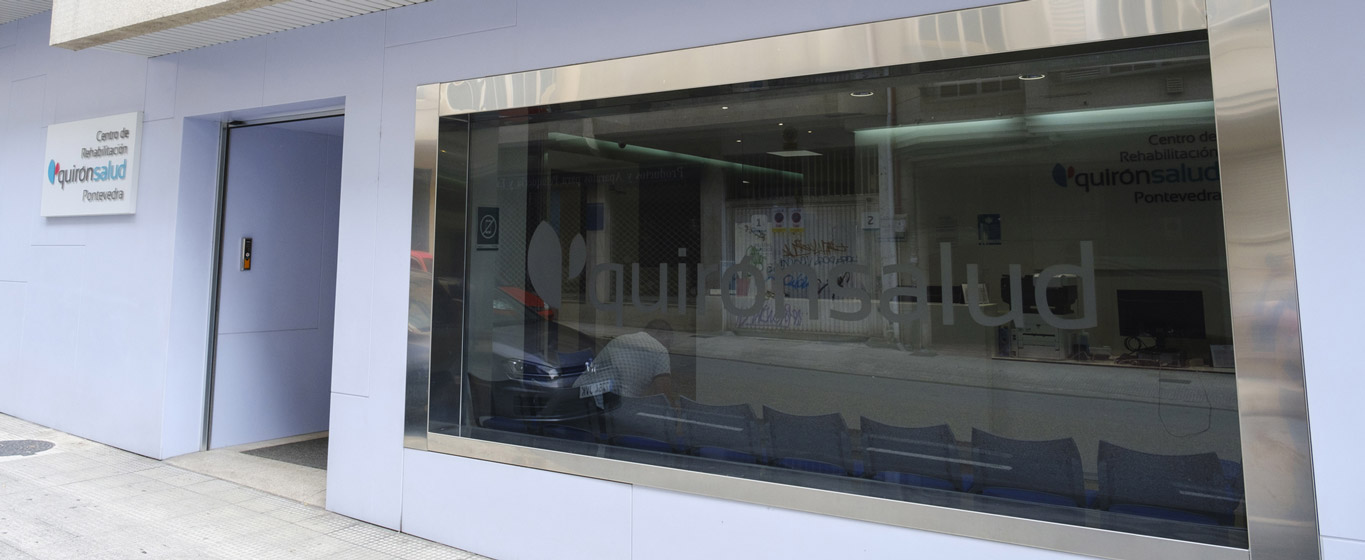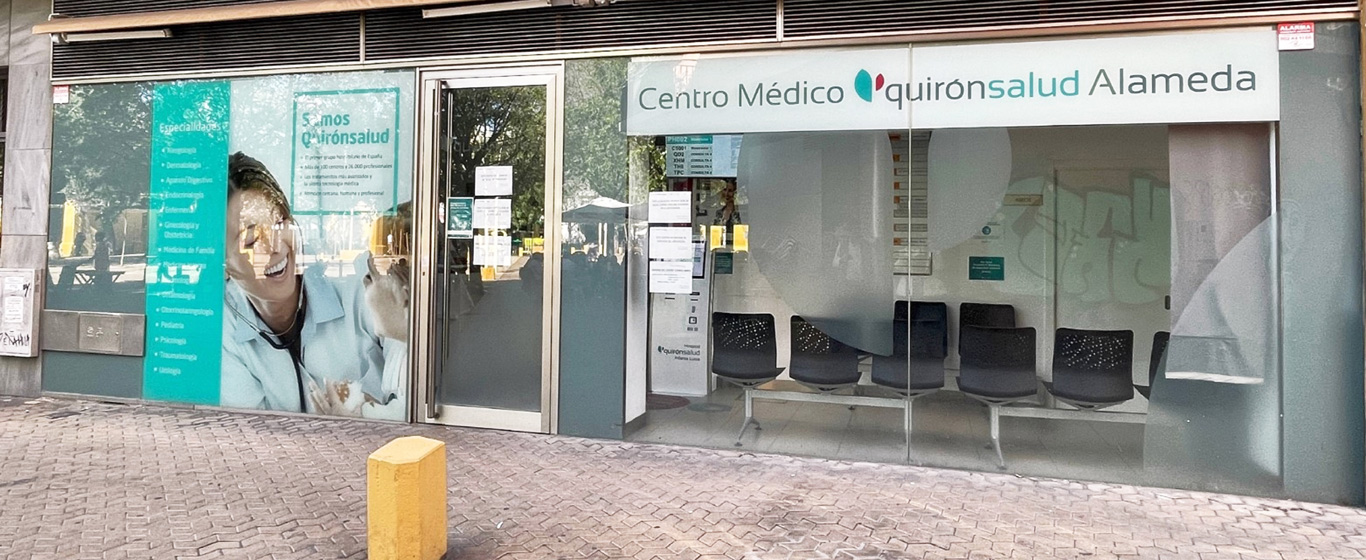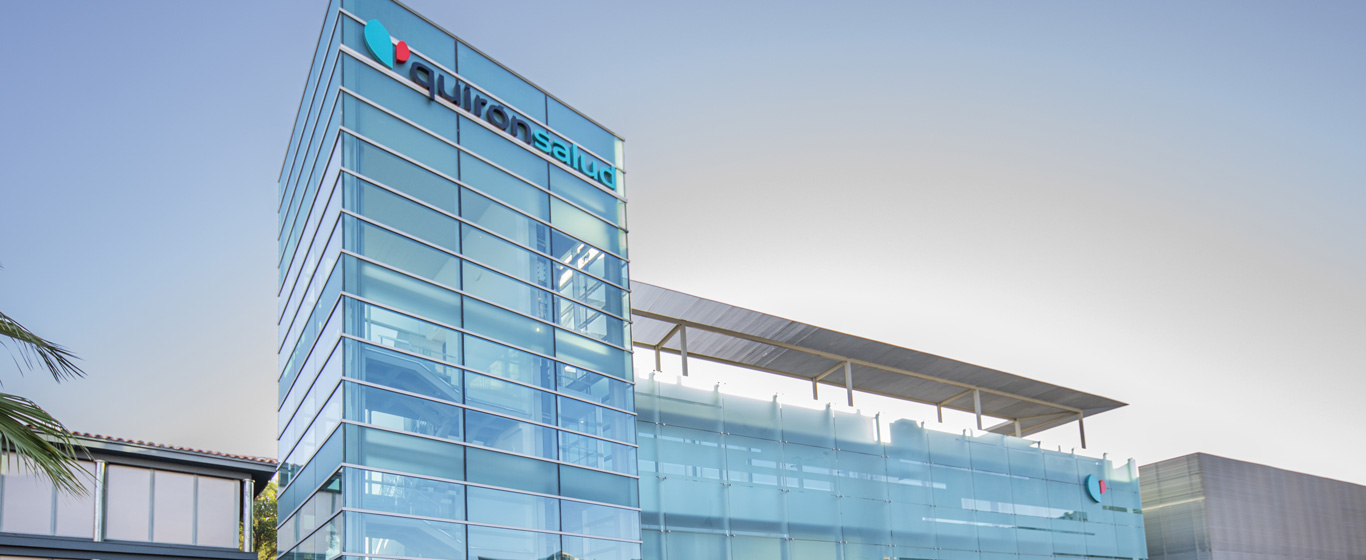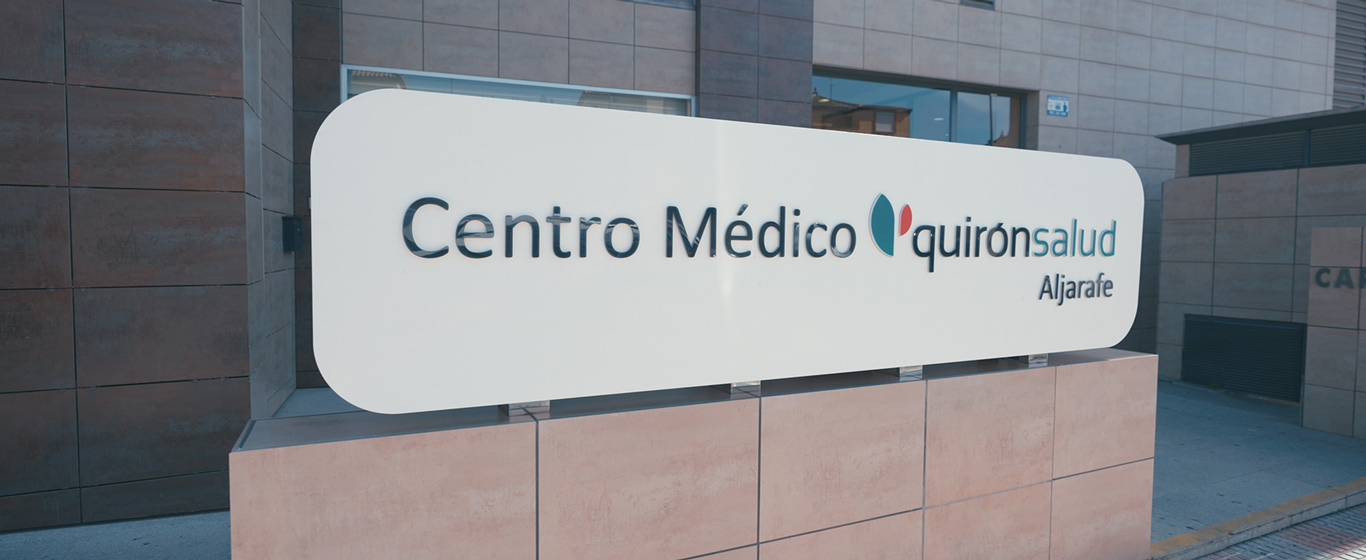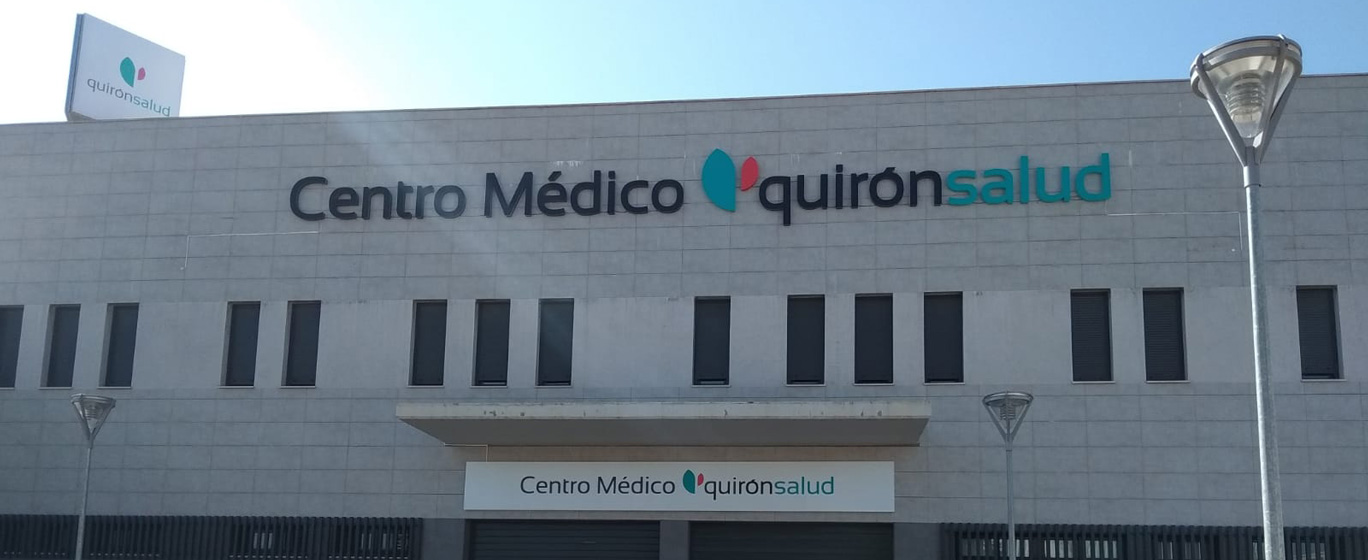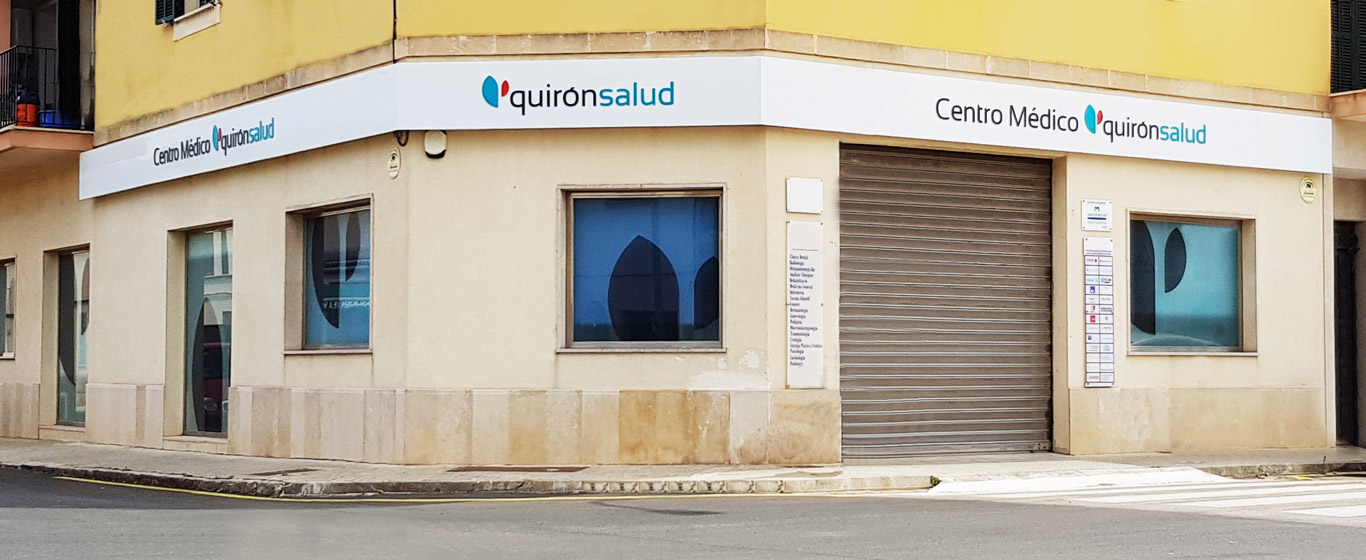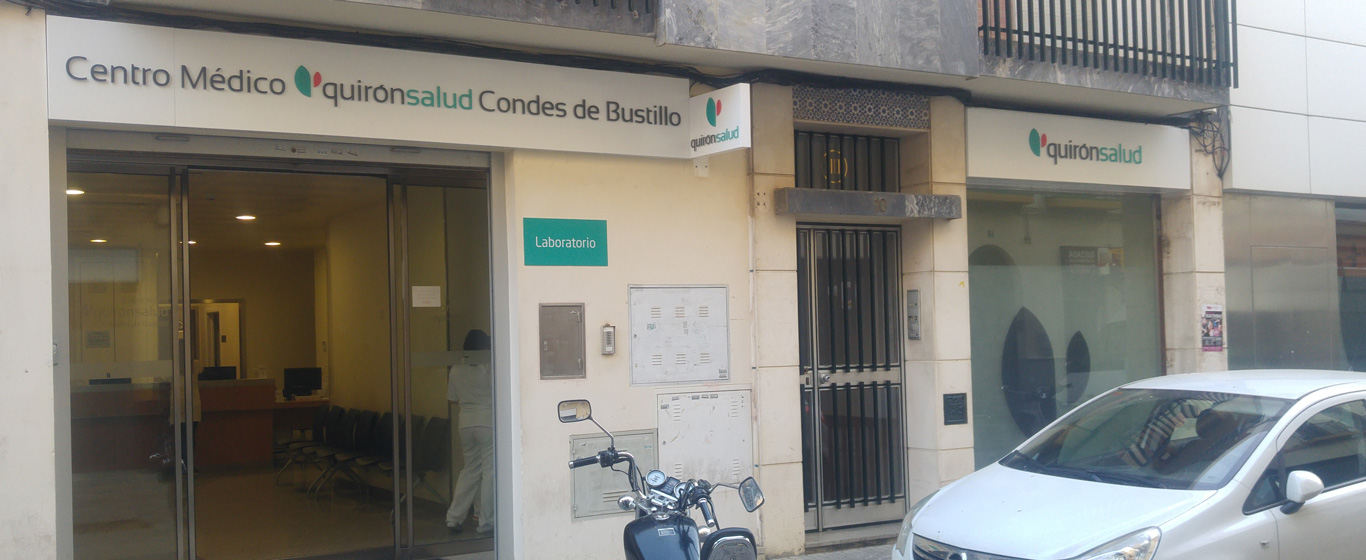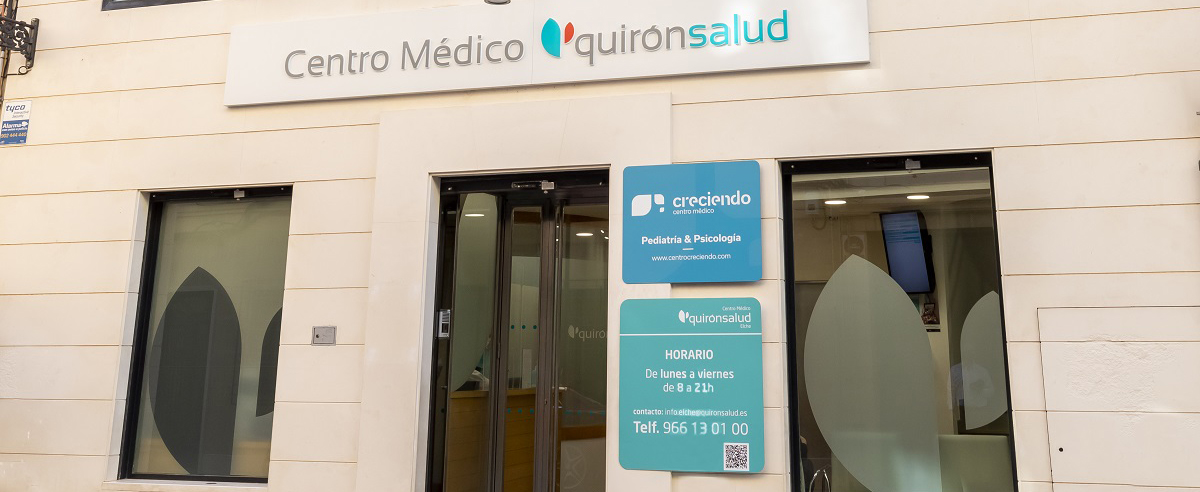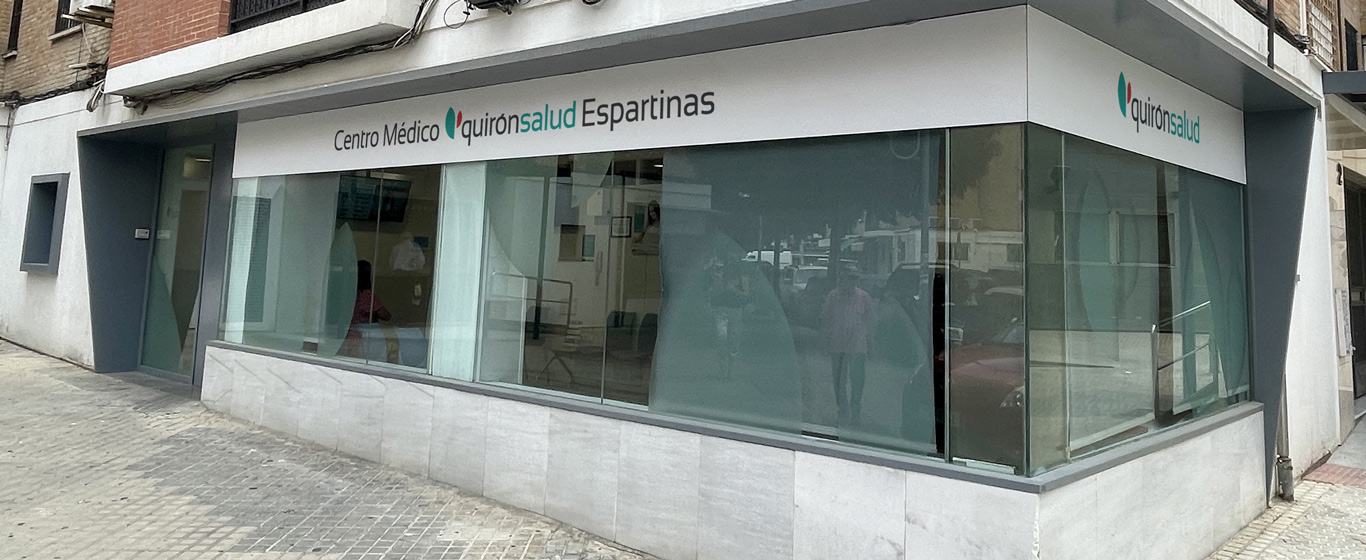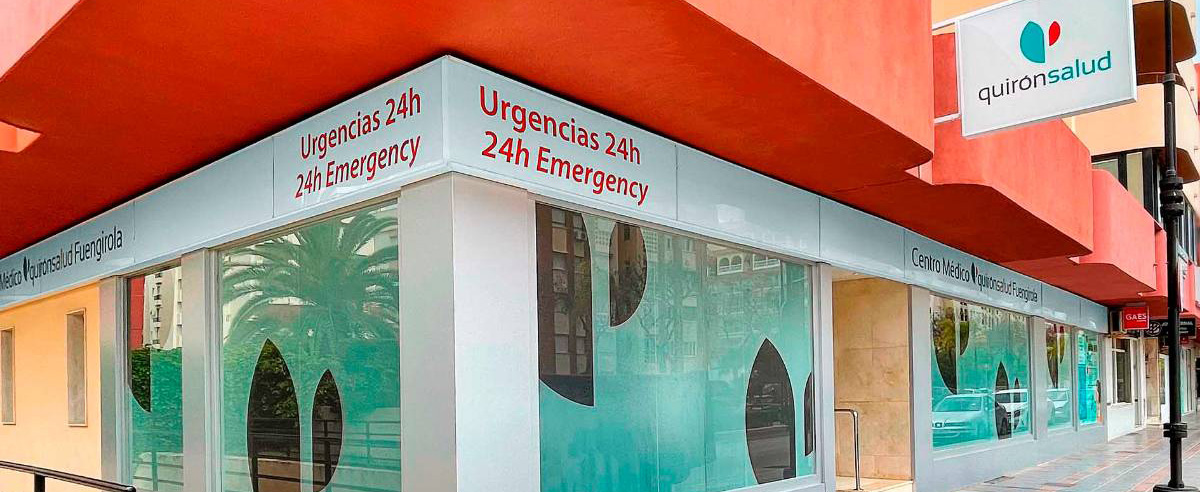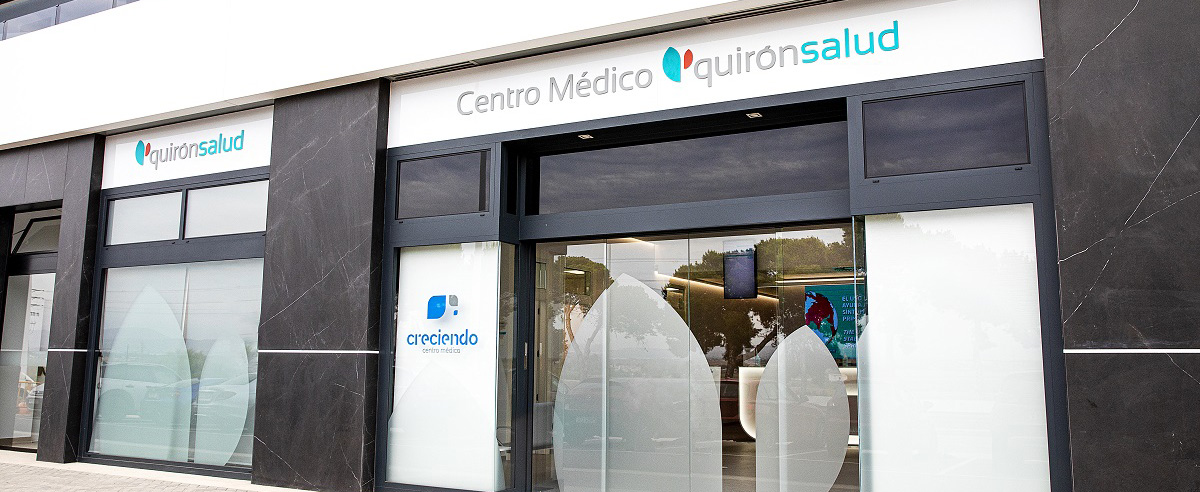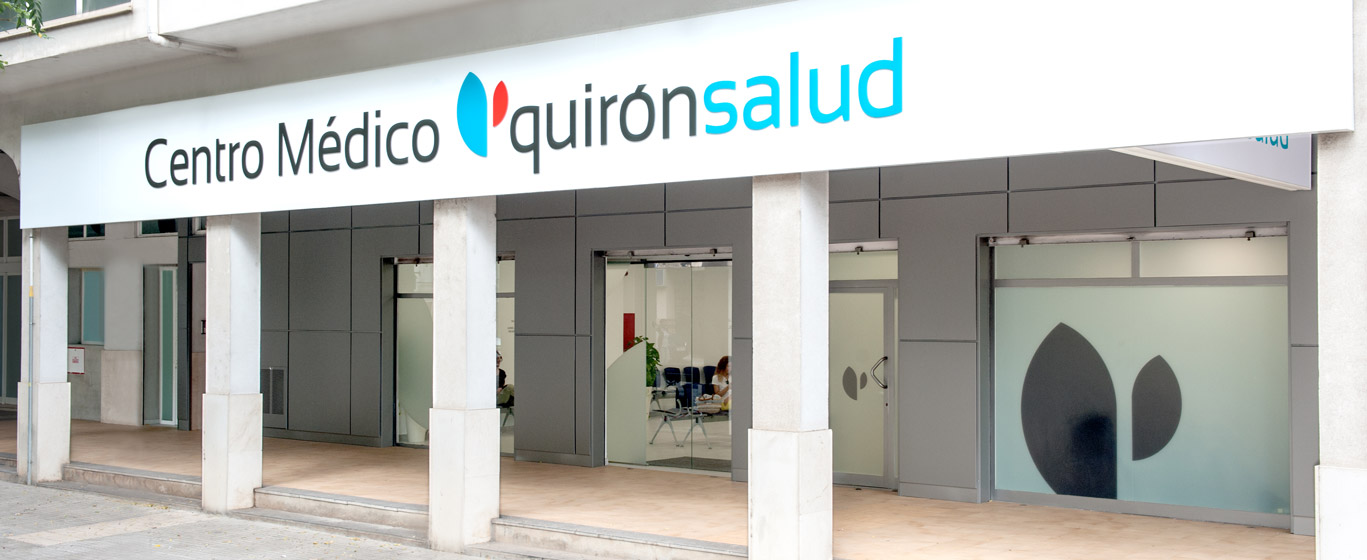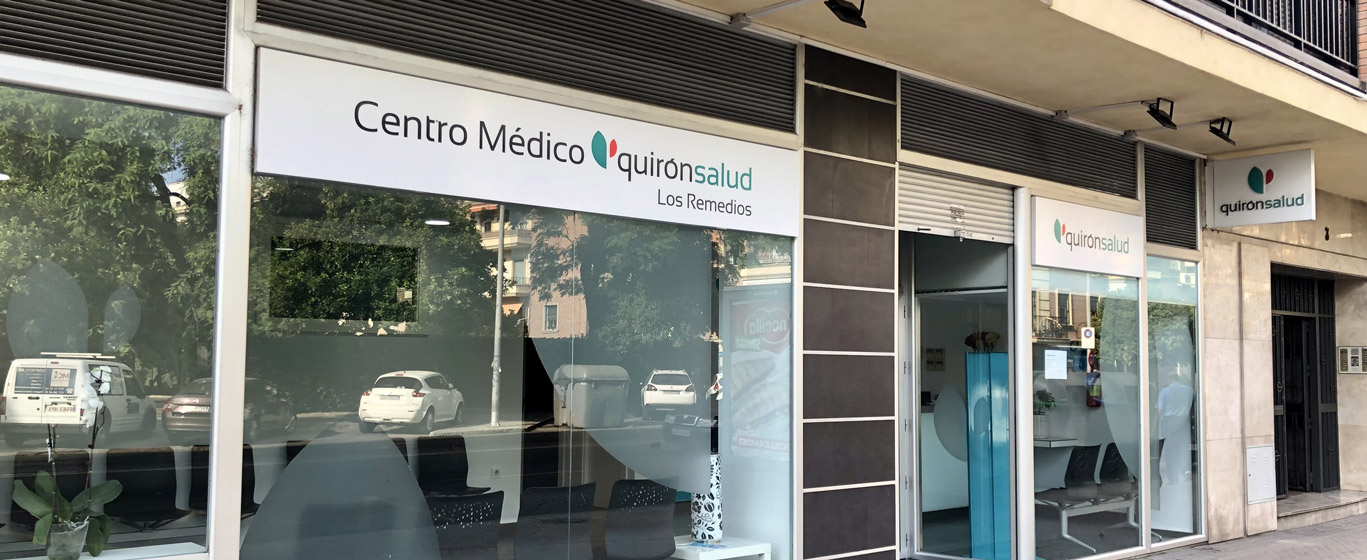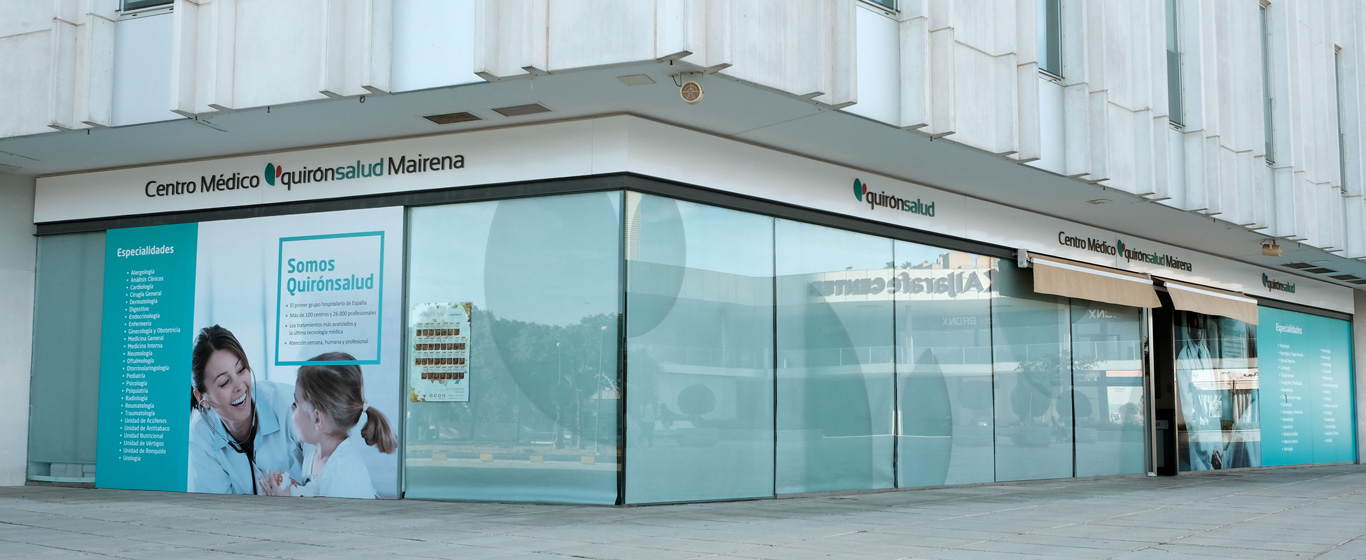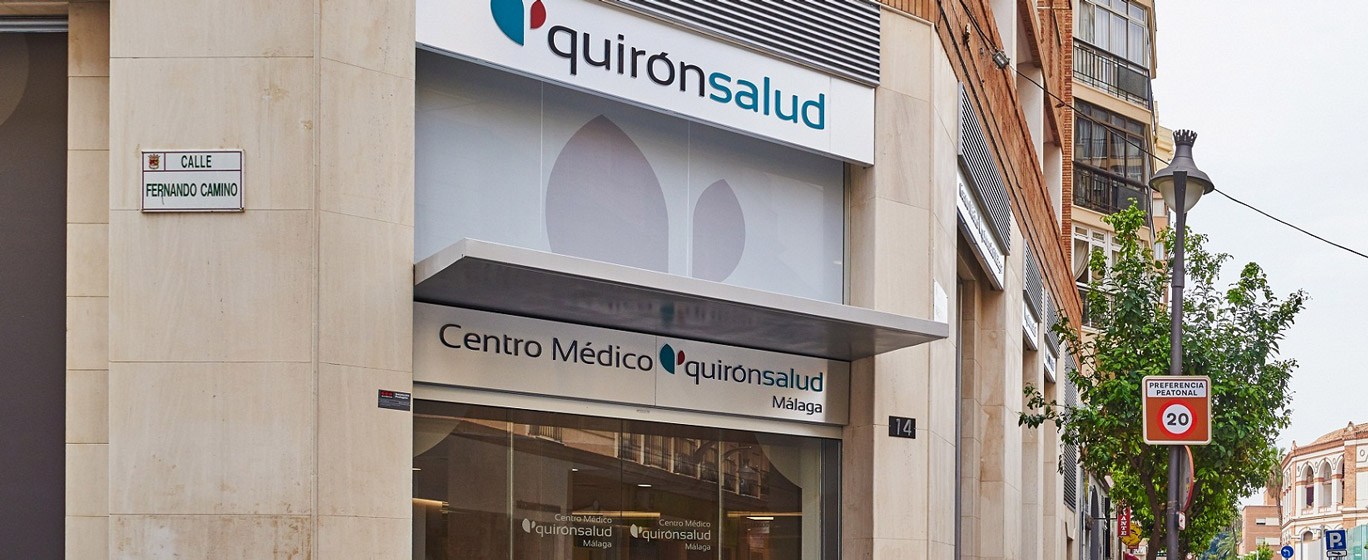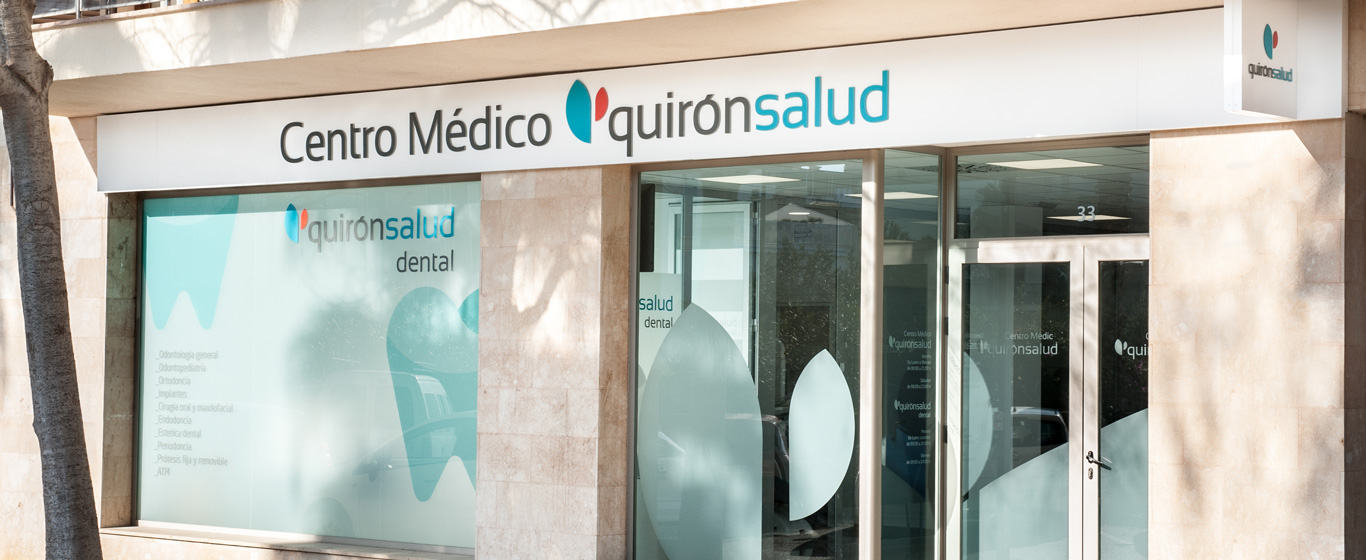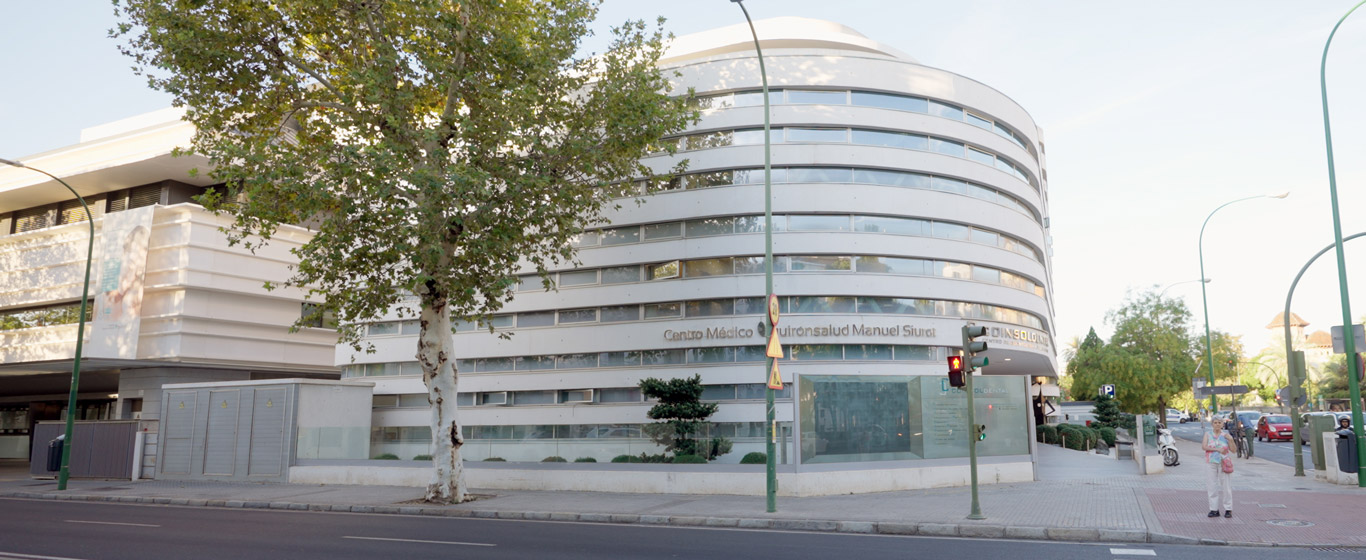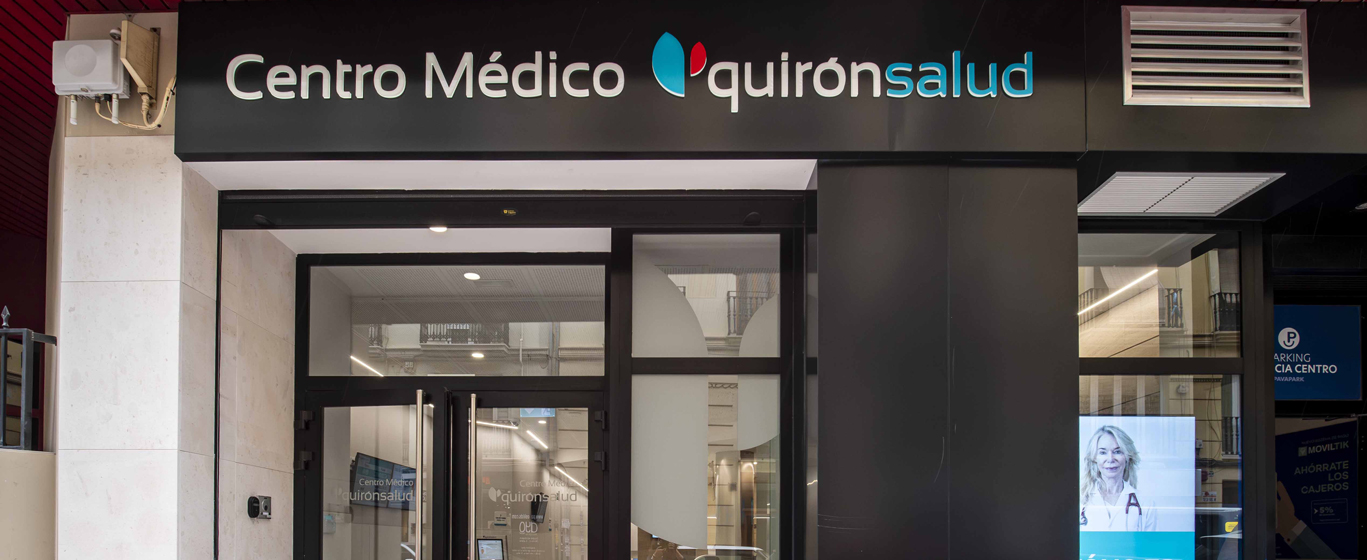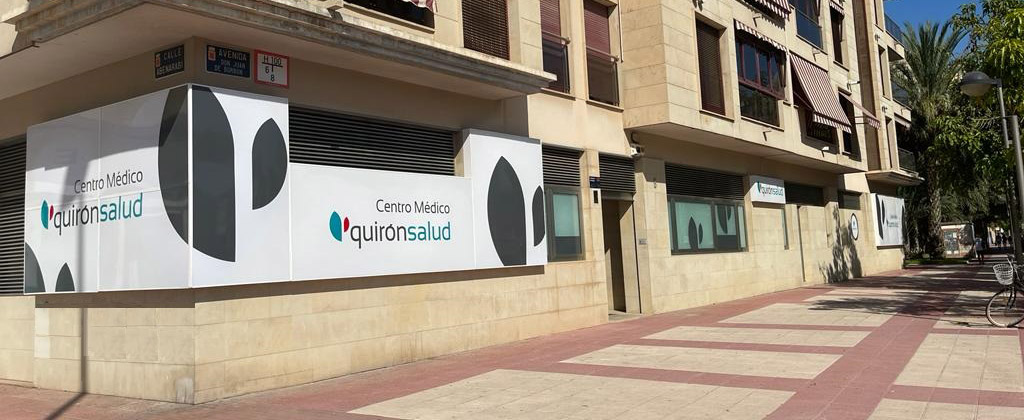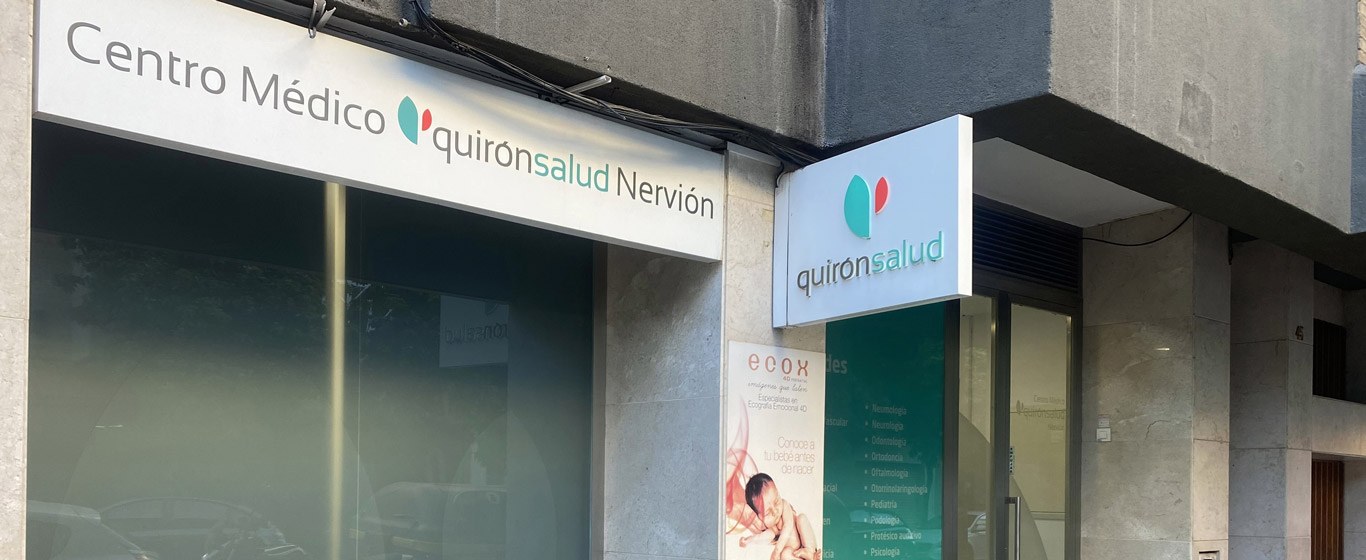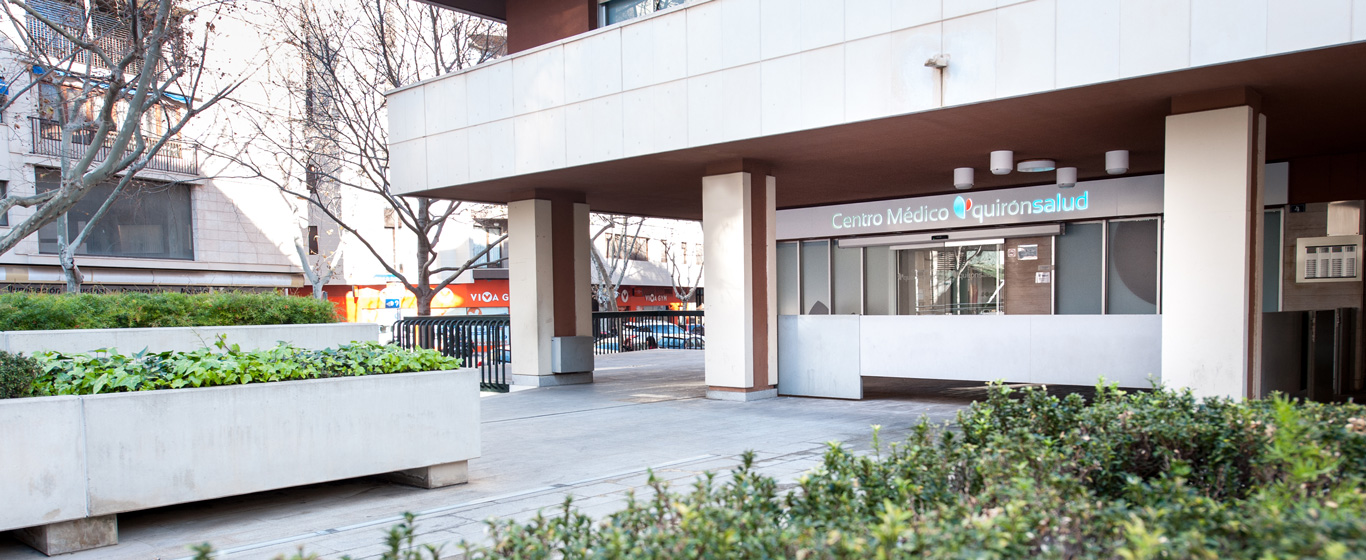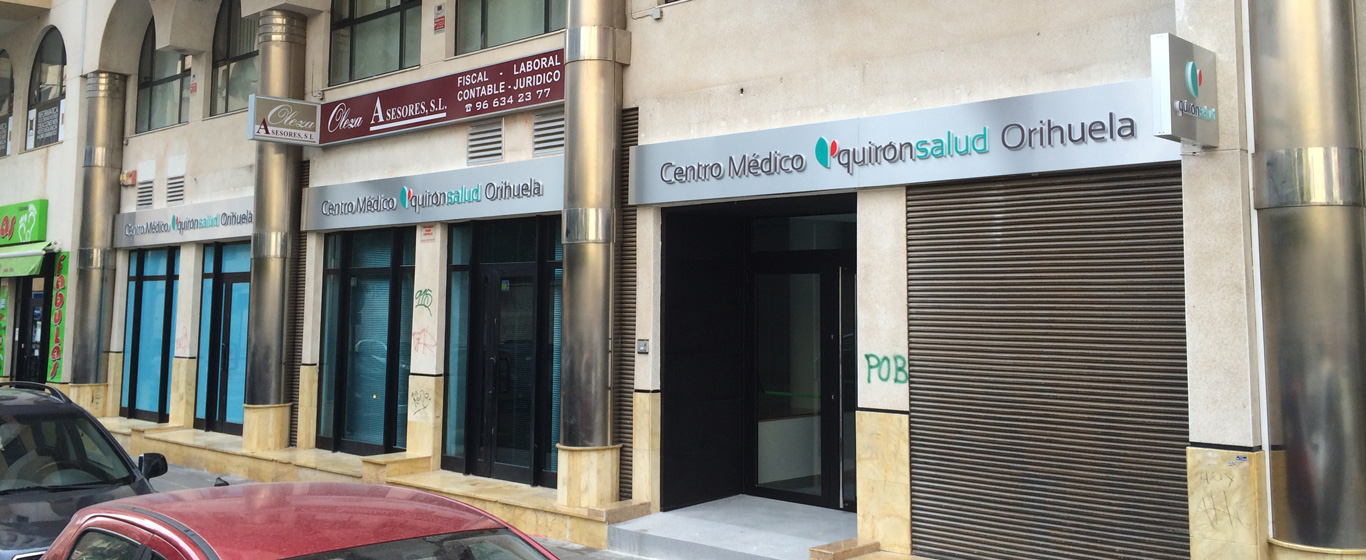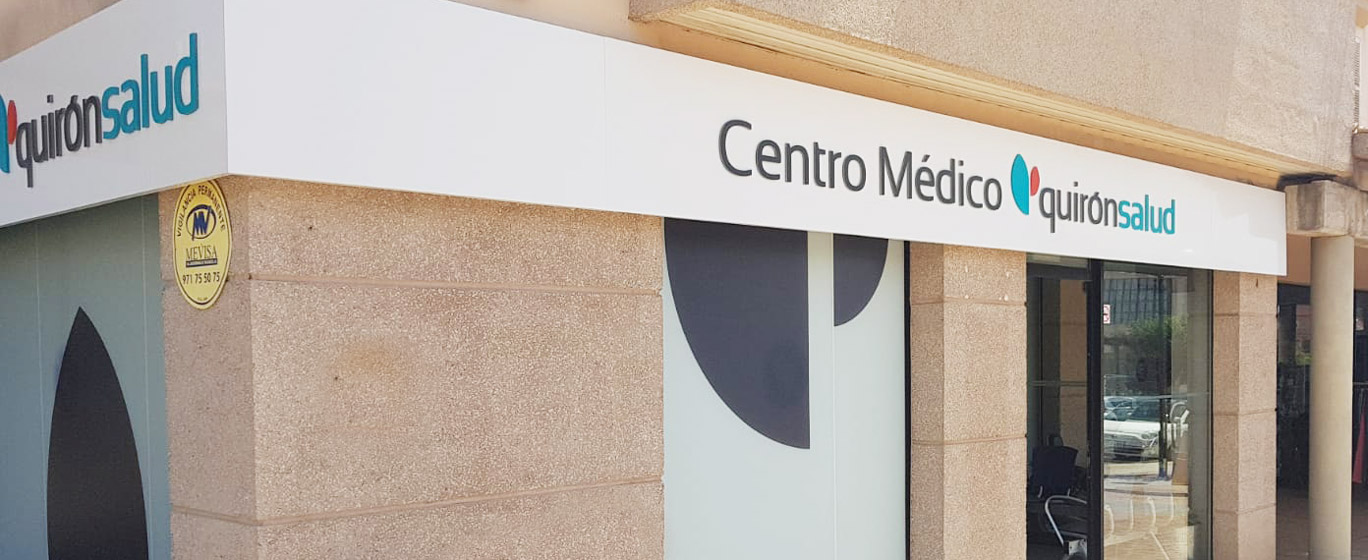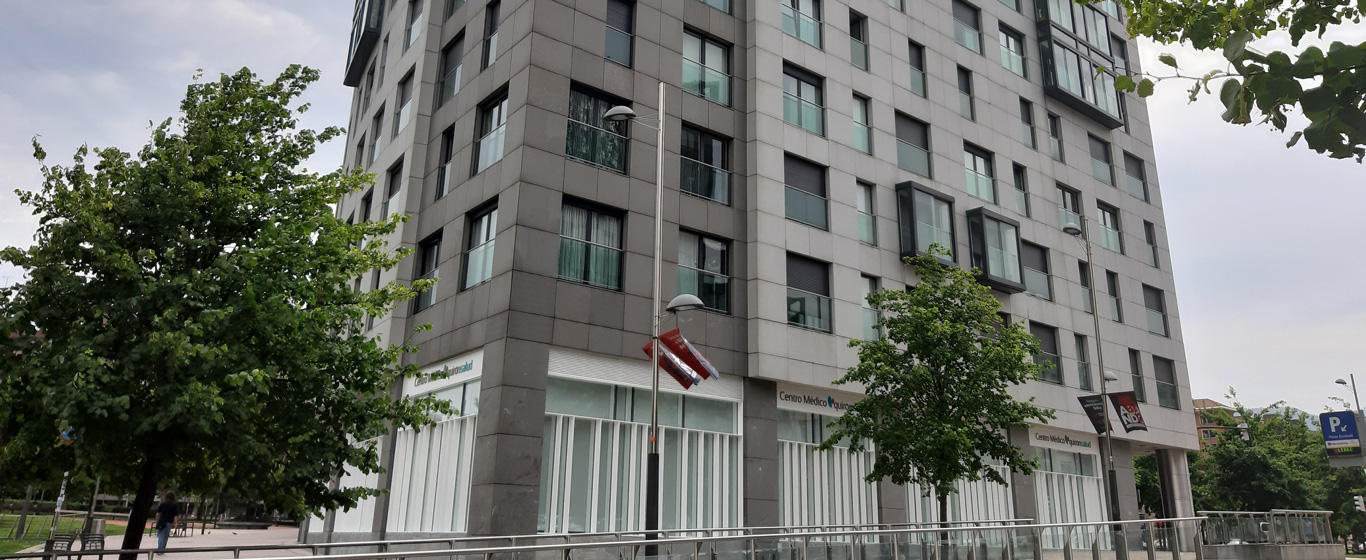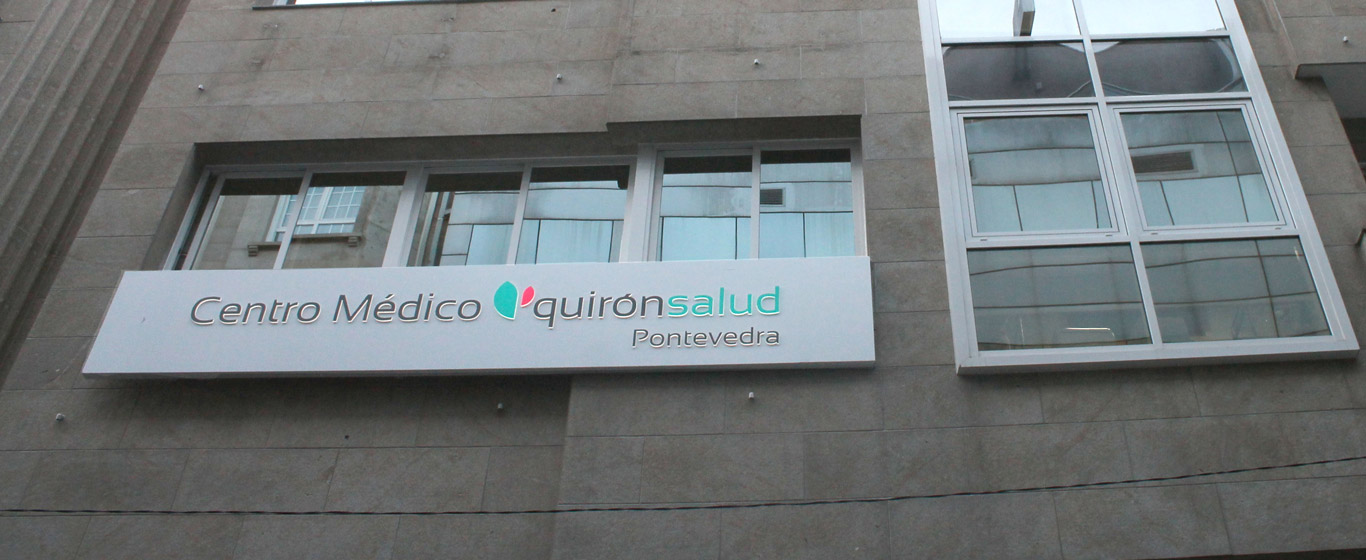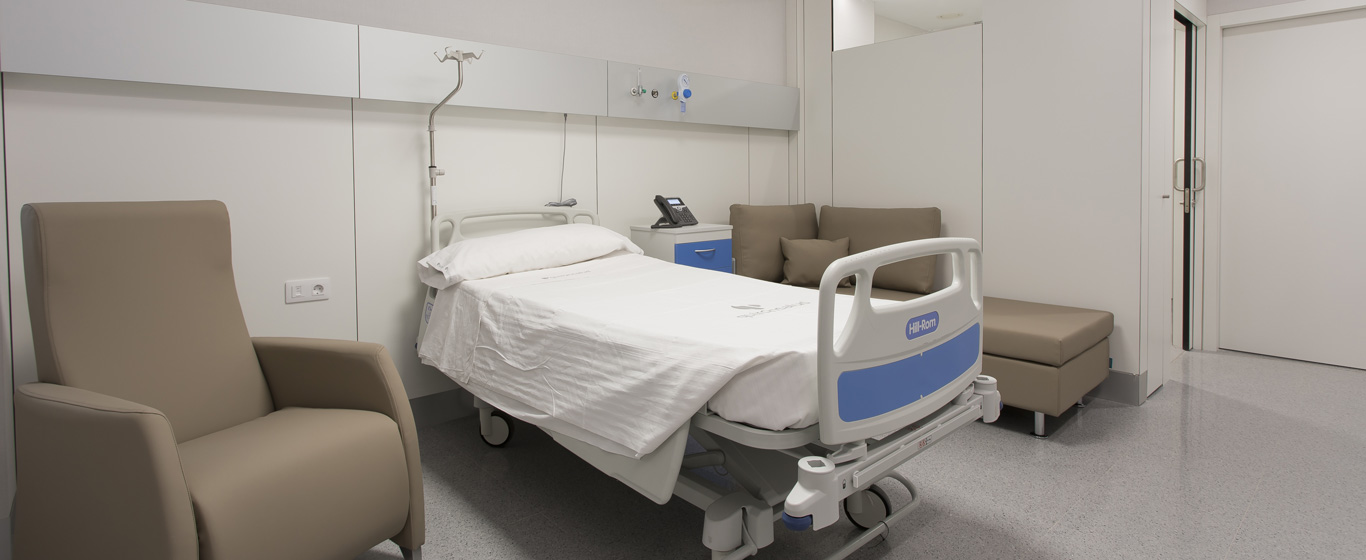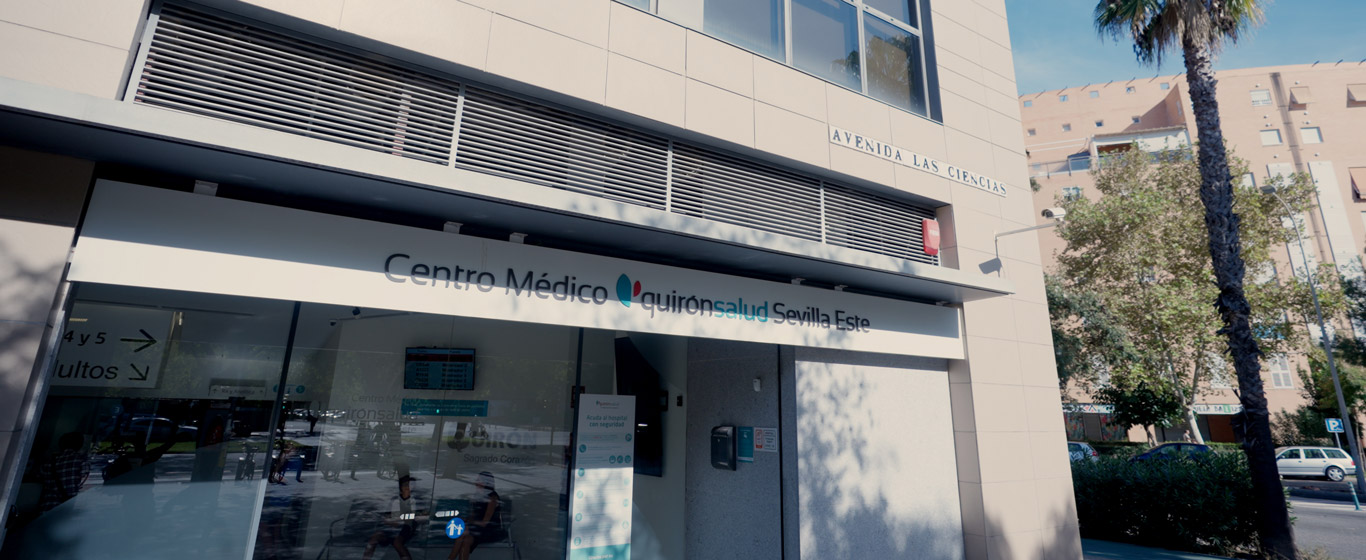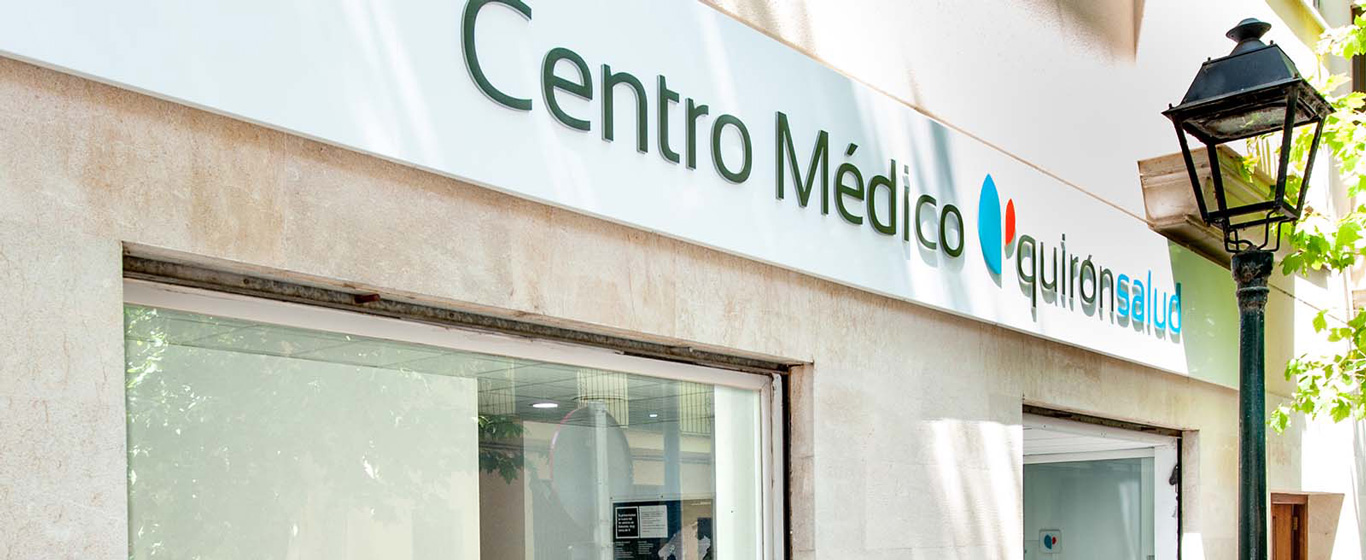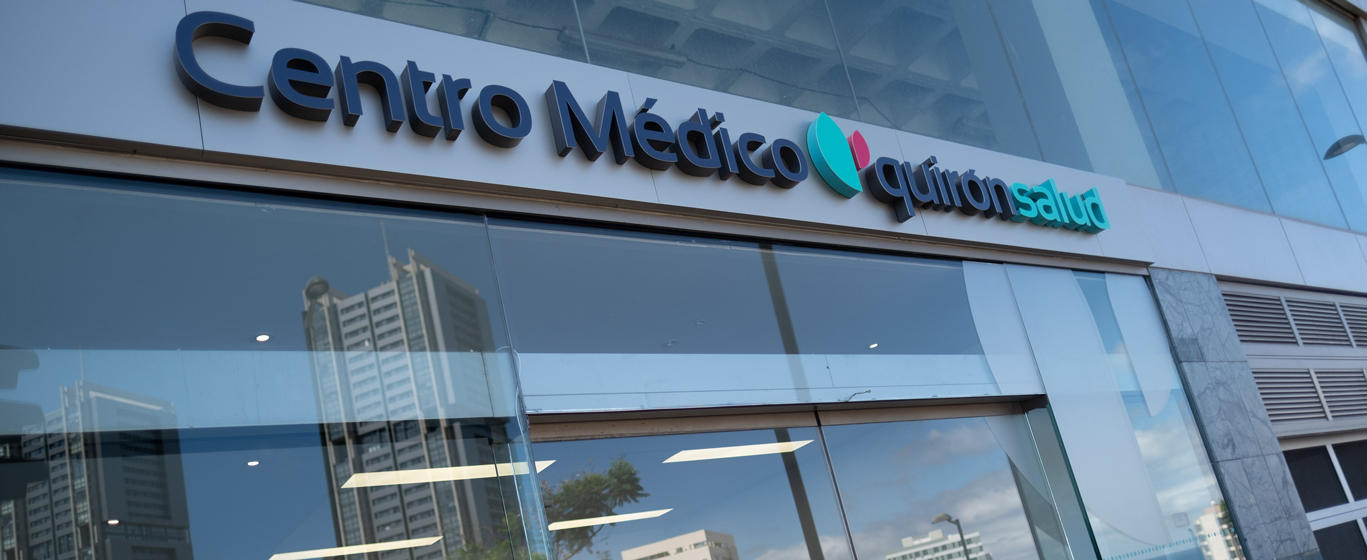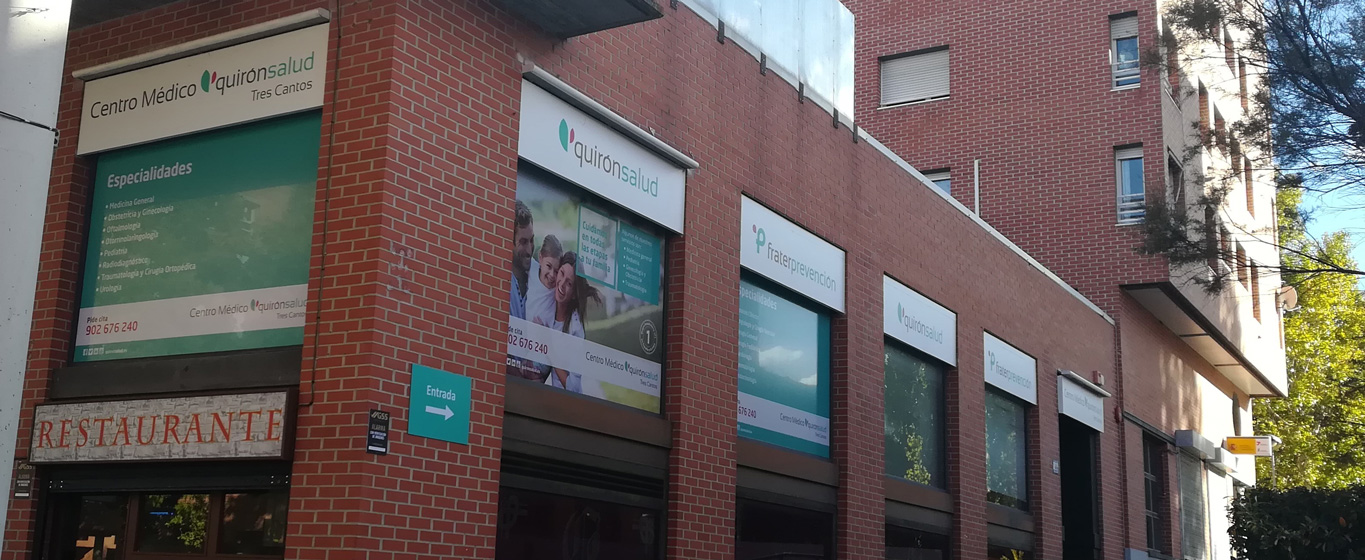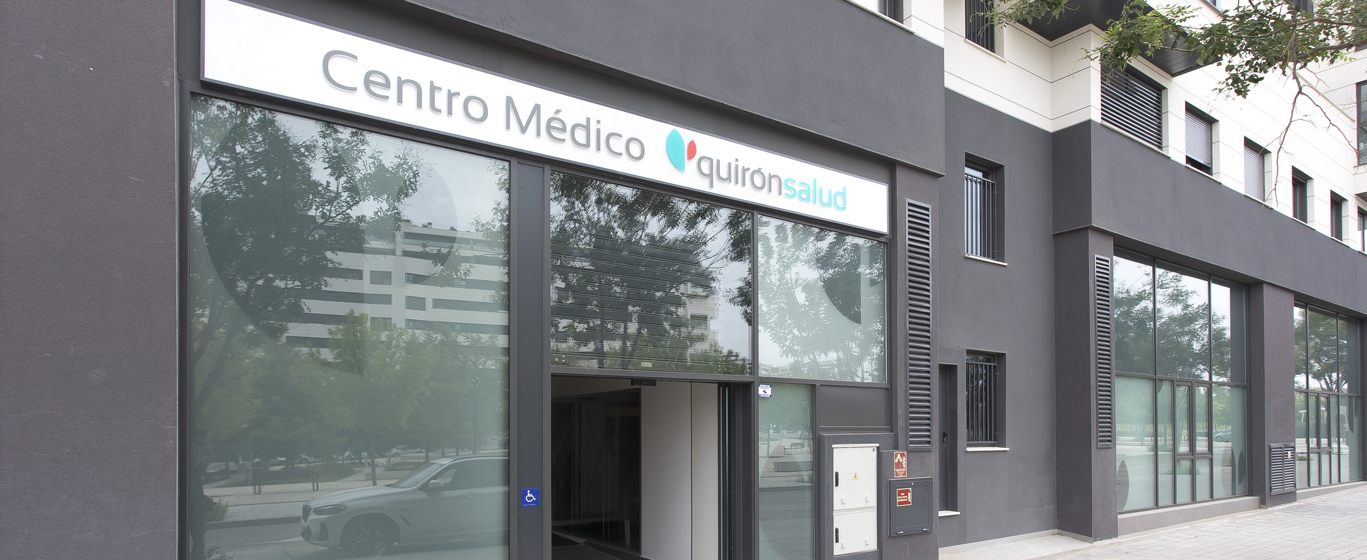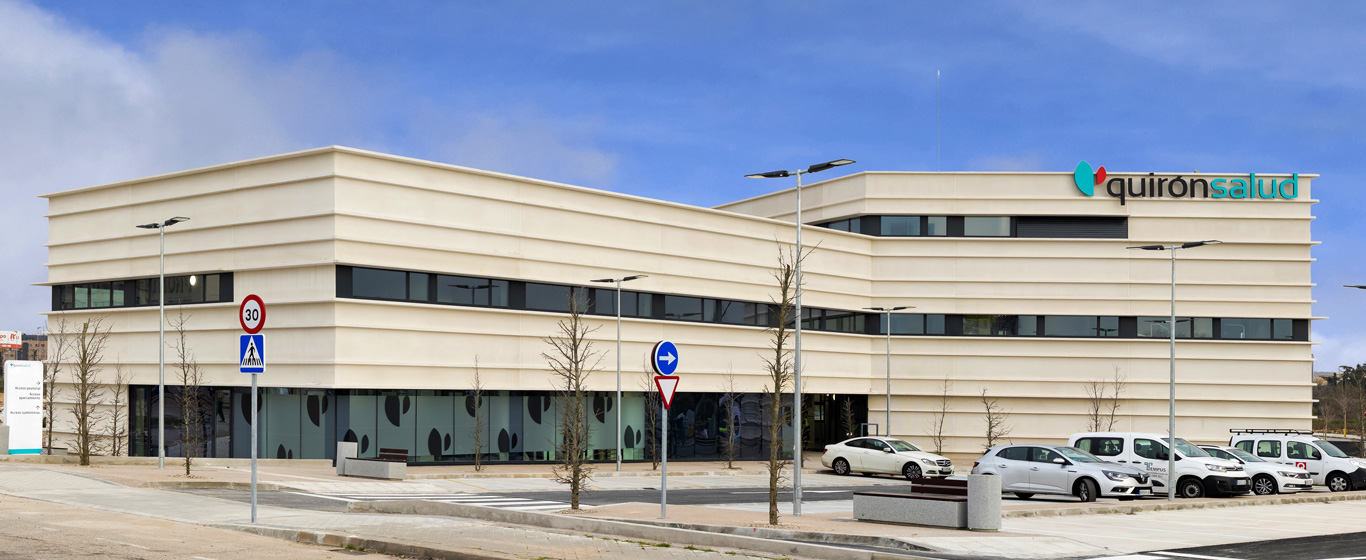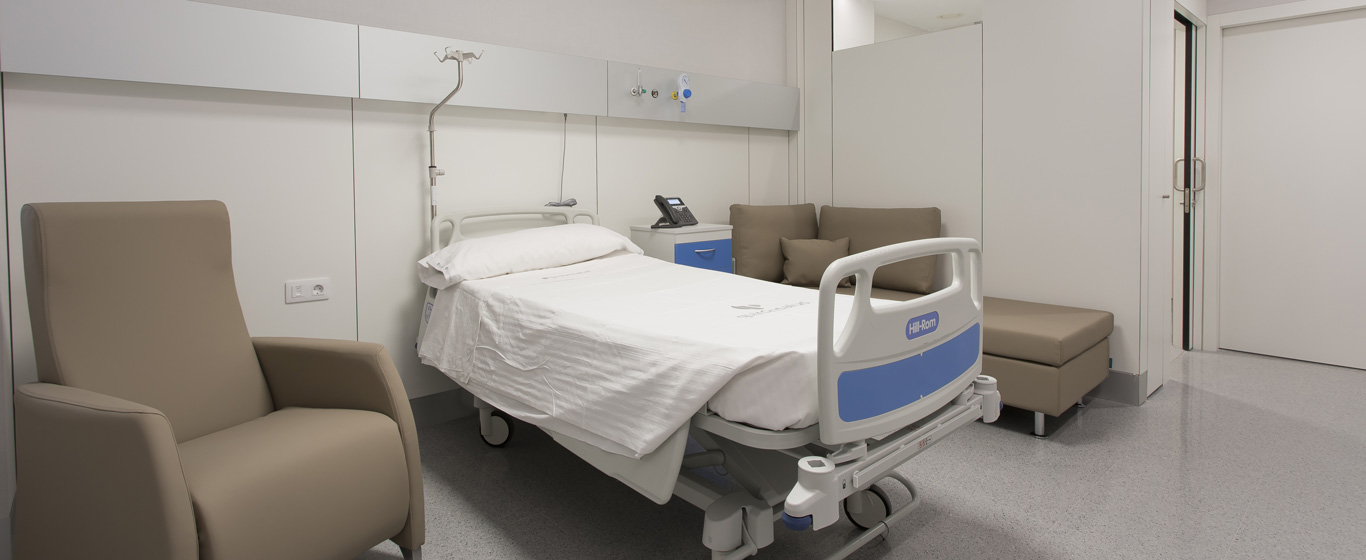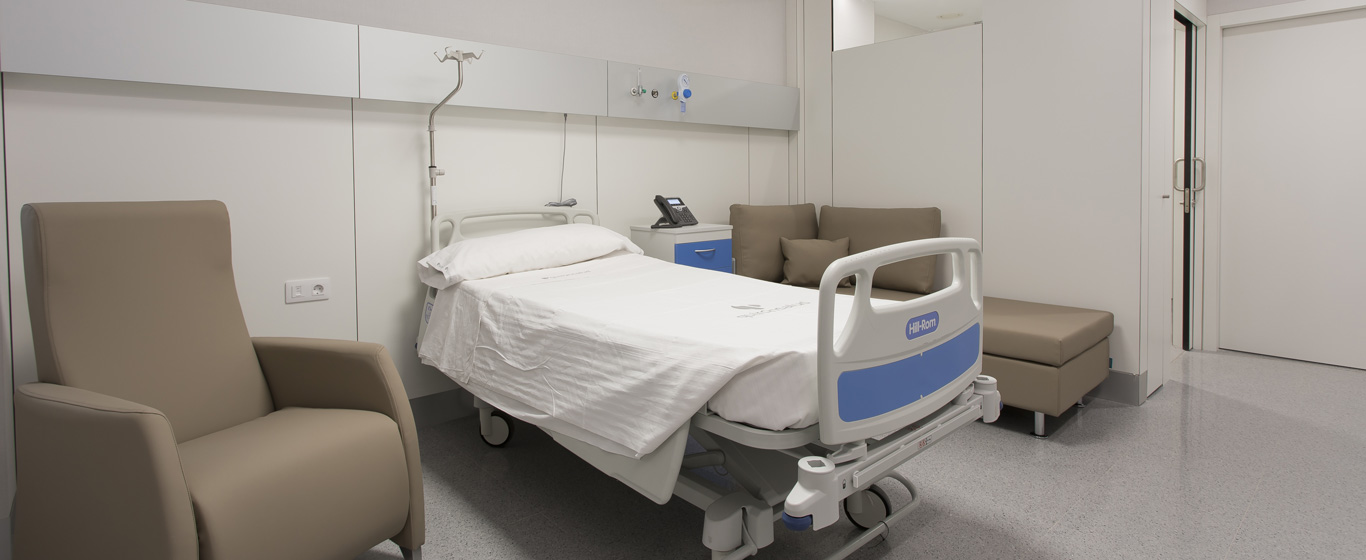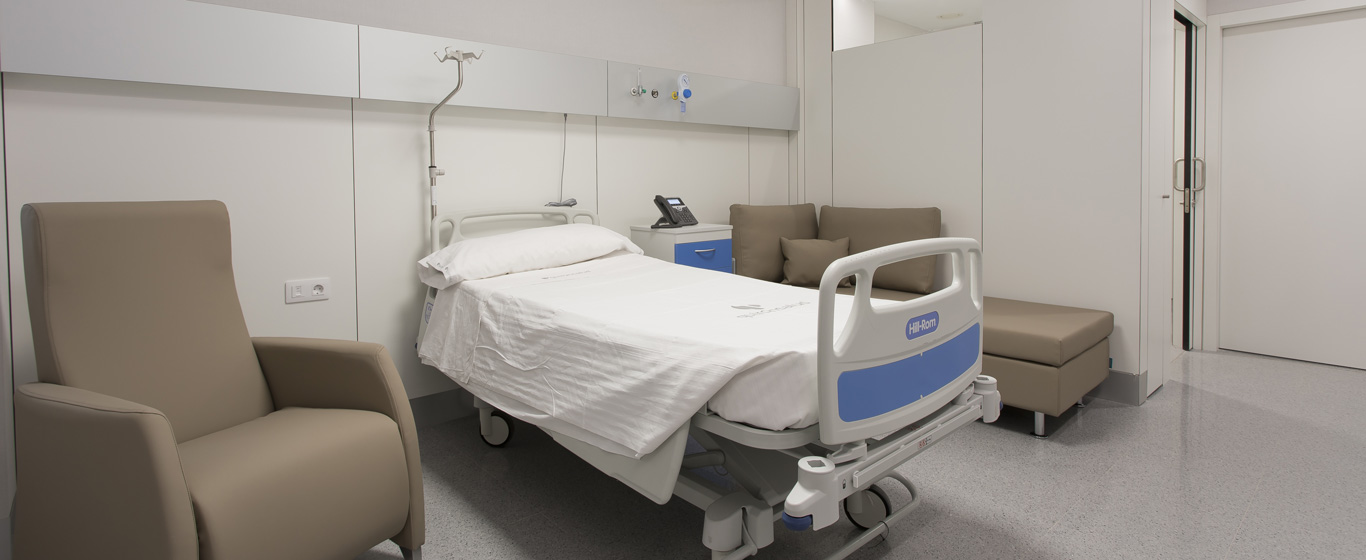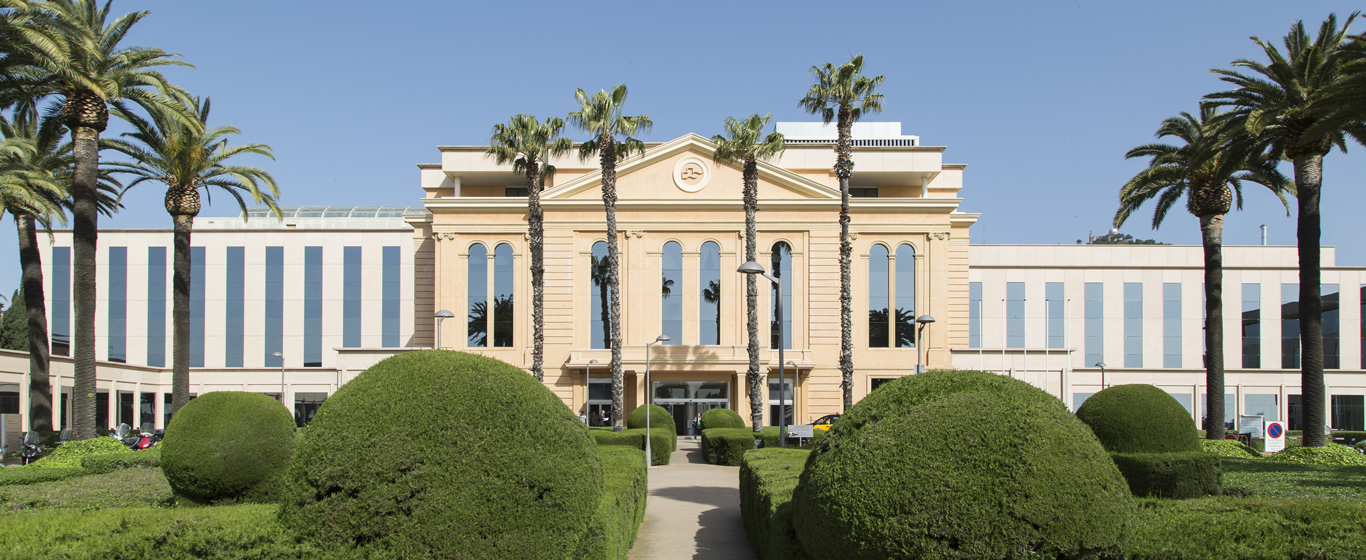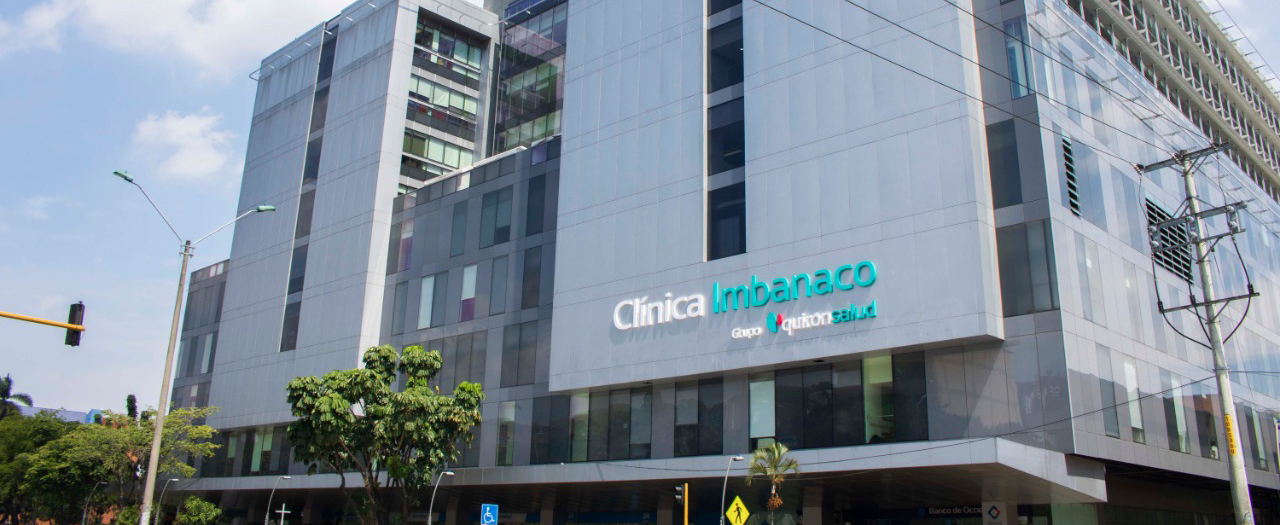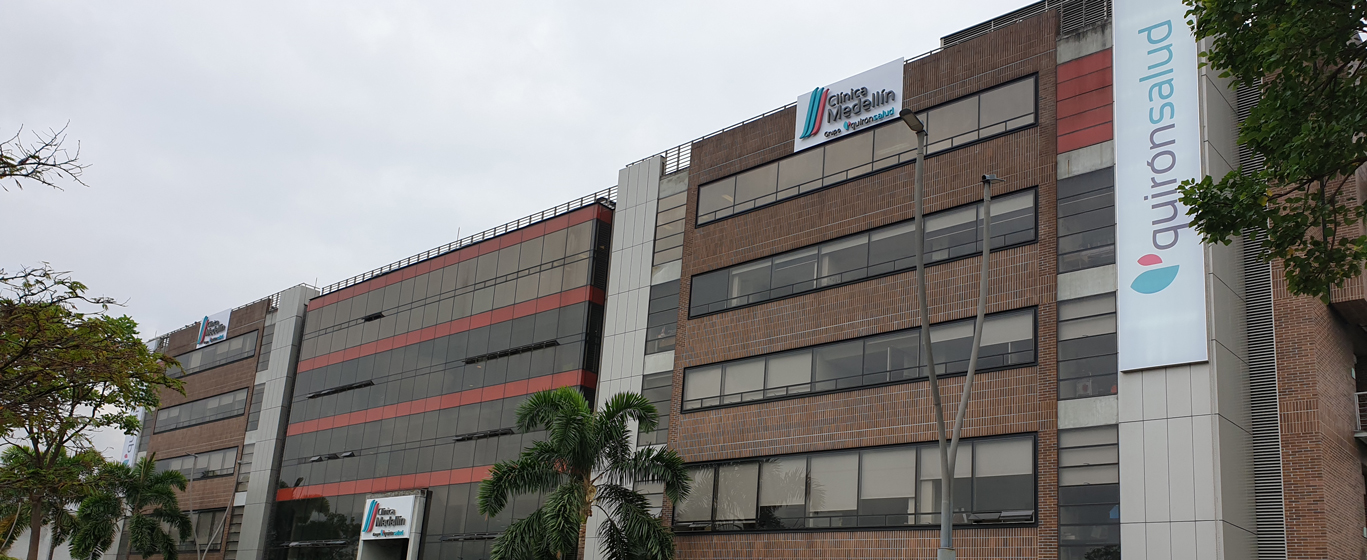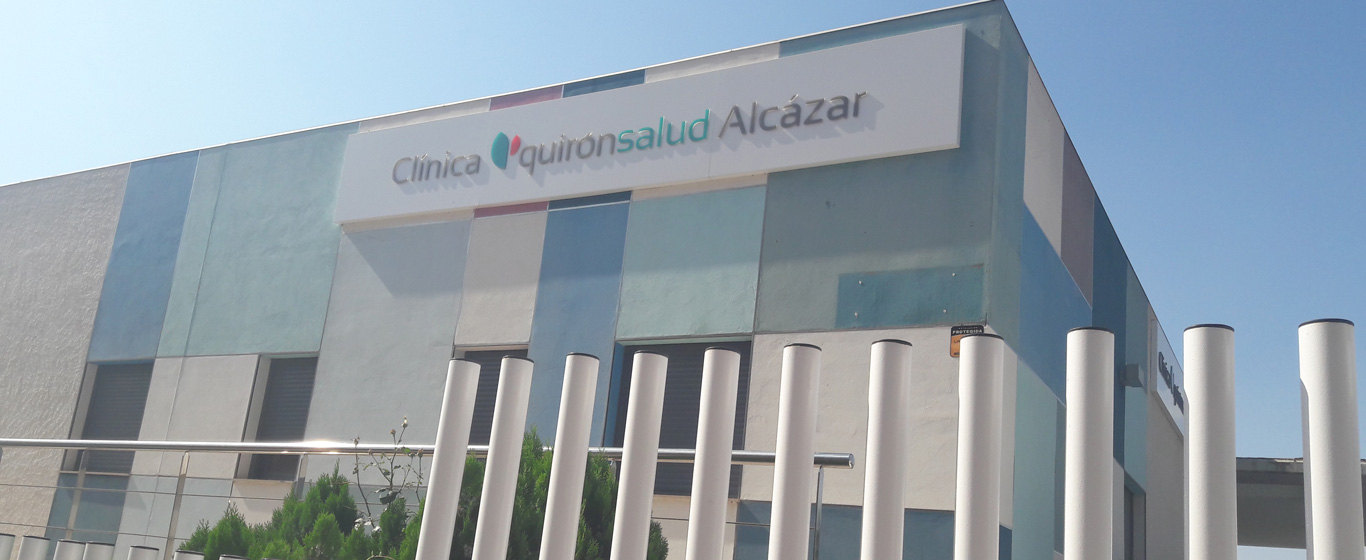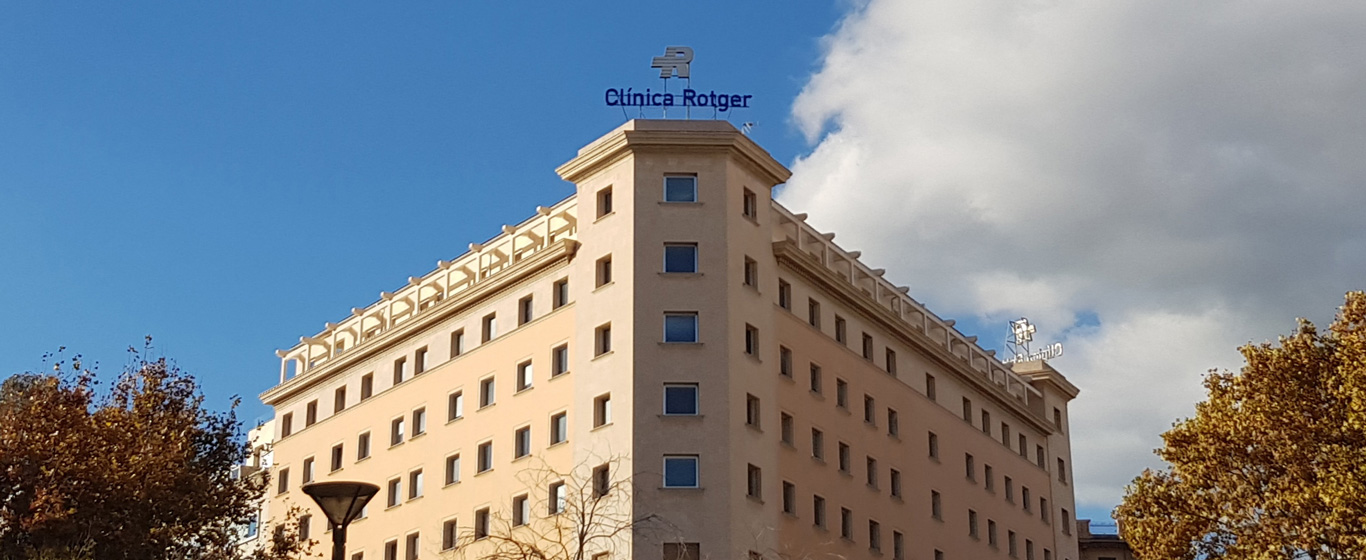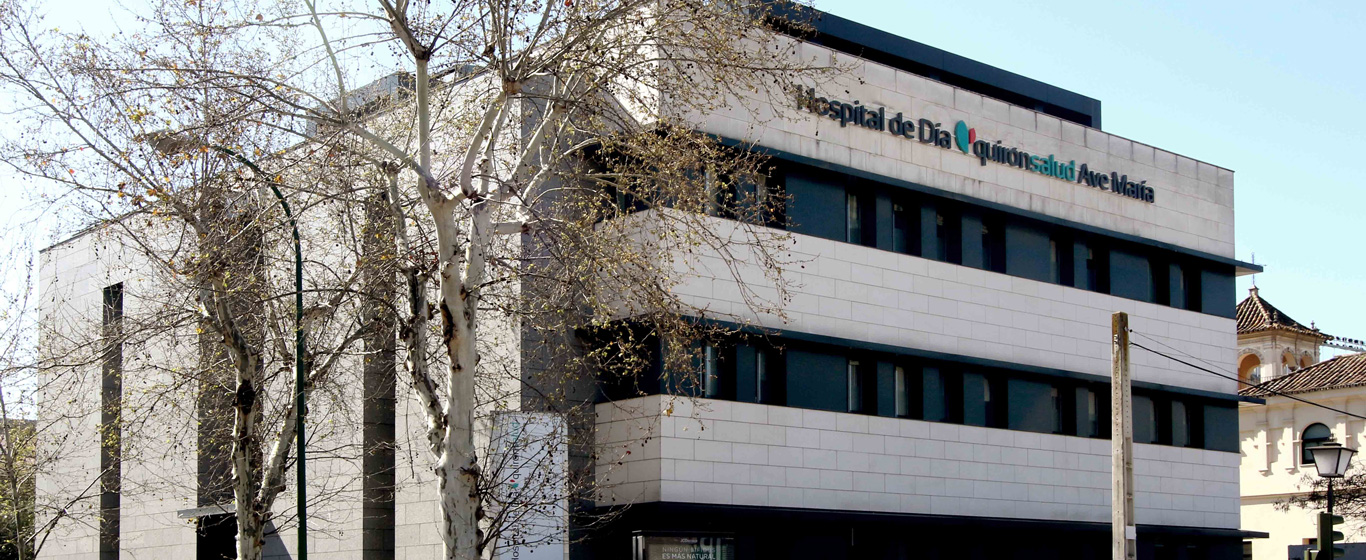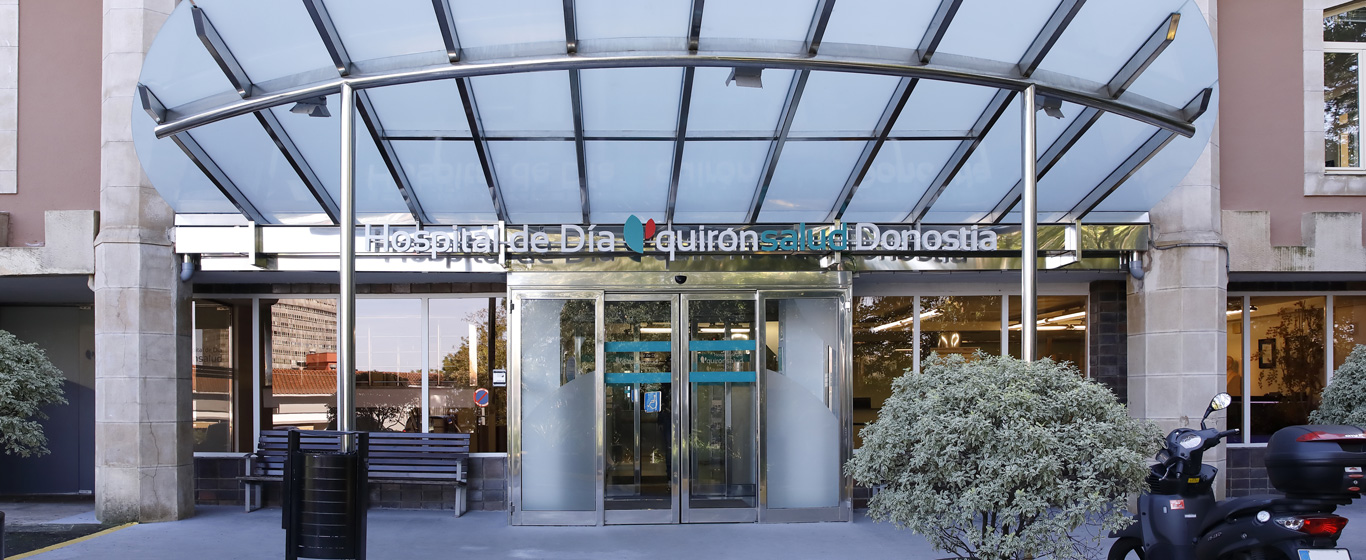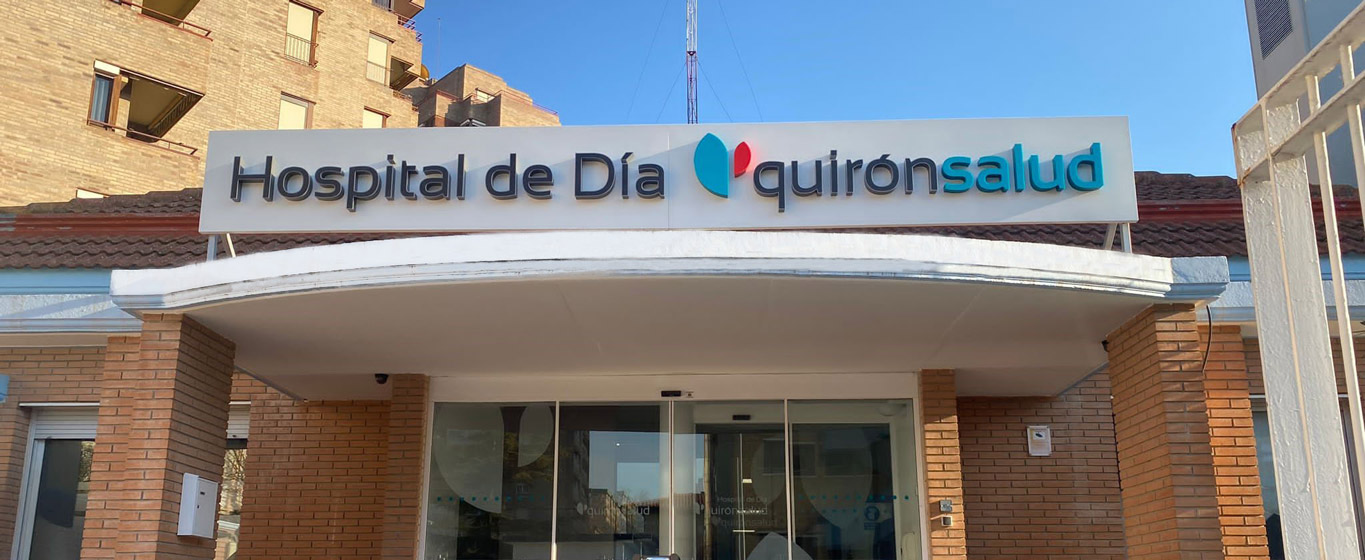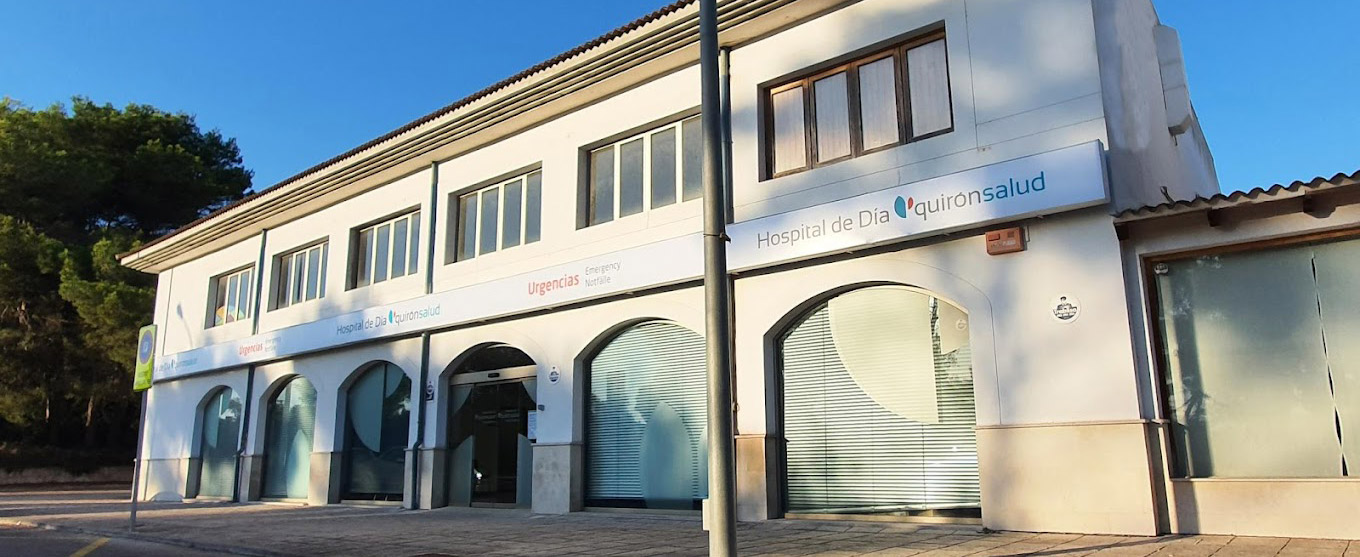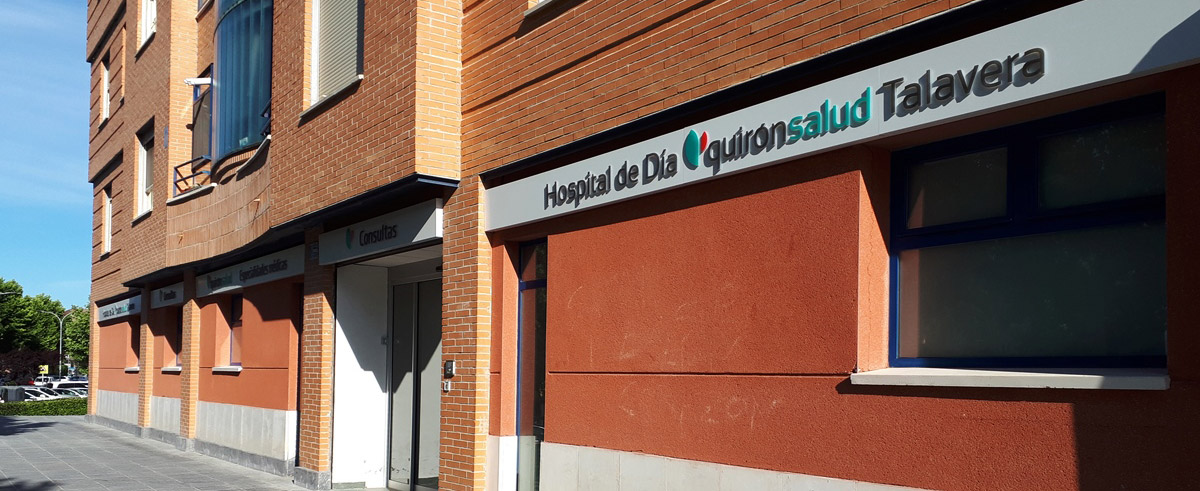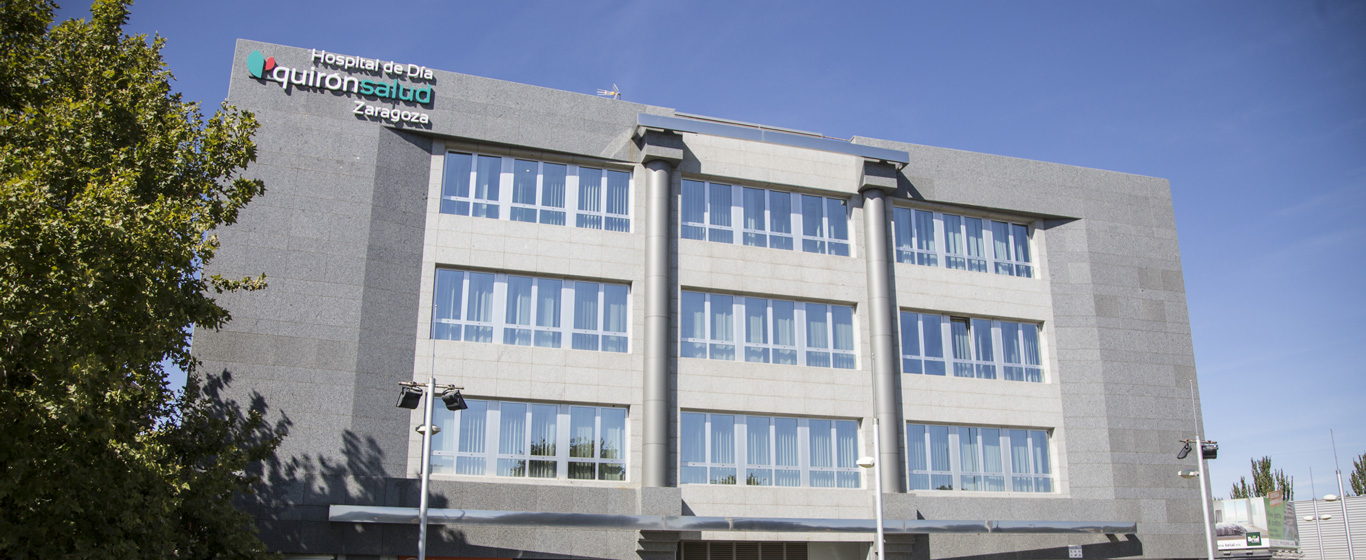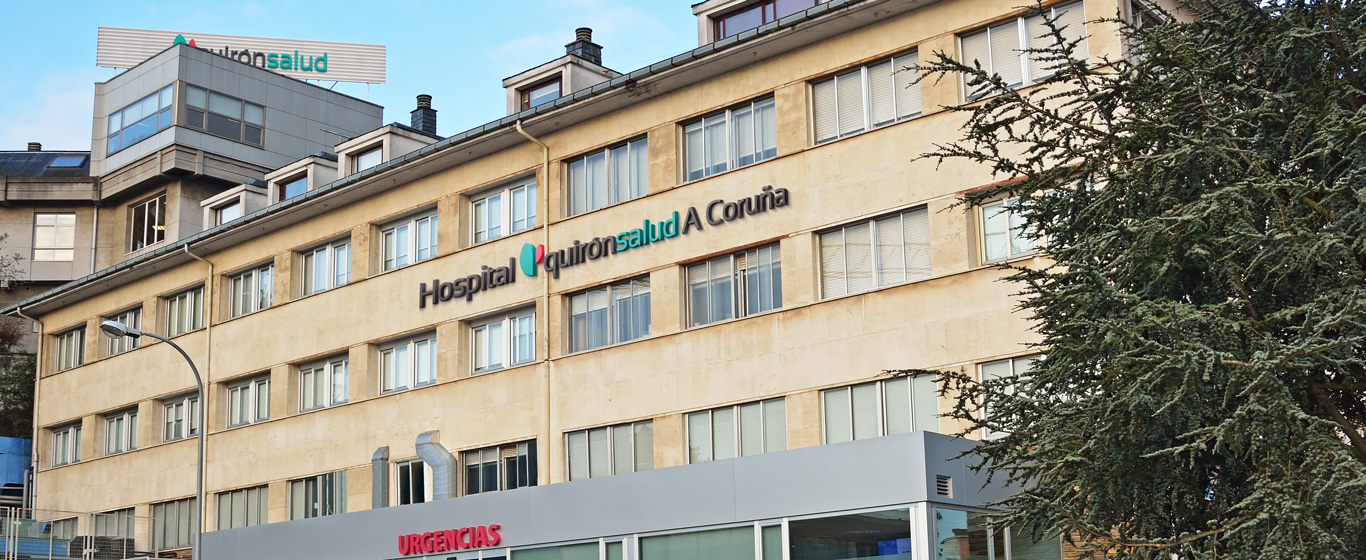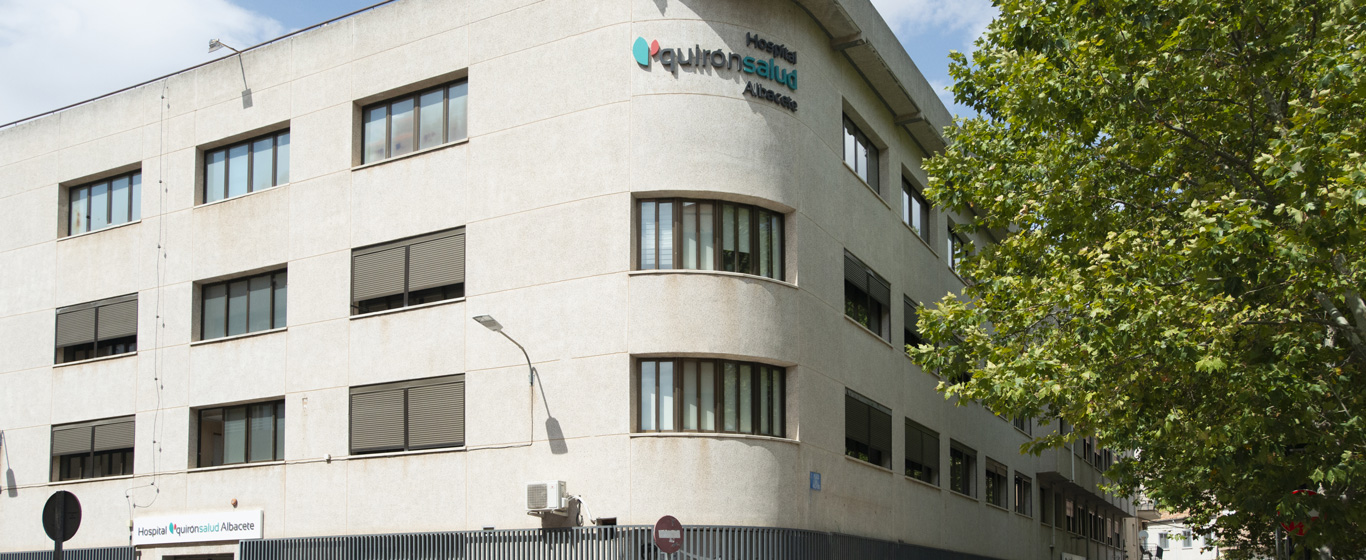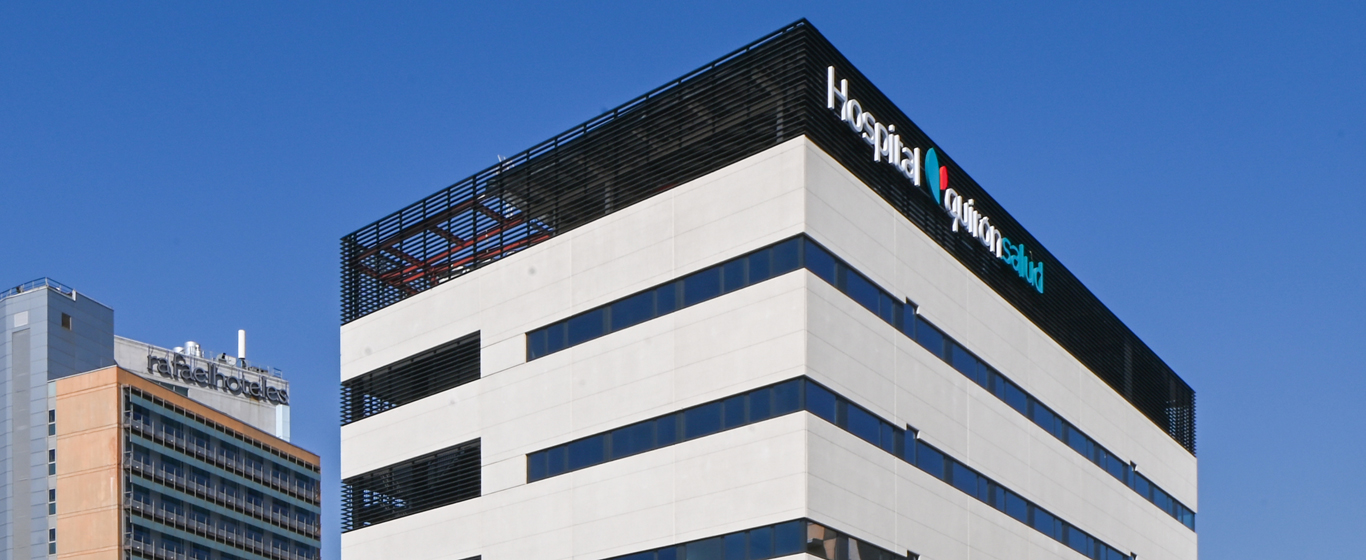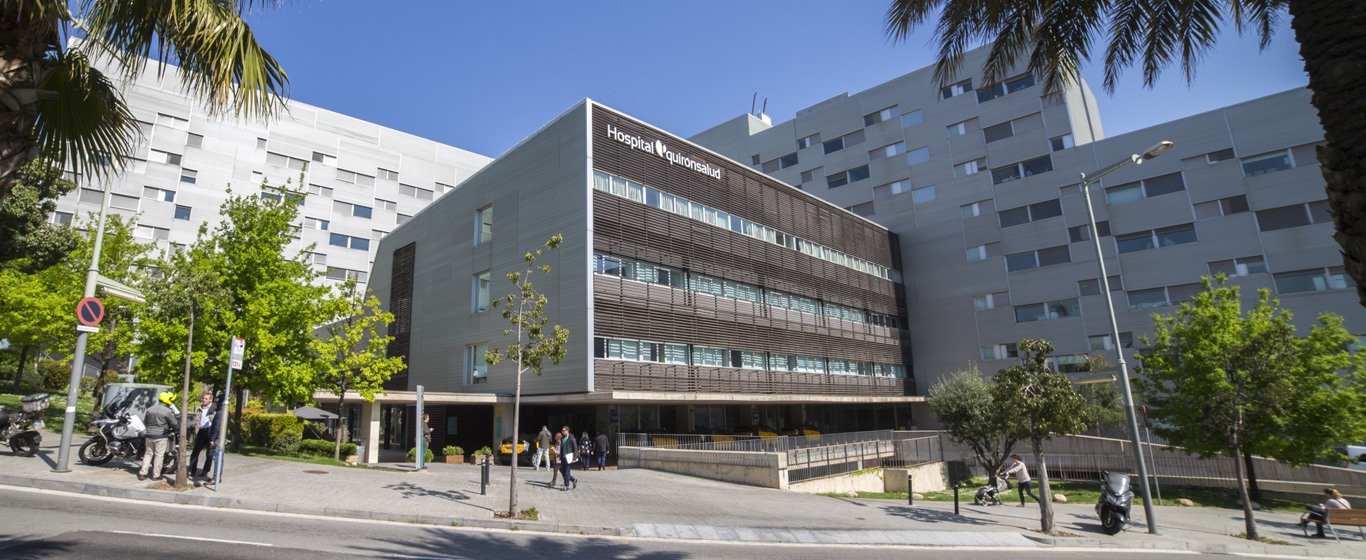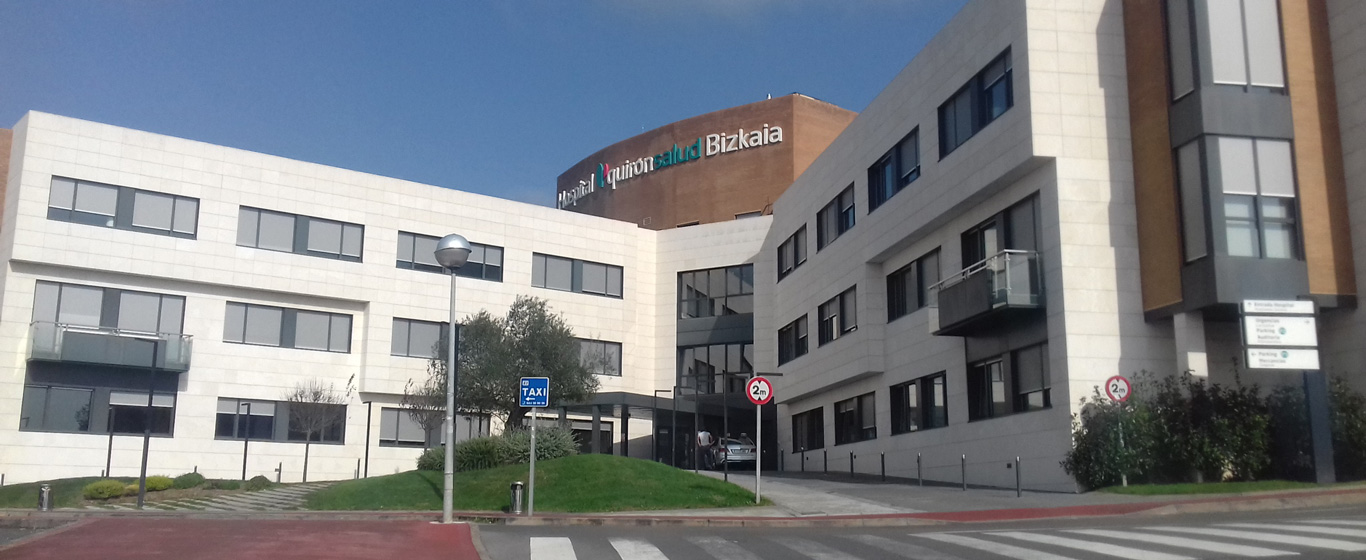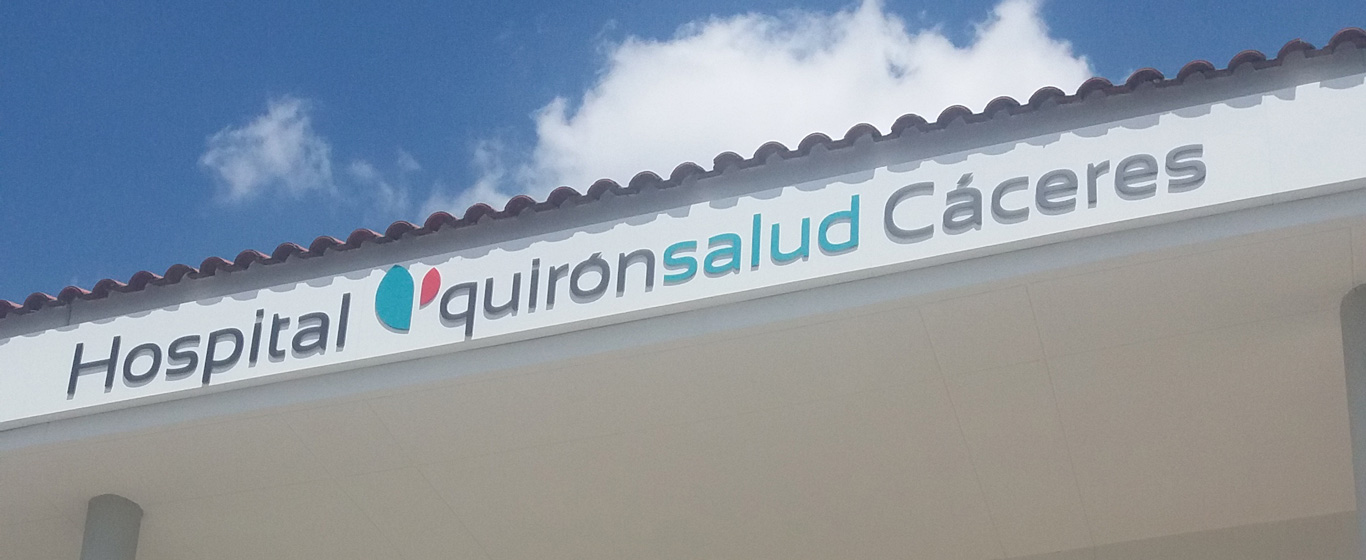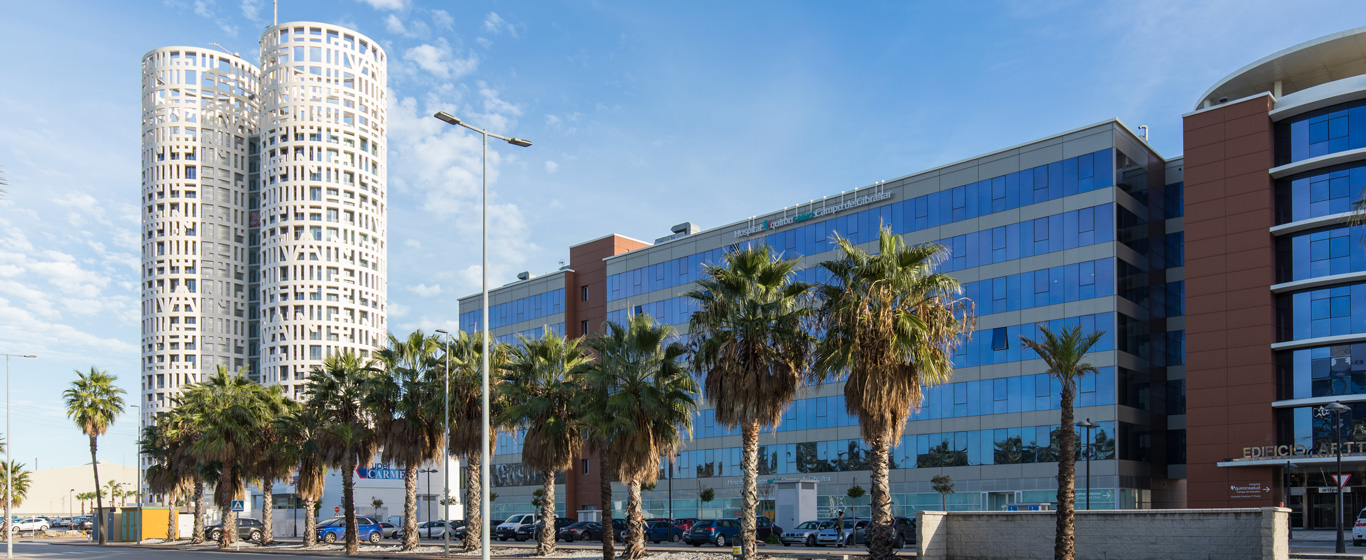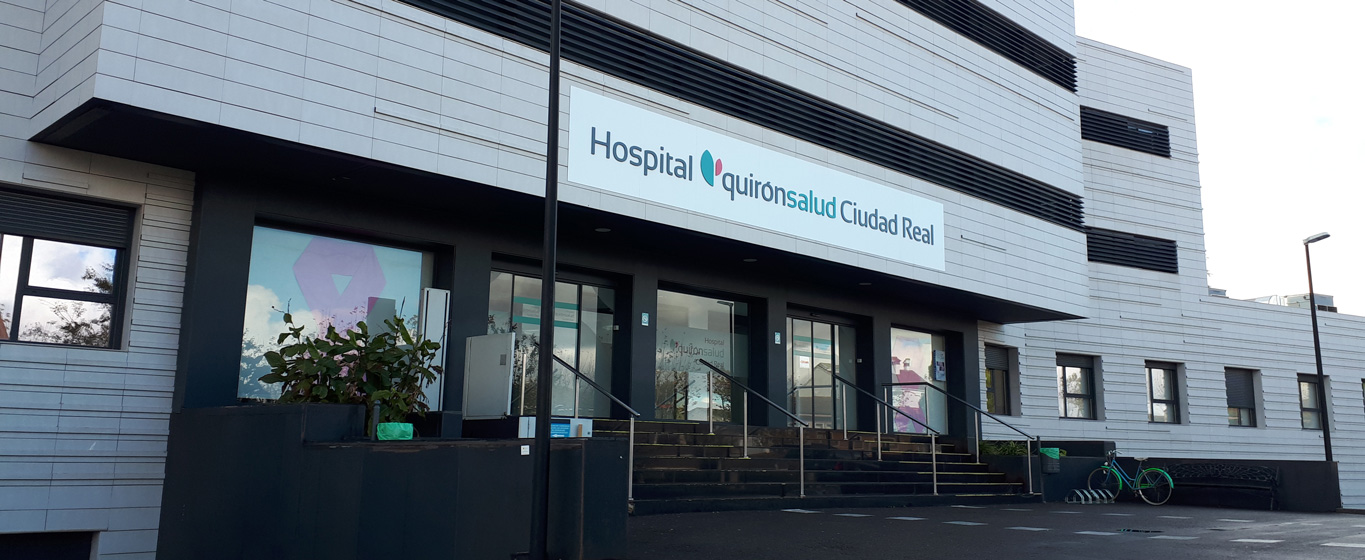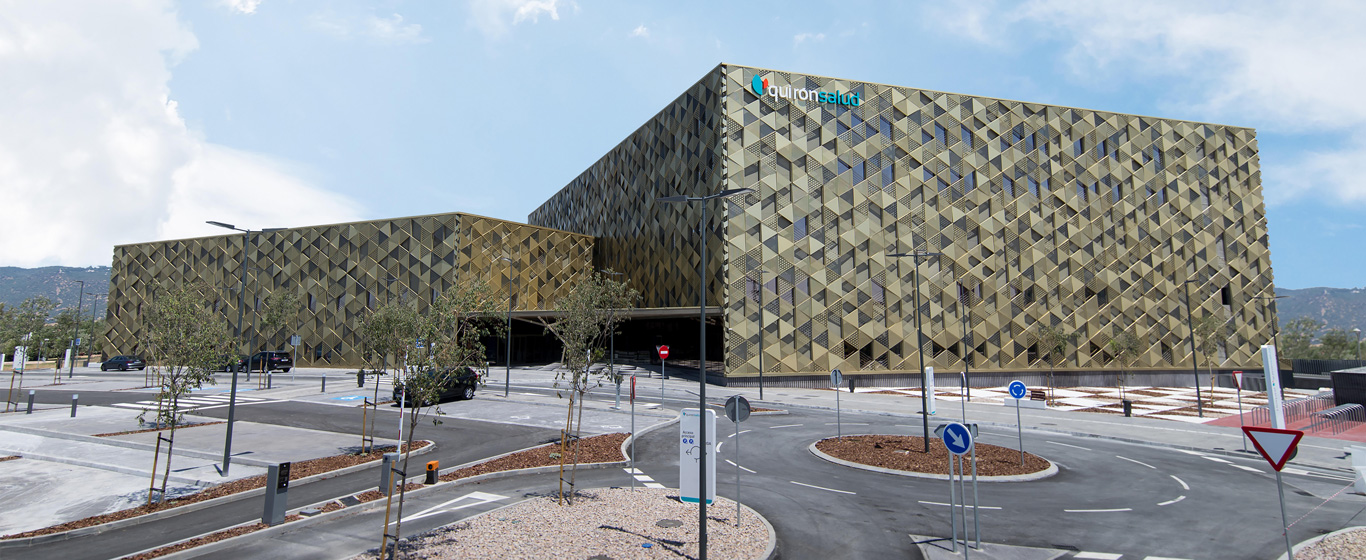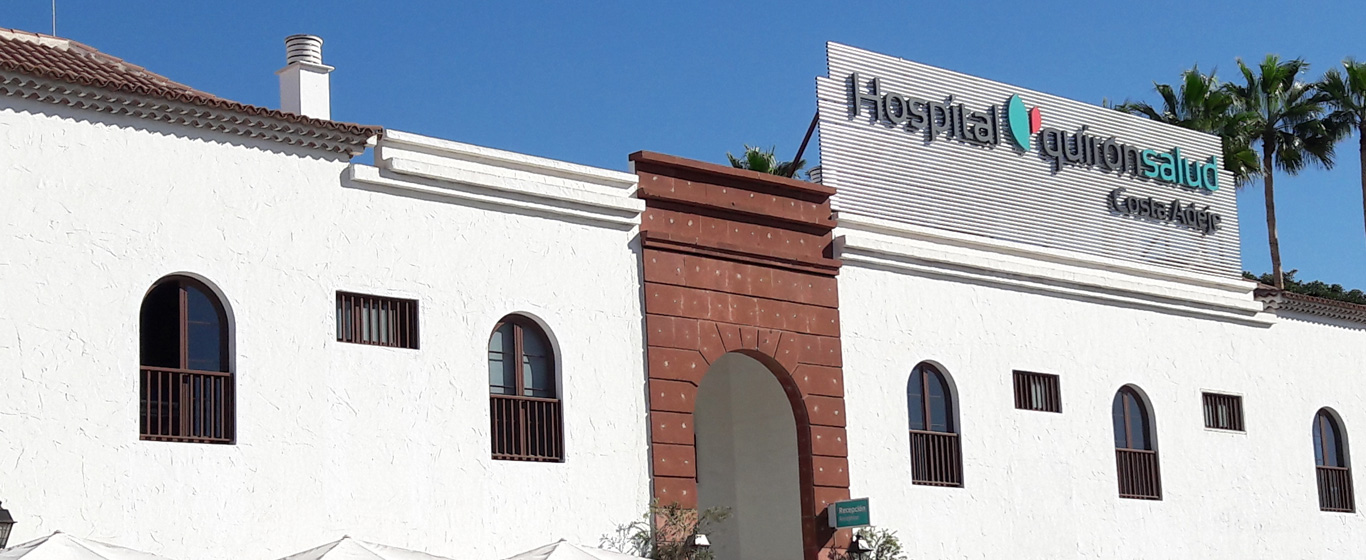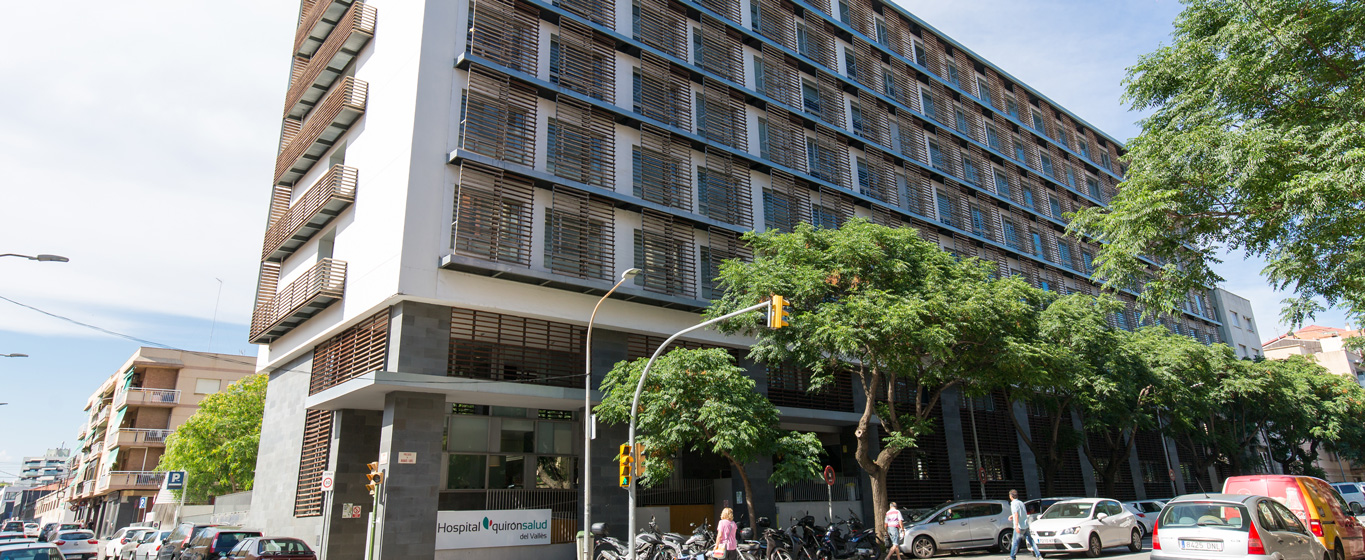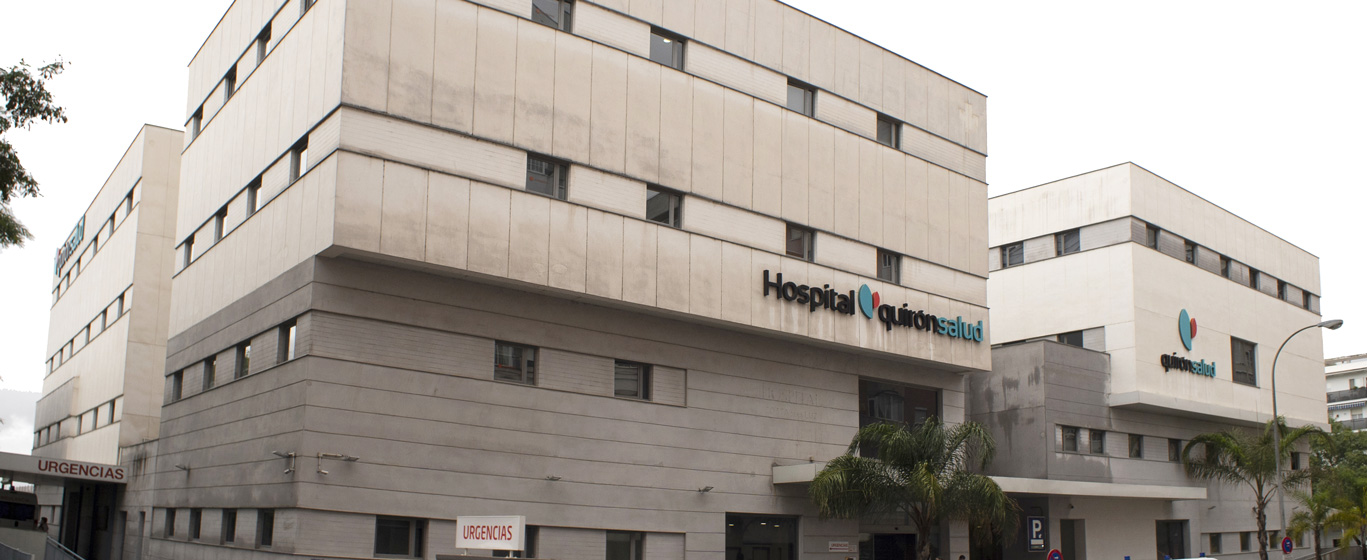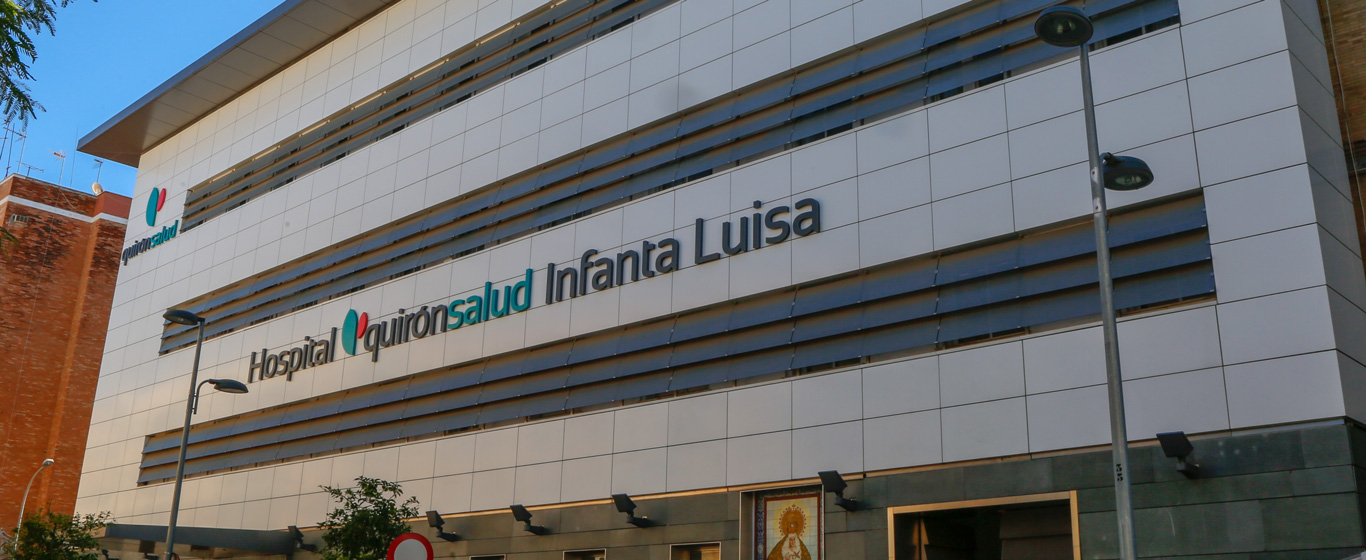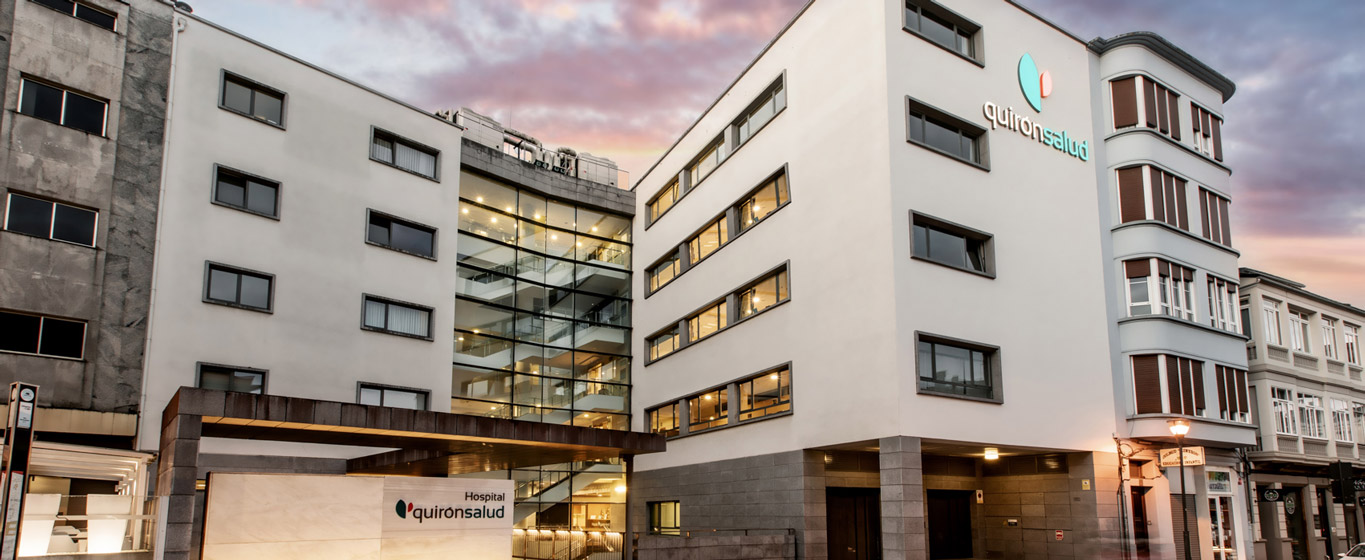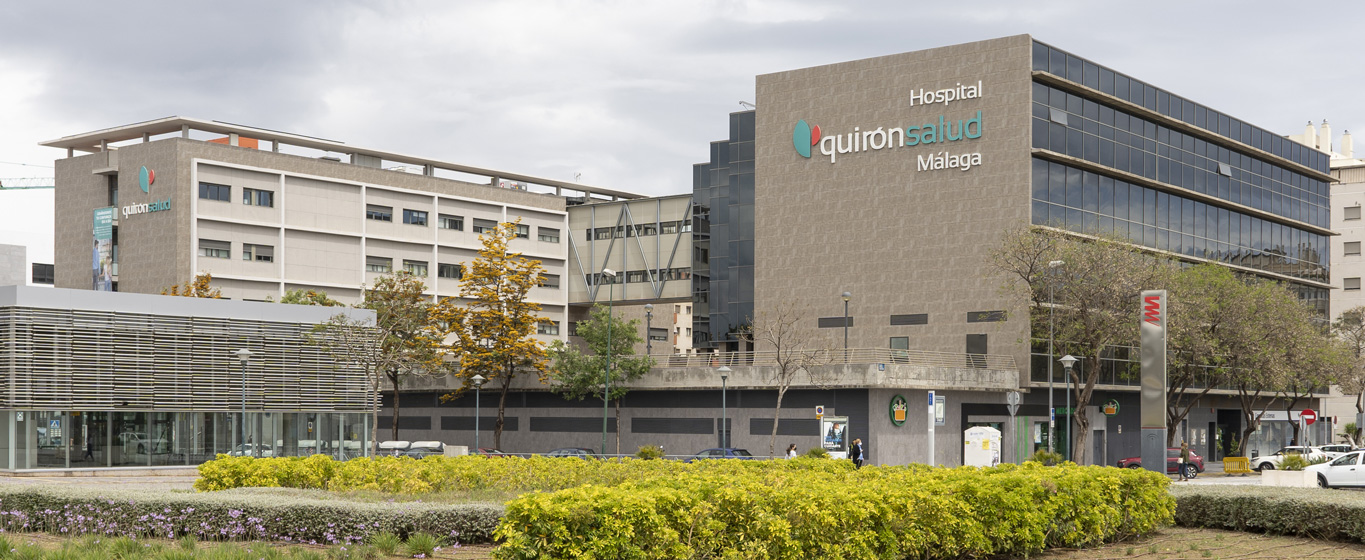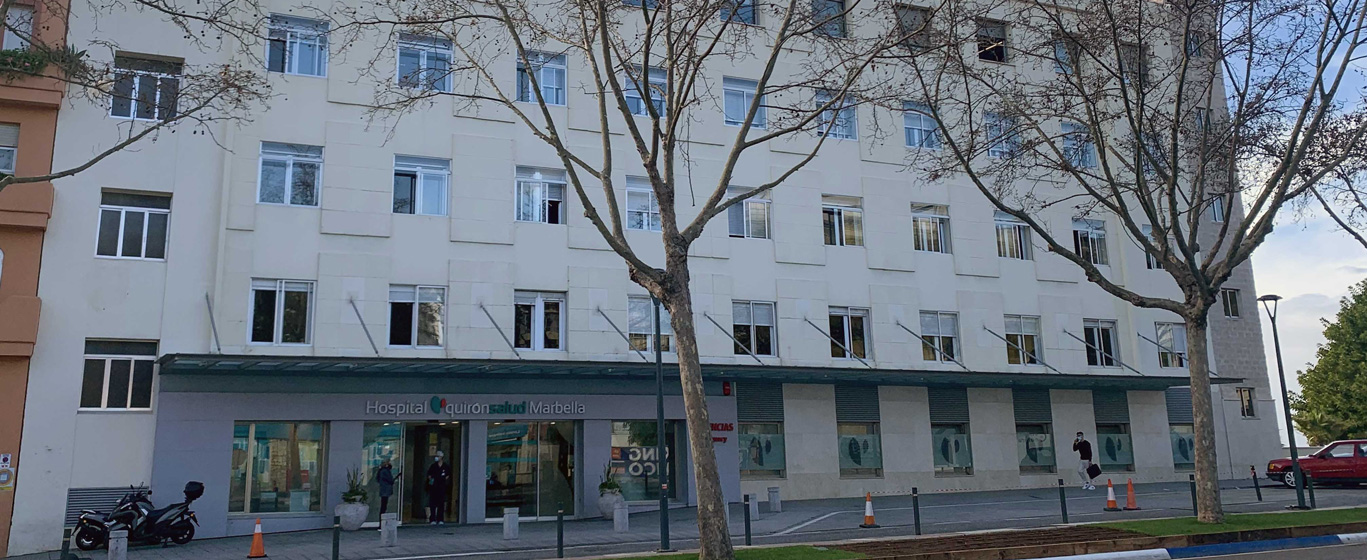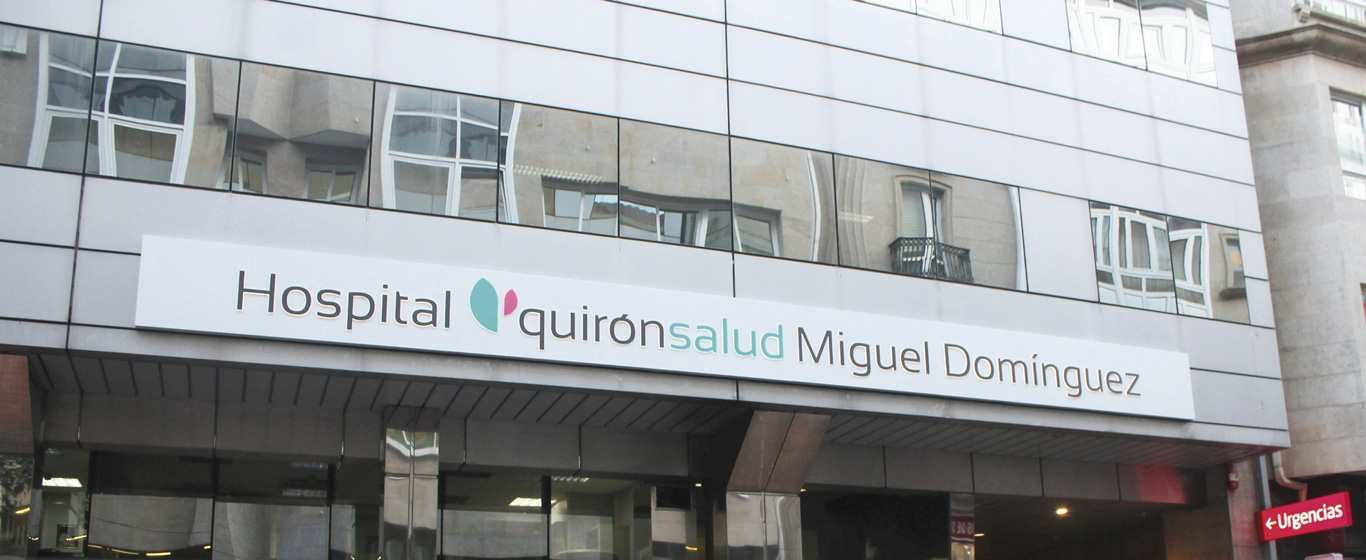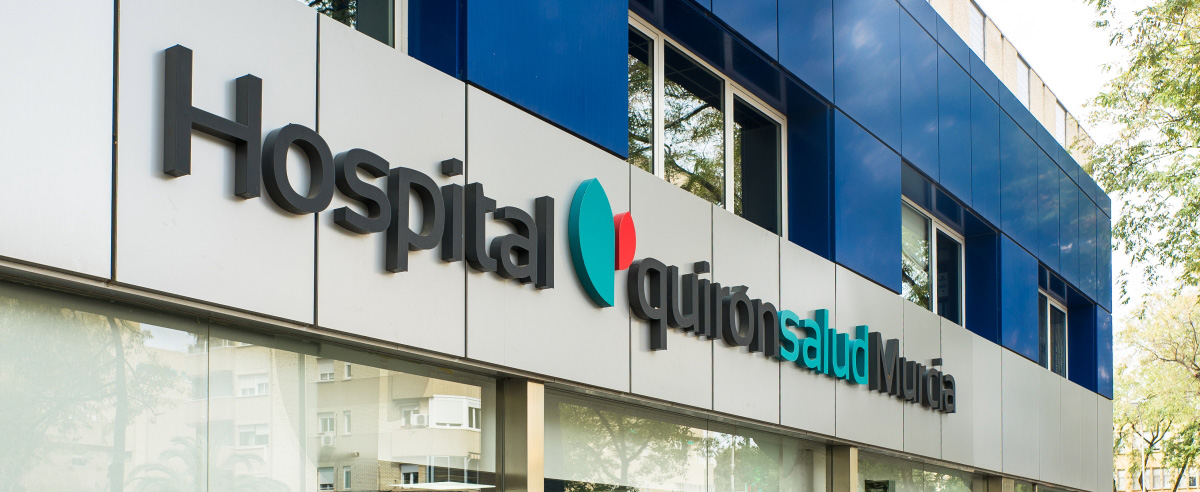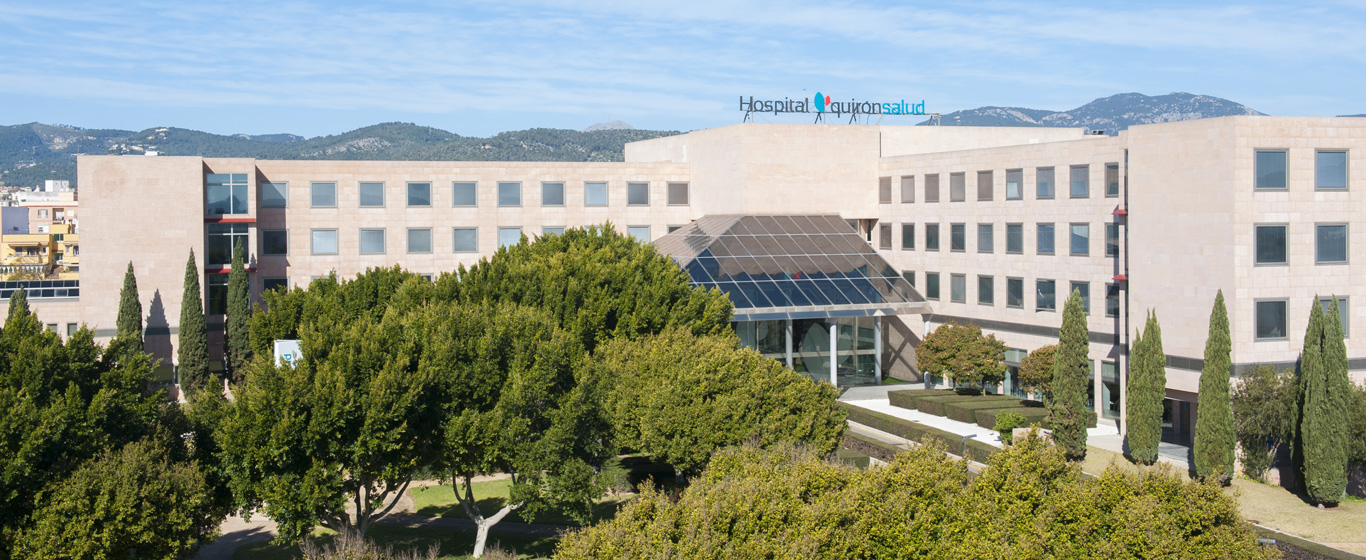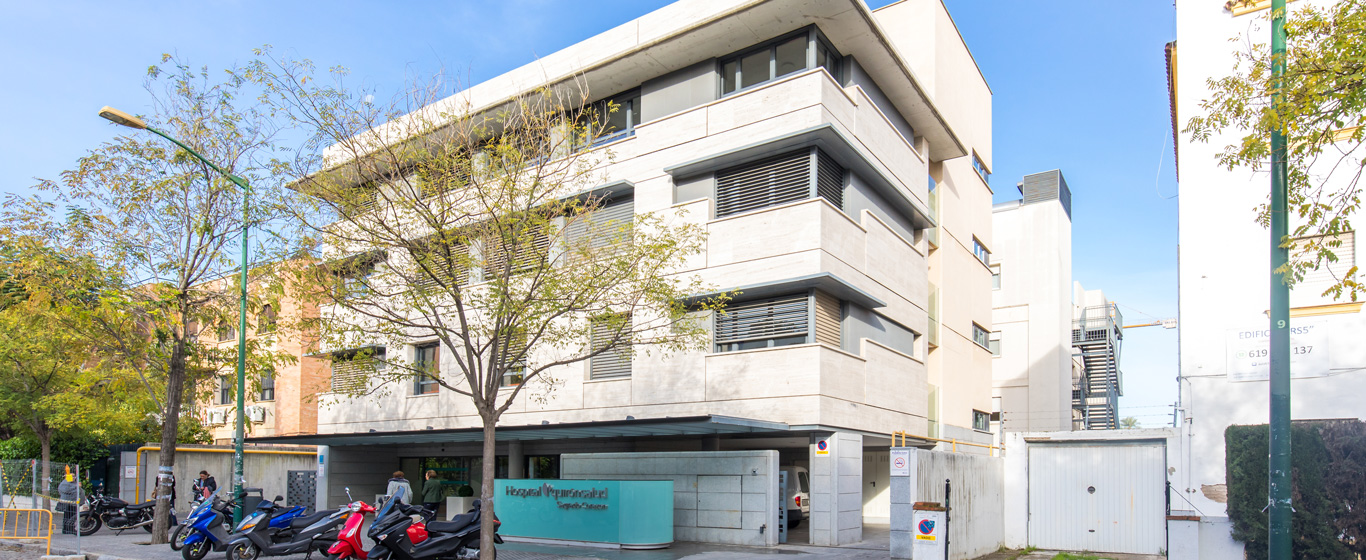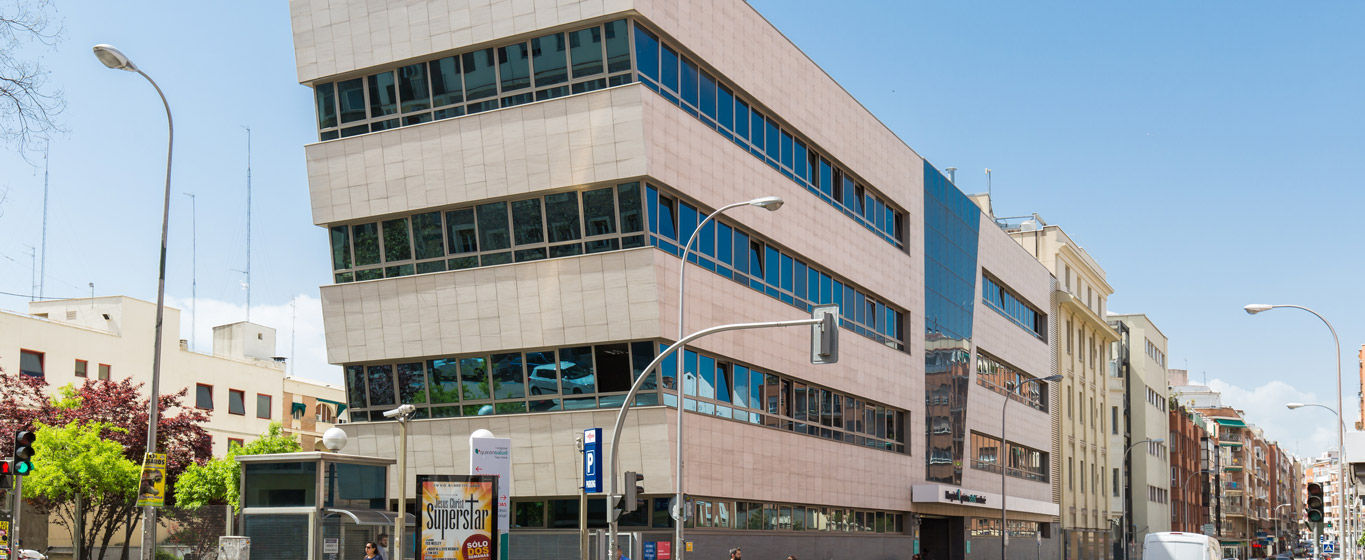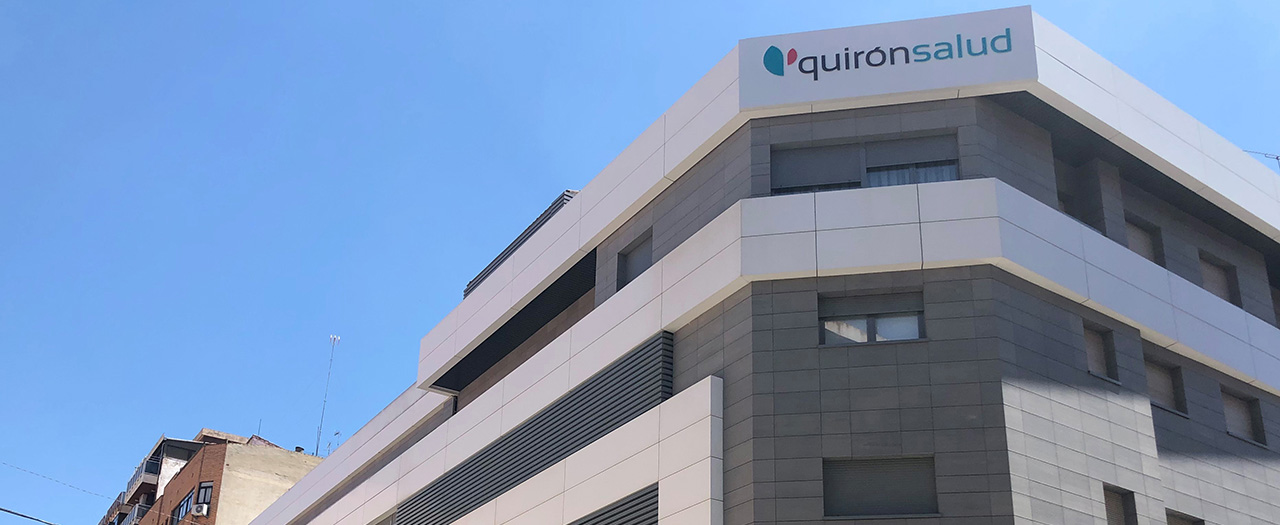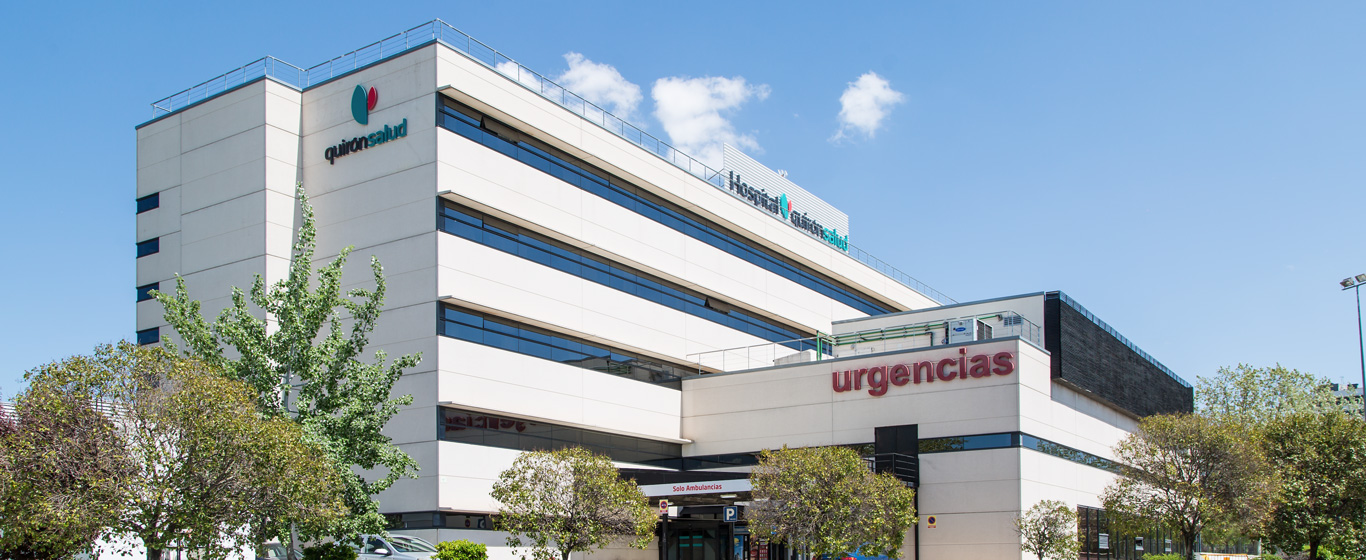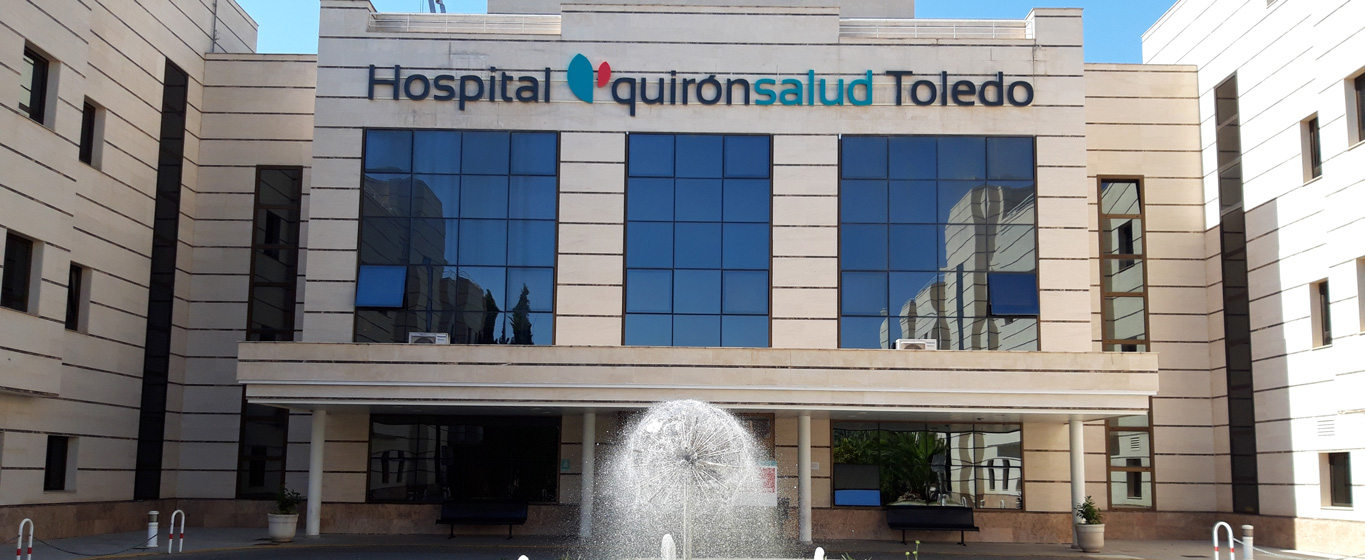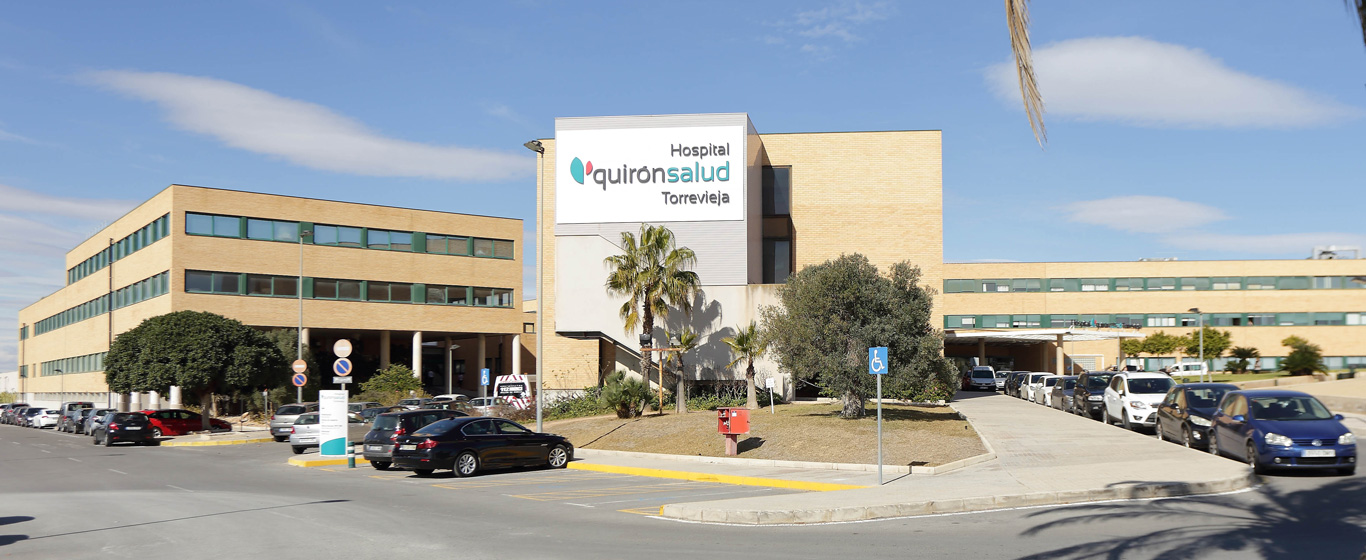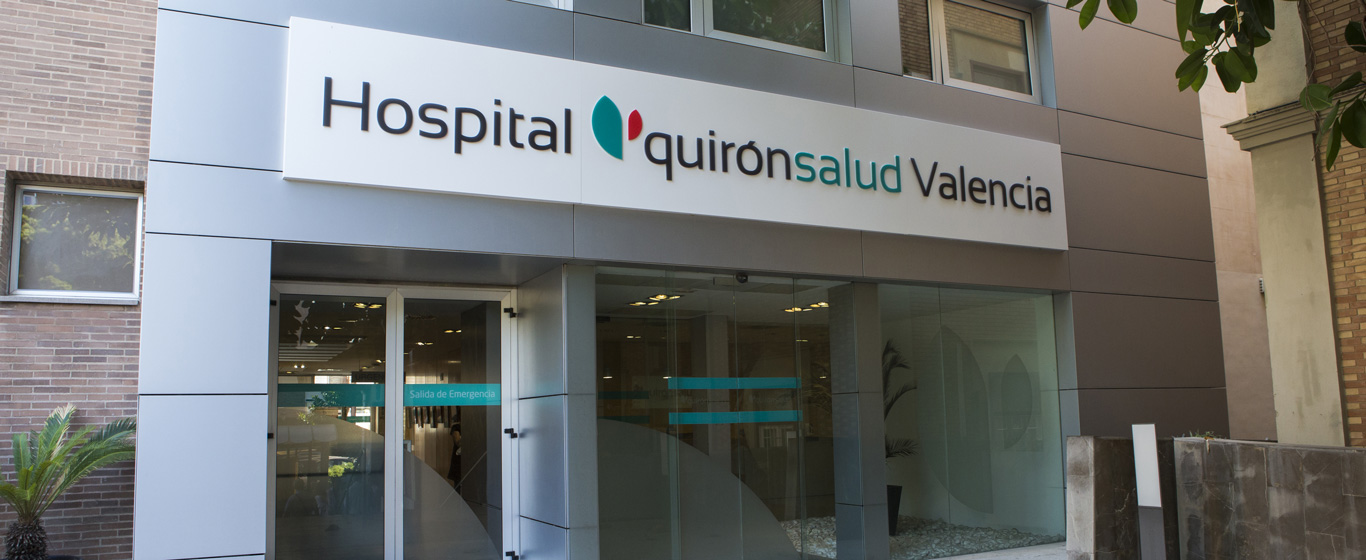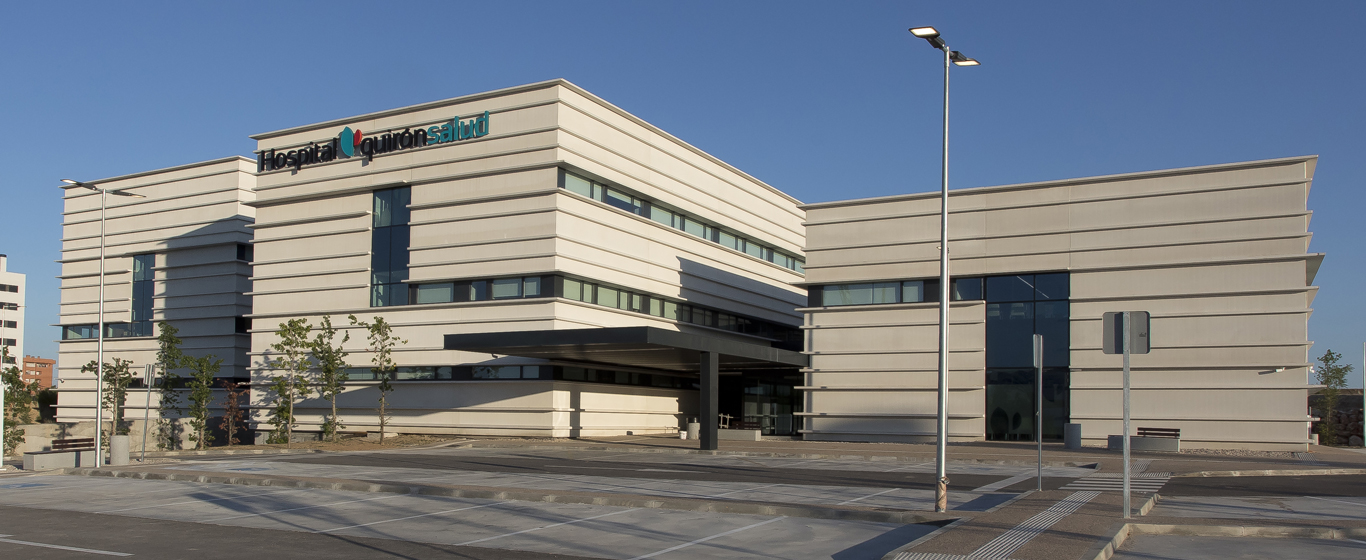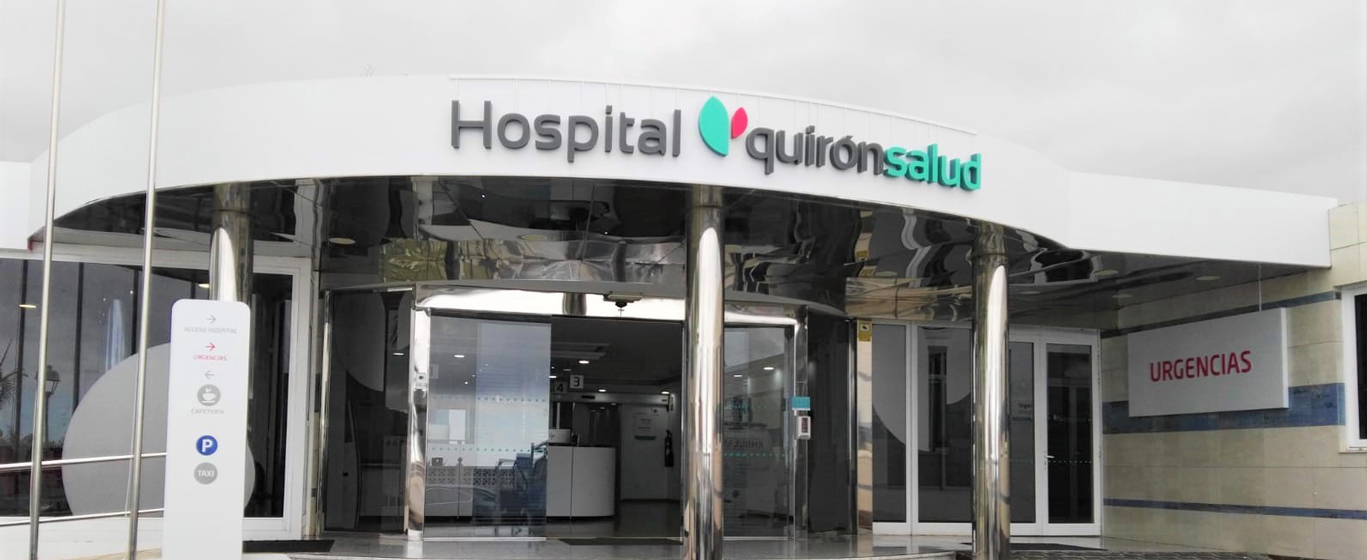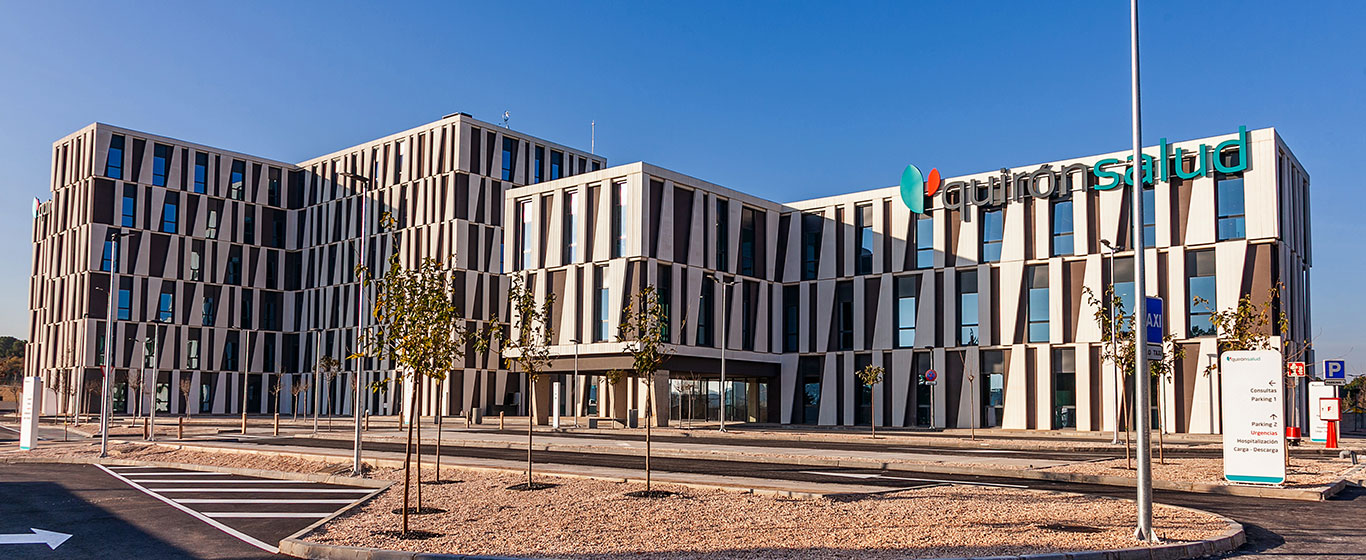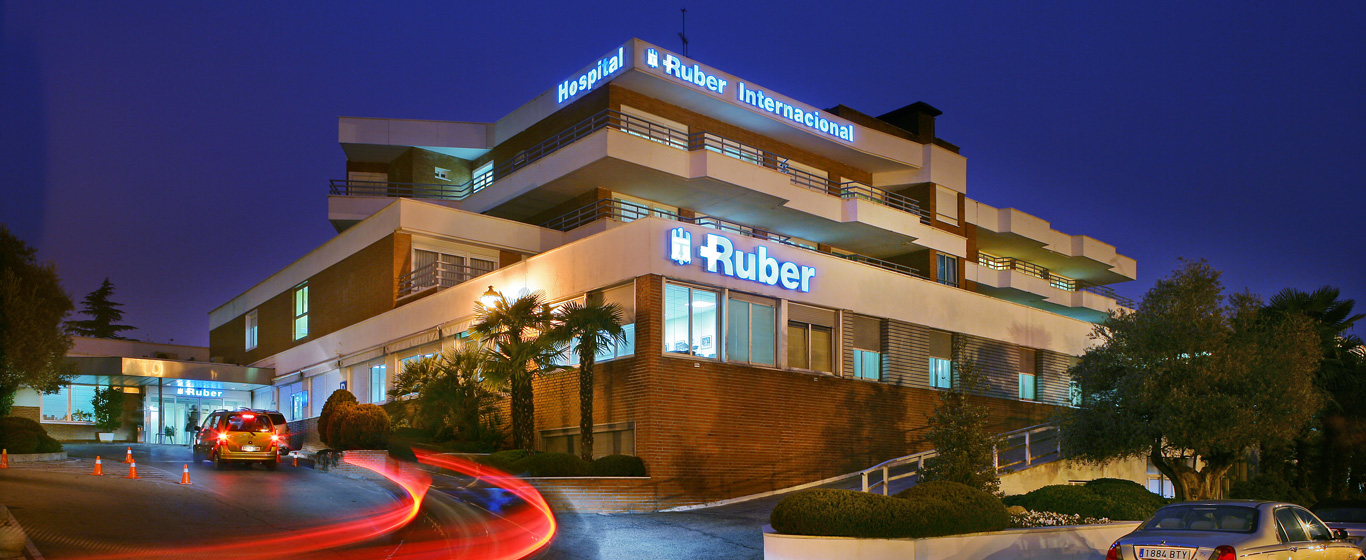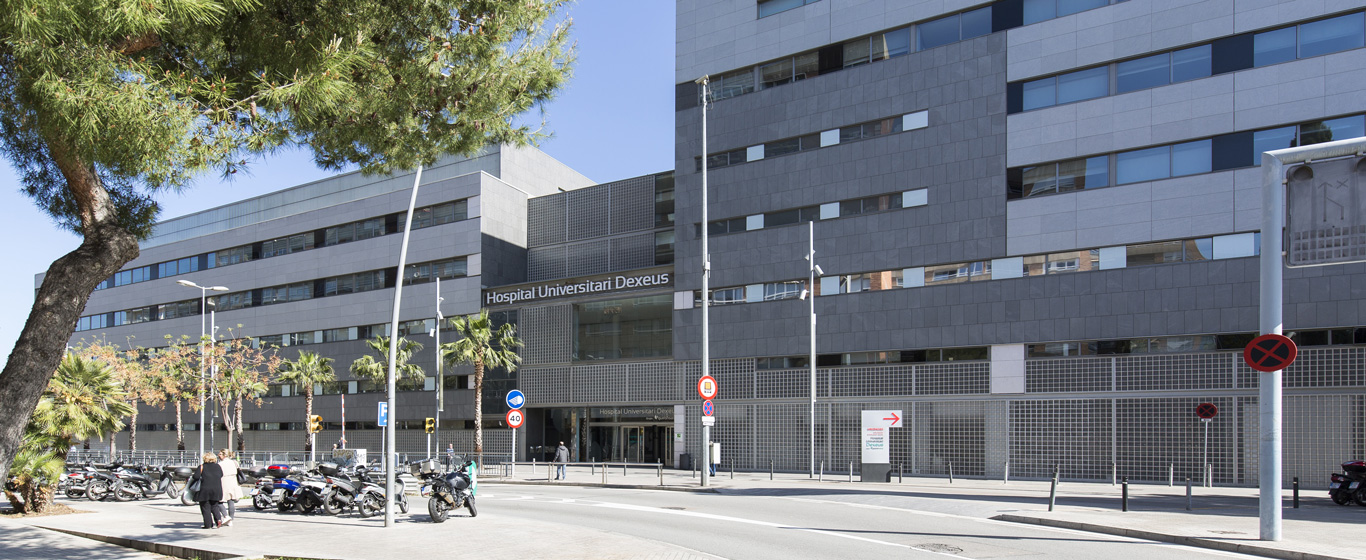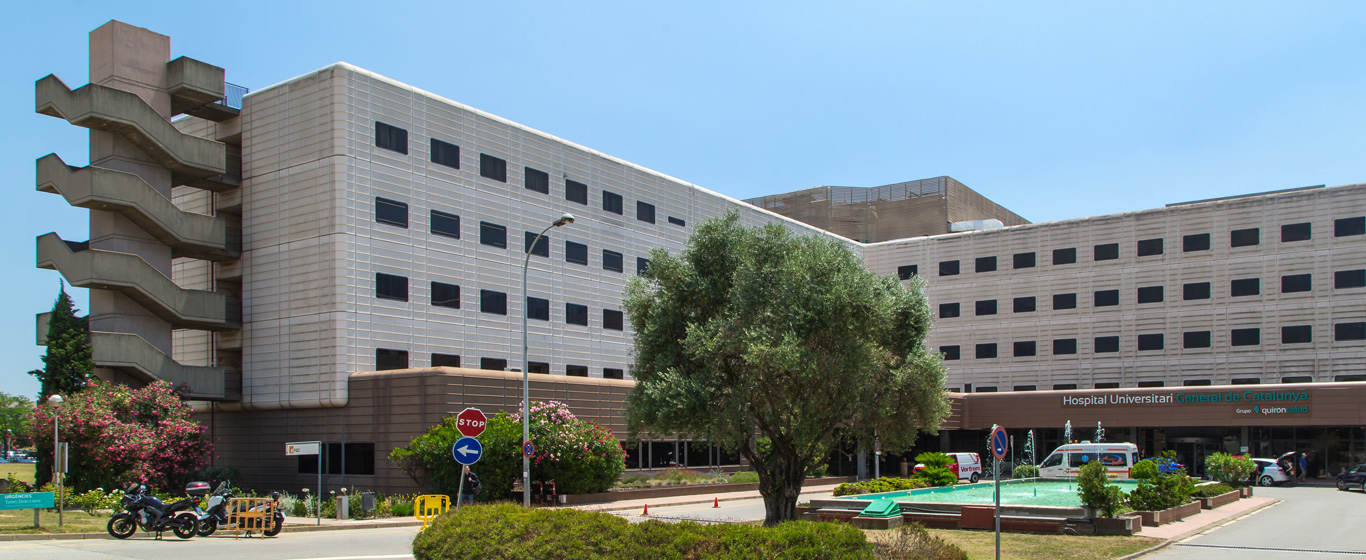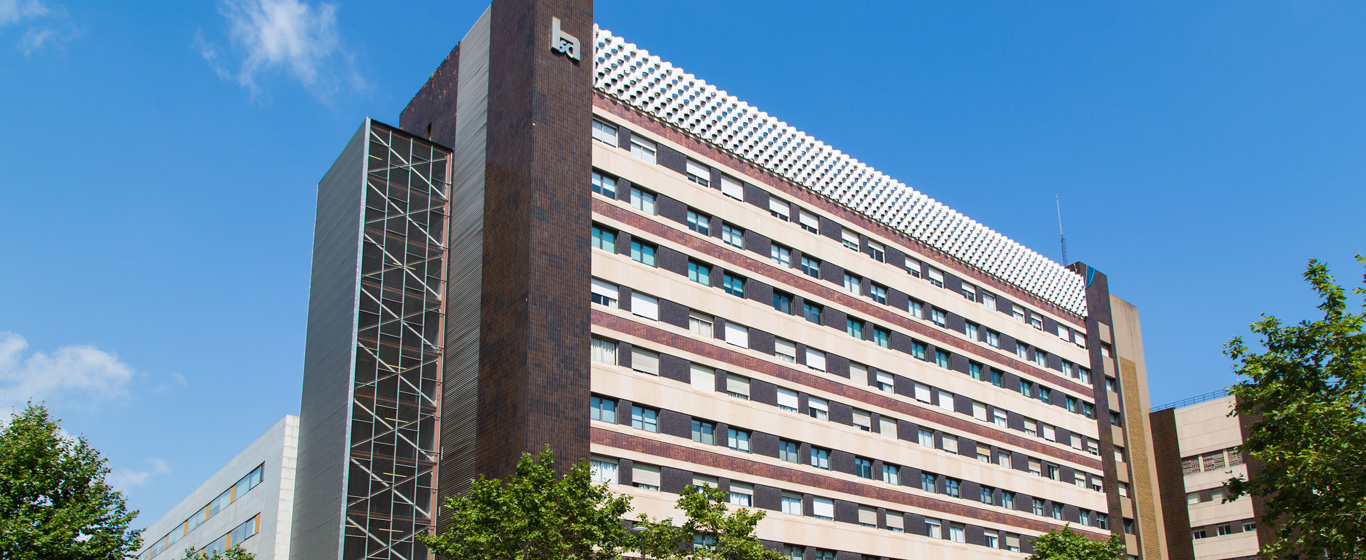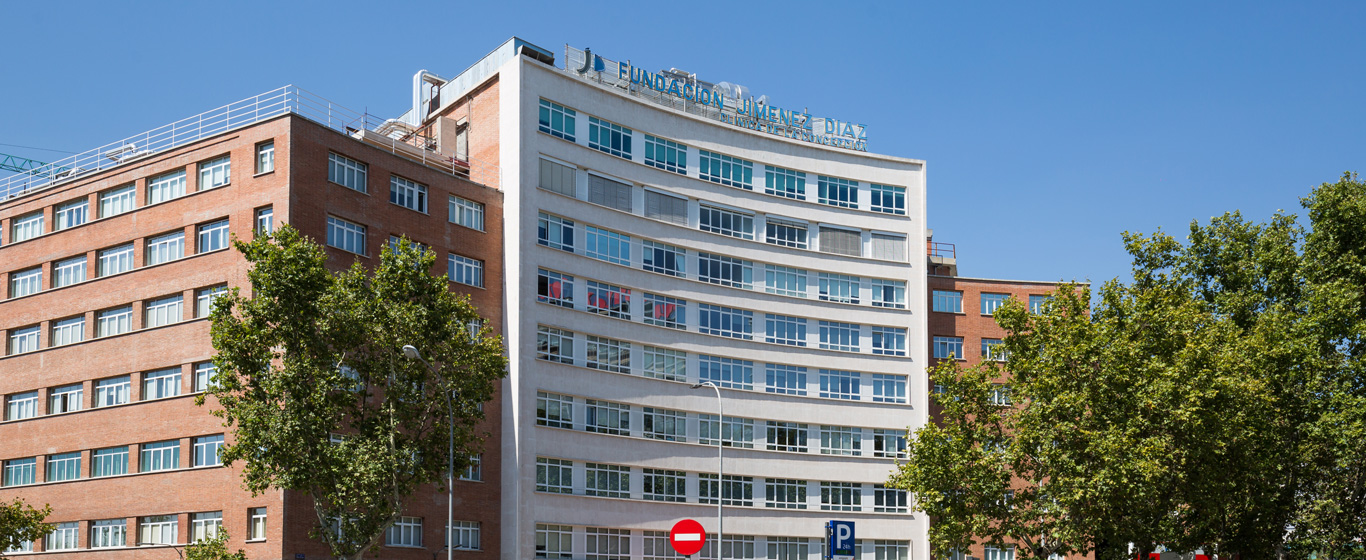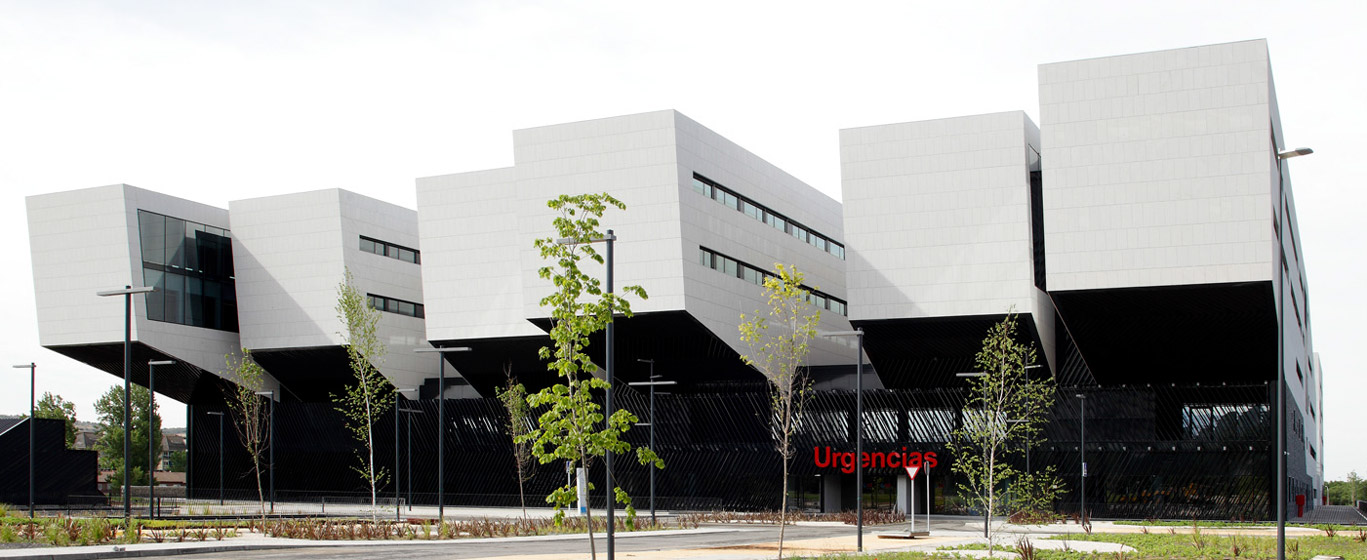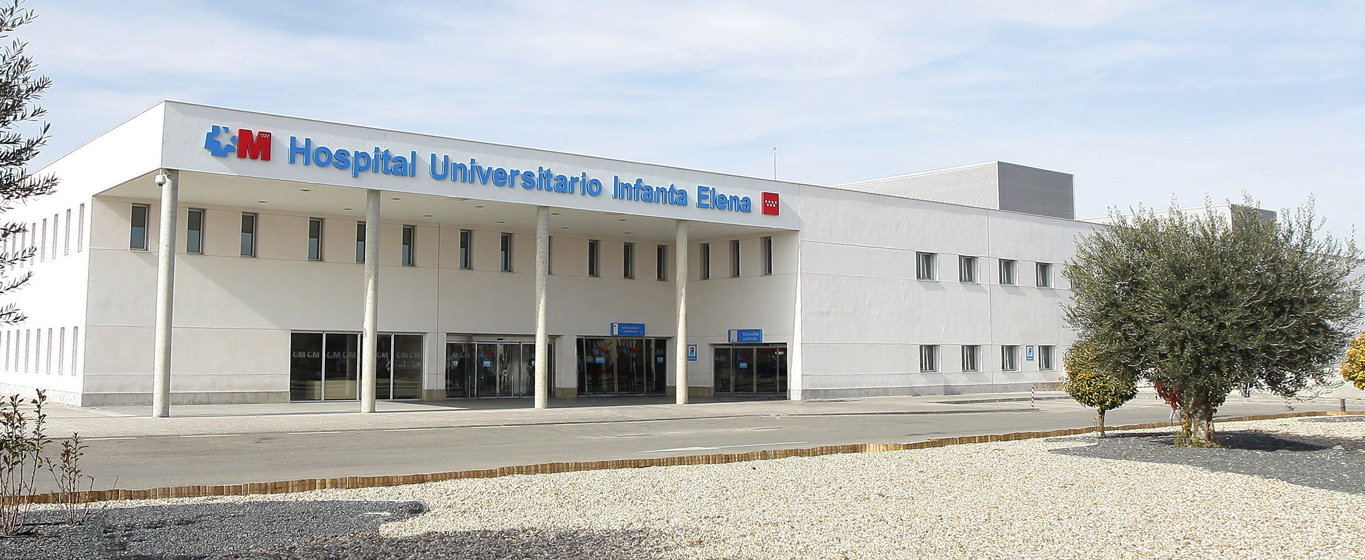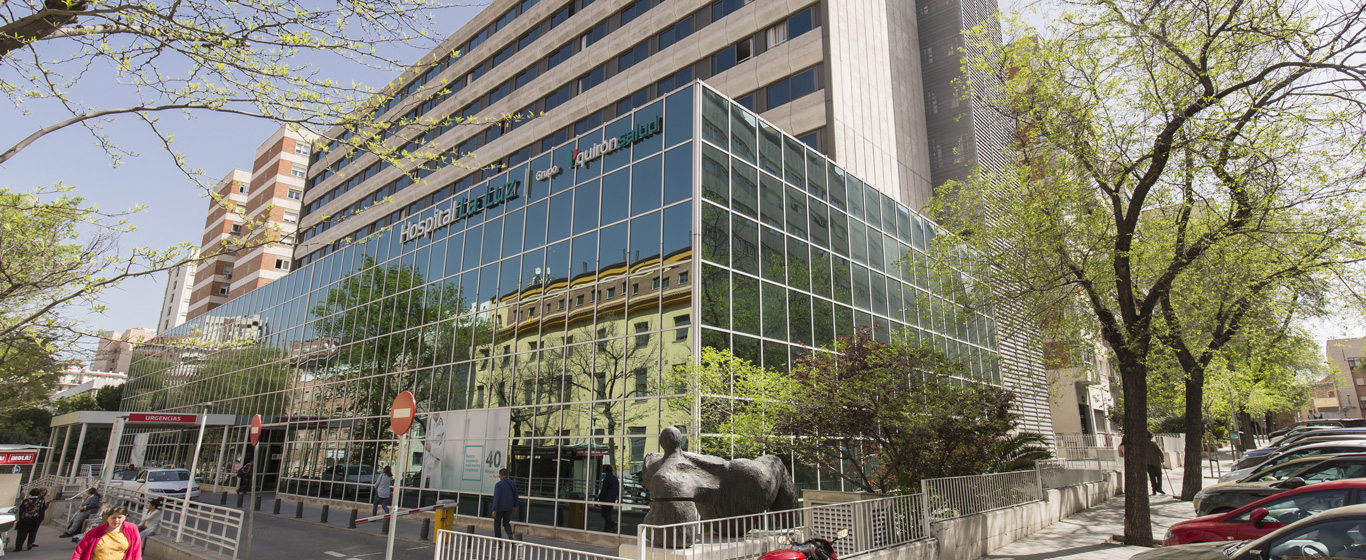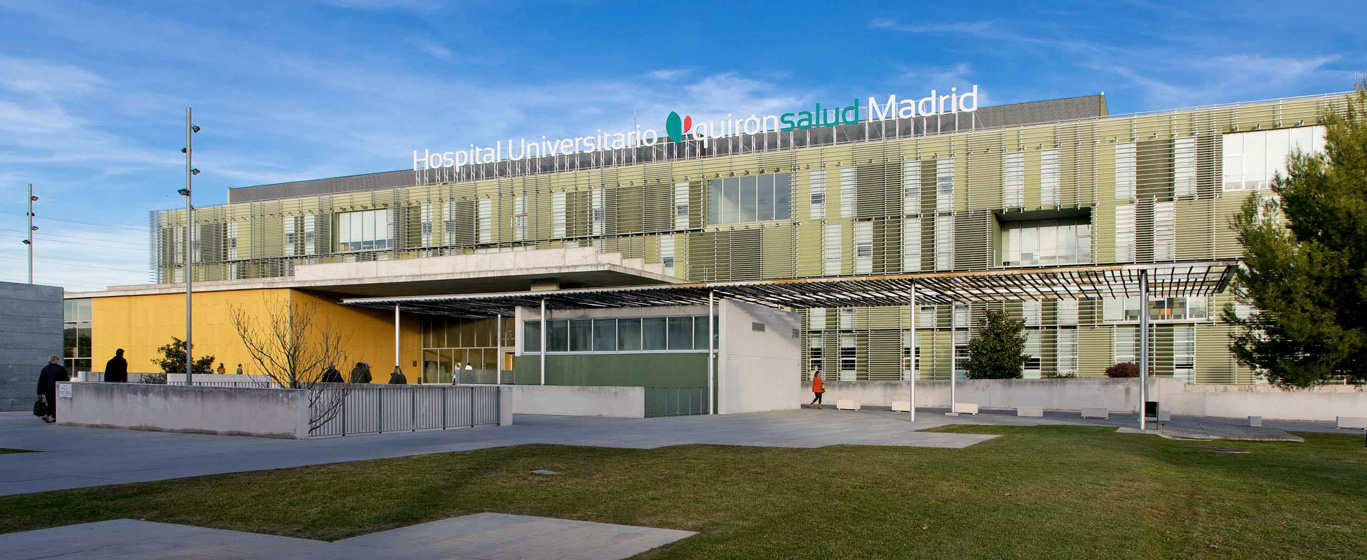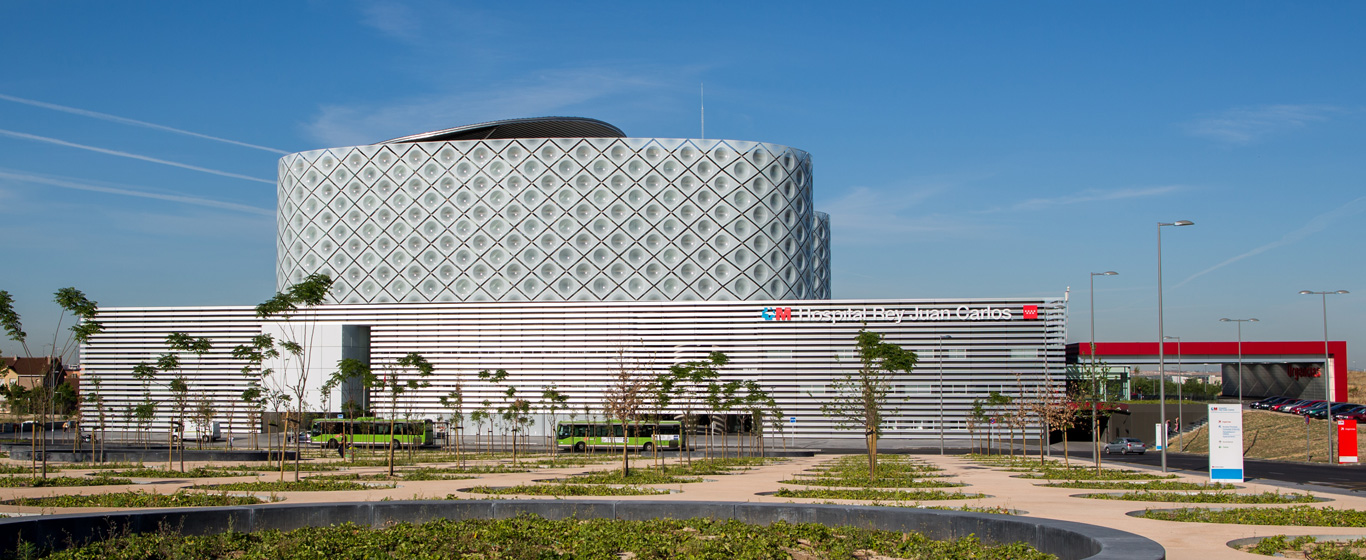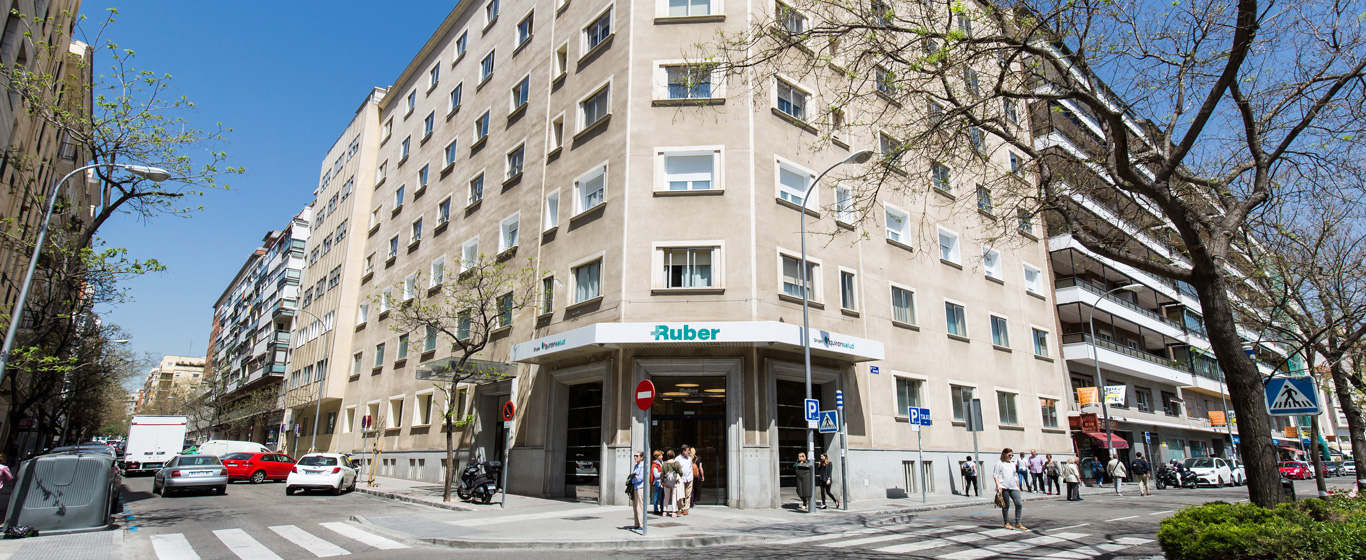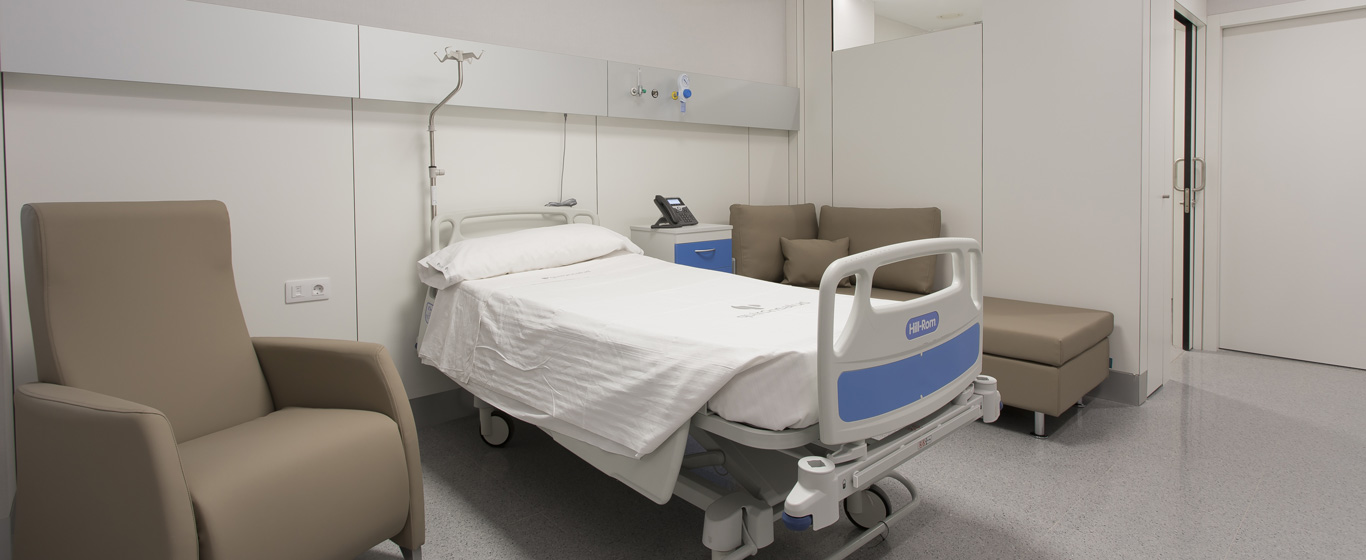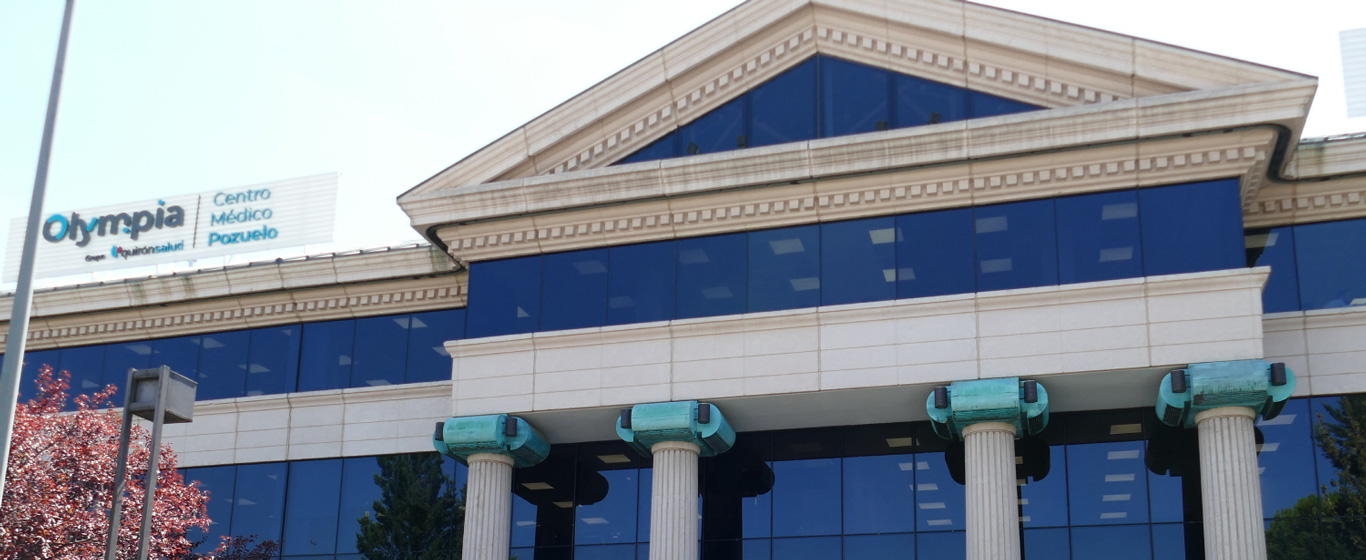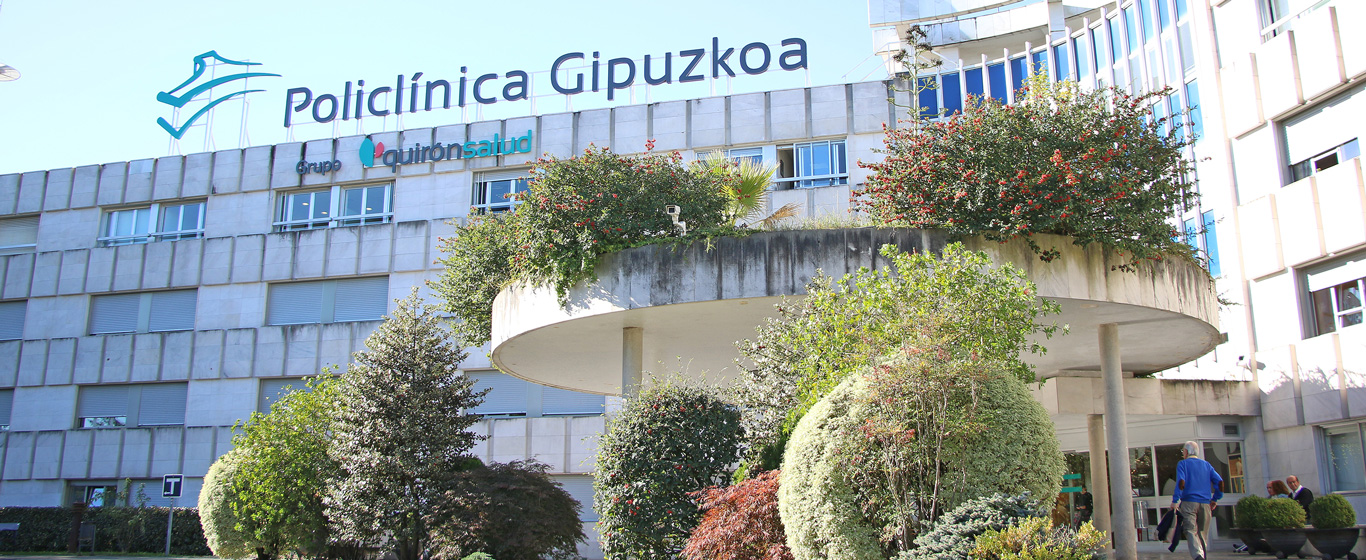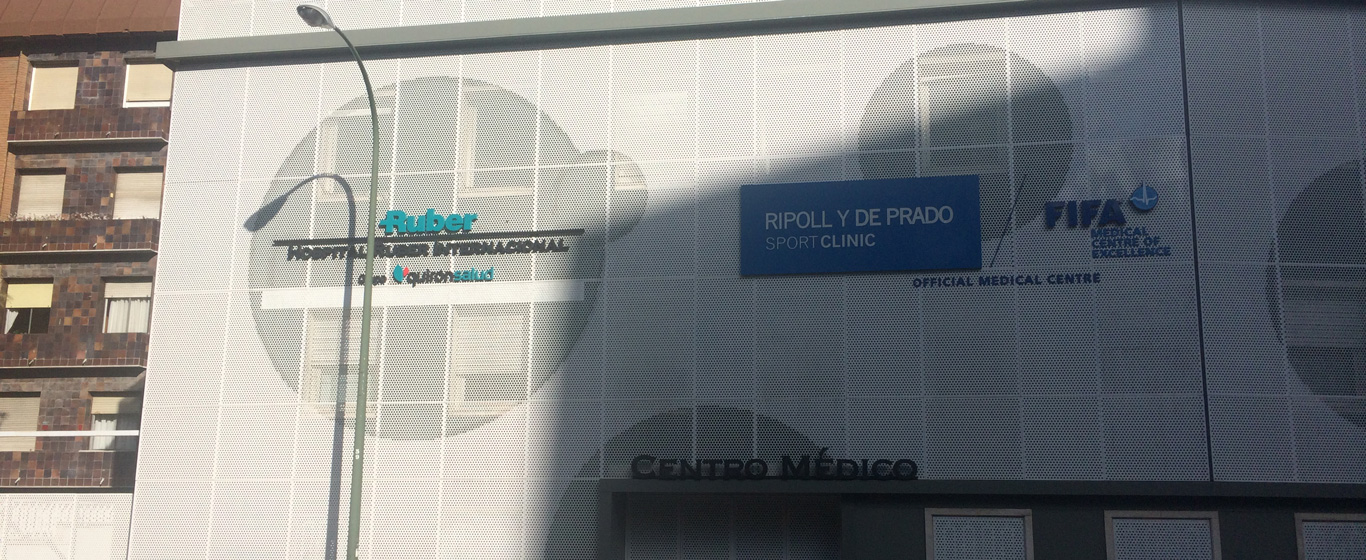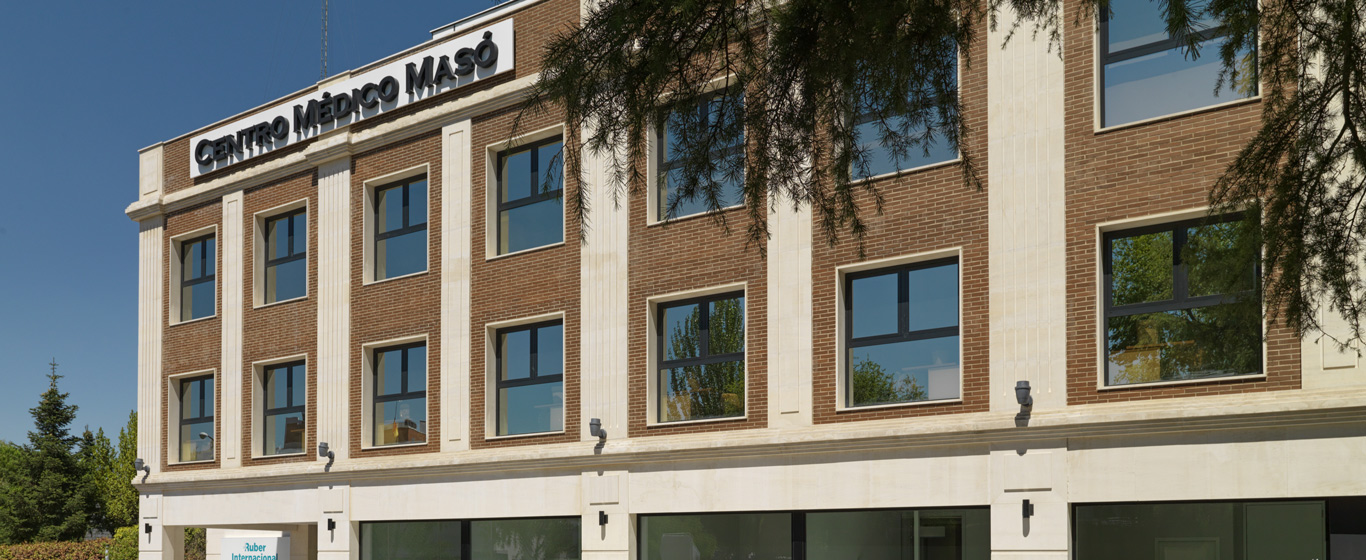Prostate Biopsy
A prostate biopsy is a diagnostic technique in which a sample of prostate tissue is taken for analysis in the laboratory. The procedure can be transrectal, transperineal, or transurethral, using a probe and guidance through imaging tests.

General Description
A prostate biopsy is a procedure in which a sample of suspicious tissue is extracted to be analyzed in the laboratory and a diagnosis is made. This is the usual method for diagnosing prostate cancer, but it also helps identify the causes of an abscess (severe infection) or the presence of autoimmune diseases.
The sample can be taken from two different points, which is why there are two types of prostate biopsies:
- Transrectal biopsy: This is the most commonly used method. Access to the prostate is through the rectum. With this technique, it may not reach the most distant areas of the intestinal wall, so signs of malignancy located in that area might not be detected.
- Transperineal biopsy: This involves passing through the perineum, the area of skin between the testicles and the anus. This procedure reduces the risk of contamination by intestinal germs. Additionally, it provides access to all areas of the prostate.
- Transurethral biopsy: This method is used on very rare occasions. In this case, the samples are extracted through the urethra.
Specialists use imaging tests to guide the instruments to the desired location. It is common to use a transrectal ultrasound to observe the interior of the body in real-time. For greater accuracy, a prostate biopsy by fusion is often chosen, where the images from the ultrasound are combined with those obtained from an MRI, and the sample is taken via the transperineal approach.
When is it indicated?
A prostate biopsy is performed when there are well-founded suspicions of the presence of cancerous cells:
- Detection of lumps during a rectal exam.
- High levels of prostate-specific antigen.
- Monitoring of abnormal but non-cancerous cells identified in a previous biopsy.
How is it performed?
The procedure varies depending on the type of biopsy performed:
- Transrectal biopsy:
- The patient lies on their side with their knees bent towards the chest.
- The ultrasound probe, with prophylactic protection and lubrication, is inserted through the rectum.
- Anesthesia is injected into the prostate.
- A puncture is made in the prostate to take a sample. This process is repeated several times to obtain tissue from different areas.
- Transperineal biopsy:
- The patient assumes the lithotomy position, lying on their back with their legs flexed and spread, supported on stirrups.
- The ultrasound probe is introduced through the rectum.
- The needle is inserted to obtain samples through the perineum.
- Transurethral biopsy:
- The patient lies on their back on the examination table.
- A cystoscope (a flexible probe with a camera at the tip) is inserted through the urethra.
- This probe is used to introduce the necessary material for extracting the samples.
Once the samples are taken, they are fixed with formaldehyde (CH2O) to prevent cellular degradation. They are then stored in a sterile jar to prevent oxidation. In the laboratory, the tissue is cut into thin strips and prepared with stains that help identify different cellular areas, especially those with malignant characteristics. When ready, they are placed on a glass slide to be observed under a microscope.
Risks
A prostate biopsy is generally not considered risky to health. However, there are some side effects associated with the procedure, which usually resolve on their own in a short time:
- Rectal bleeding.
- Hematuria (blood in urine).
- Blood in semen.
- Difficulty urinating.
- In rare cases, urinary tract infection.
What to expect from a prostate biopsy
Although fasting is usually not necessary, it is recommended to have light meals on the day of the procedure, especially if general anesthesia is expected. Additionally, the patient should administer an enema at home before the appointment.
It is necessary to sign an informed consent form to undergo the prostate biopsy. During the procedure, the patient wears a gown provided by the medical center.
Depending on the technique used, the patient will lie on their side with knees bent, on their back, or in the lithotomy position. Sedation is then administered to ensure the patient feels no pain or discomfort and is unaware of the procedure. General anesthesia is generally not required. A slight pressure or discomfort may be felt when the probe is inserted through the rectum, or a small pinch when the sample is taken. This procedure usually lasts about 20 minutes.
Once completed, the patient stays in the recovery area until fully awake. They can return to their routine without heavy physical activity in the following two days. Antibiotics should continue until the prescribed dose is finished.
If bleeding is intense or persists for several days, if urination difficulties persist, if pain increases, or if fever occurs, the patient should go to the emergency room.
The pathology report is usually available within five working days.
Specialties requesting a prostate biopsy
Oncologists and urologists are the specialists who request a prostate biopsy, which is typically performed by urologists themselves. Pathologists are responsible for the subsequent analysis.
How to prepare
Prostate biopsies require special preparation:
- Discontinue anticoagulant and anti-inflammatory treatments several days before the procedure.
- Perform an enema to cleanse the rectum on the same day before the test.
- Take prophylactic antibiotics to reduce the risk of infections.




